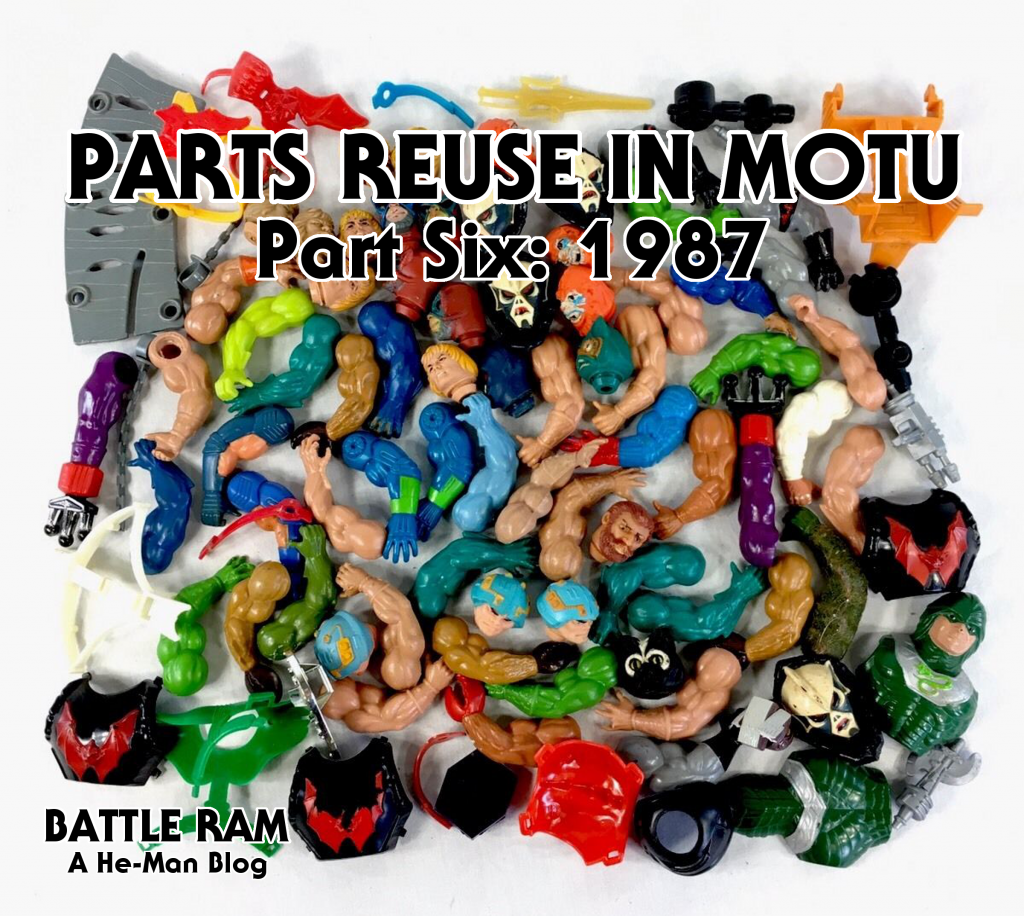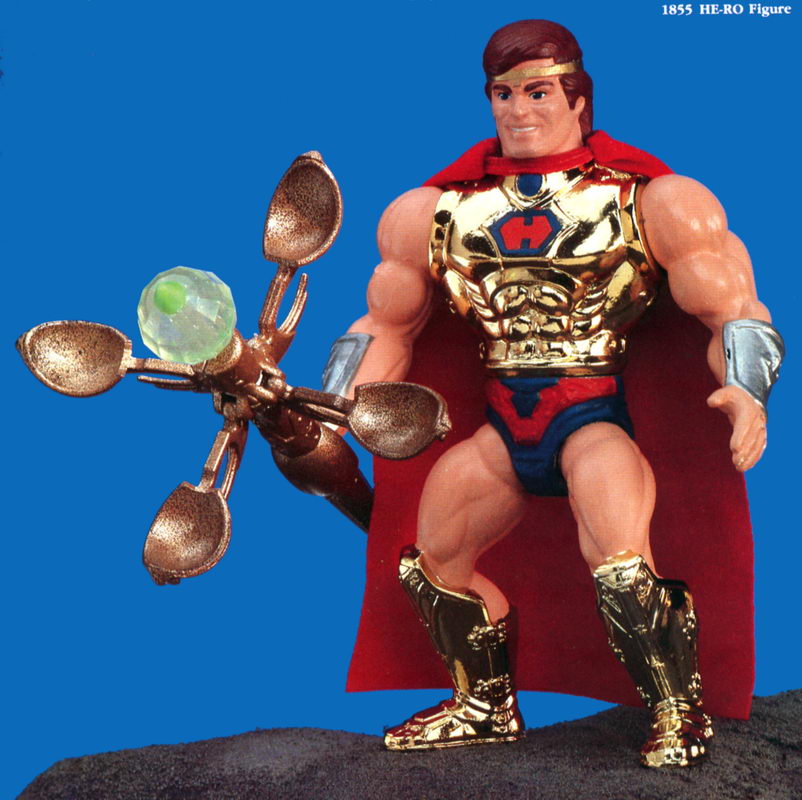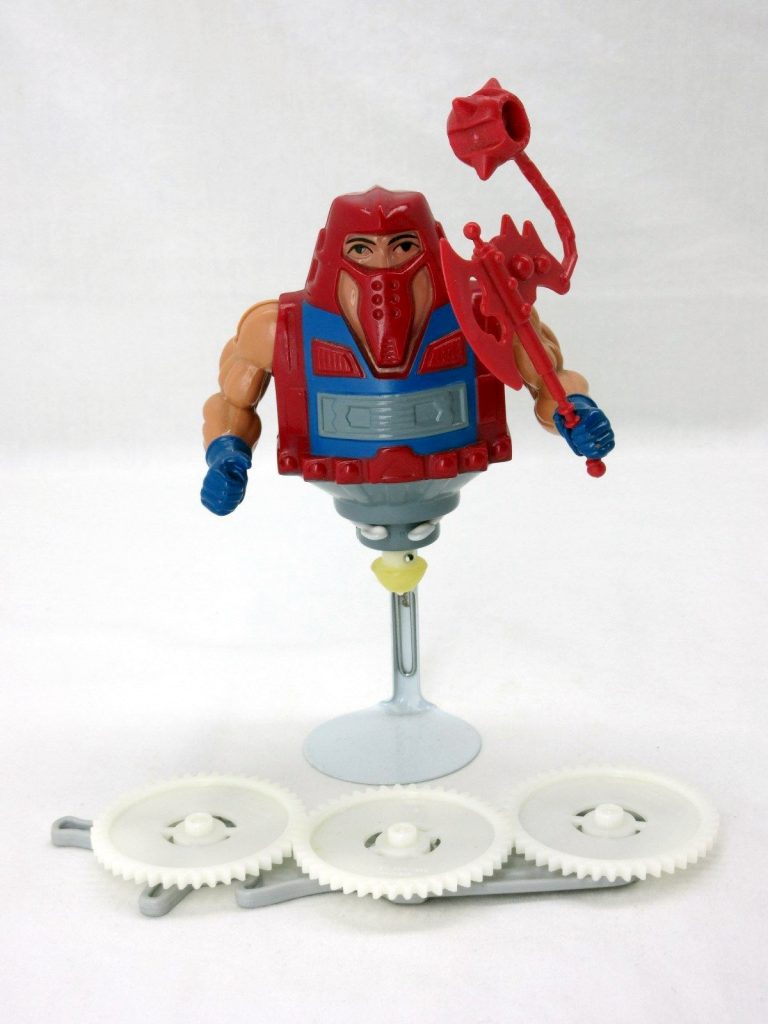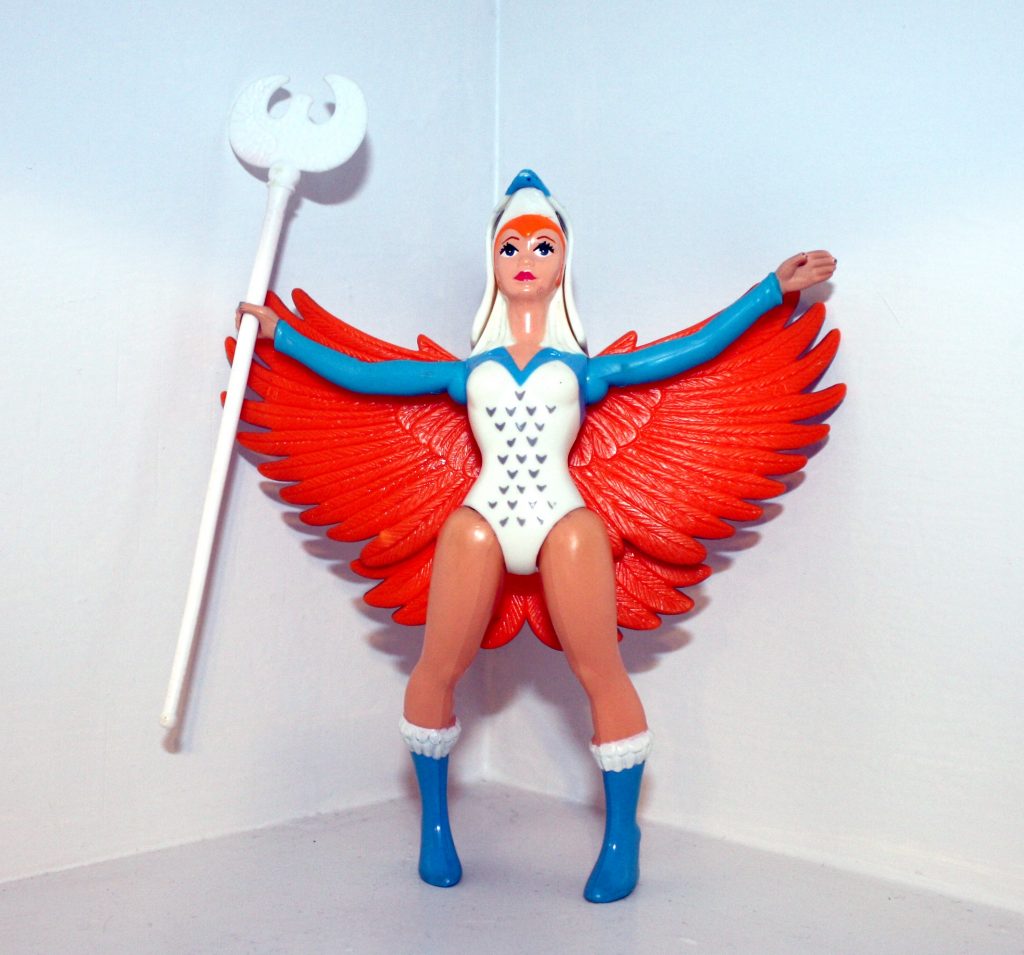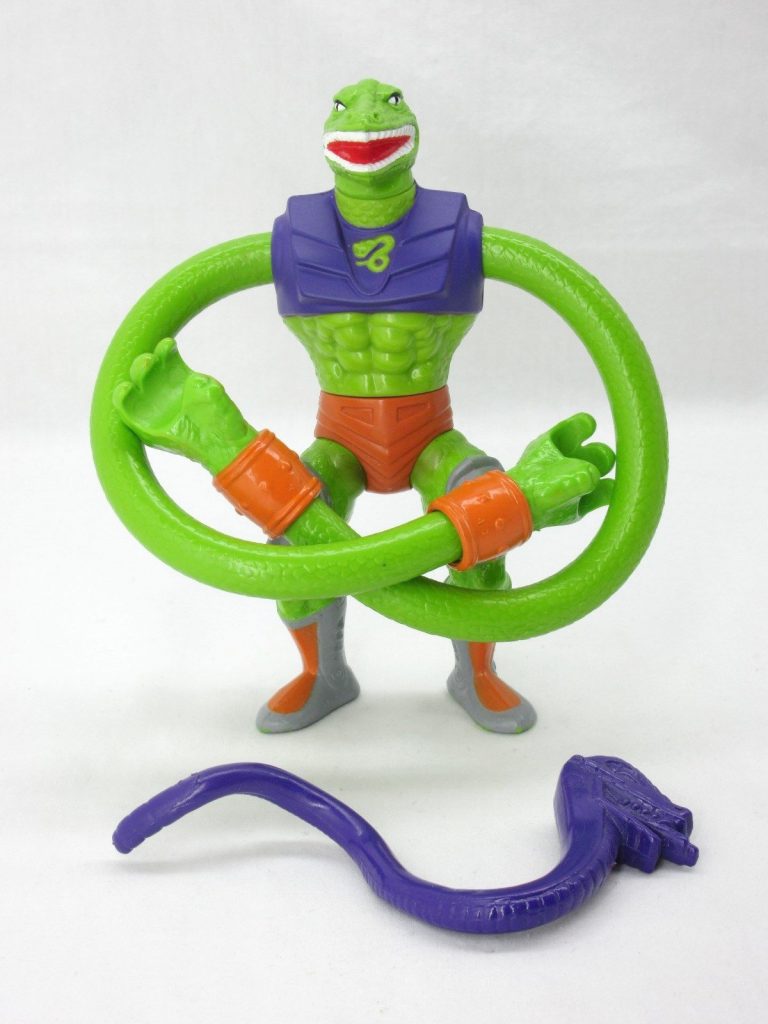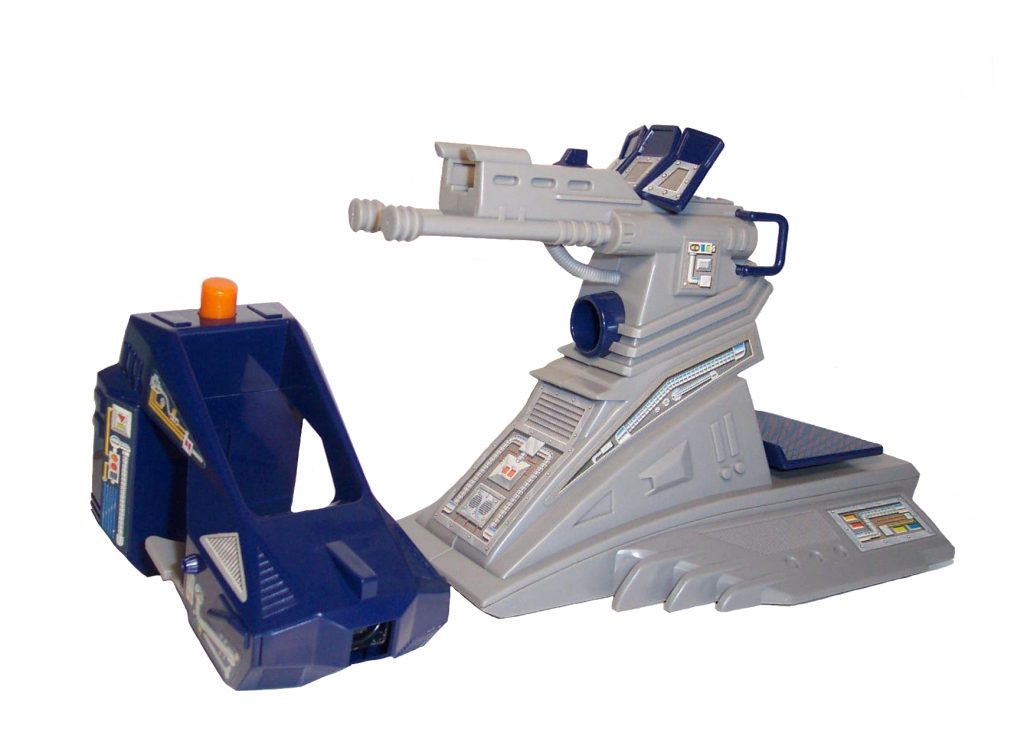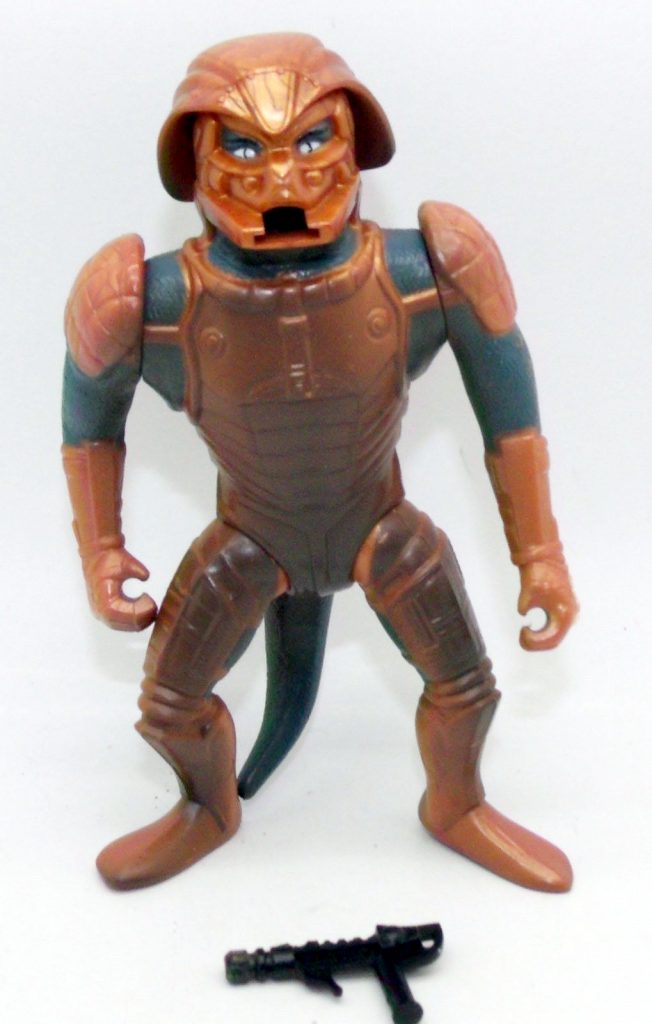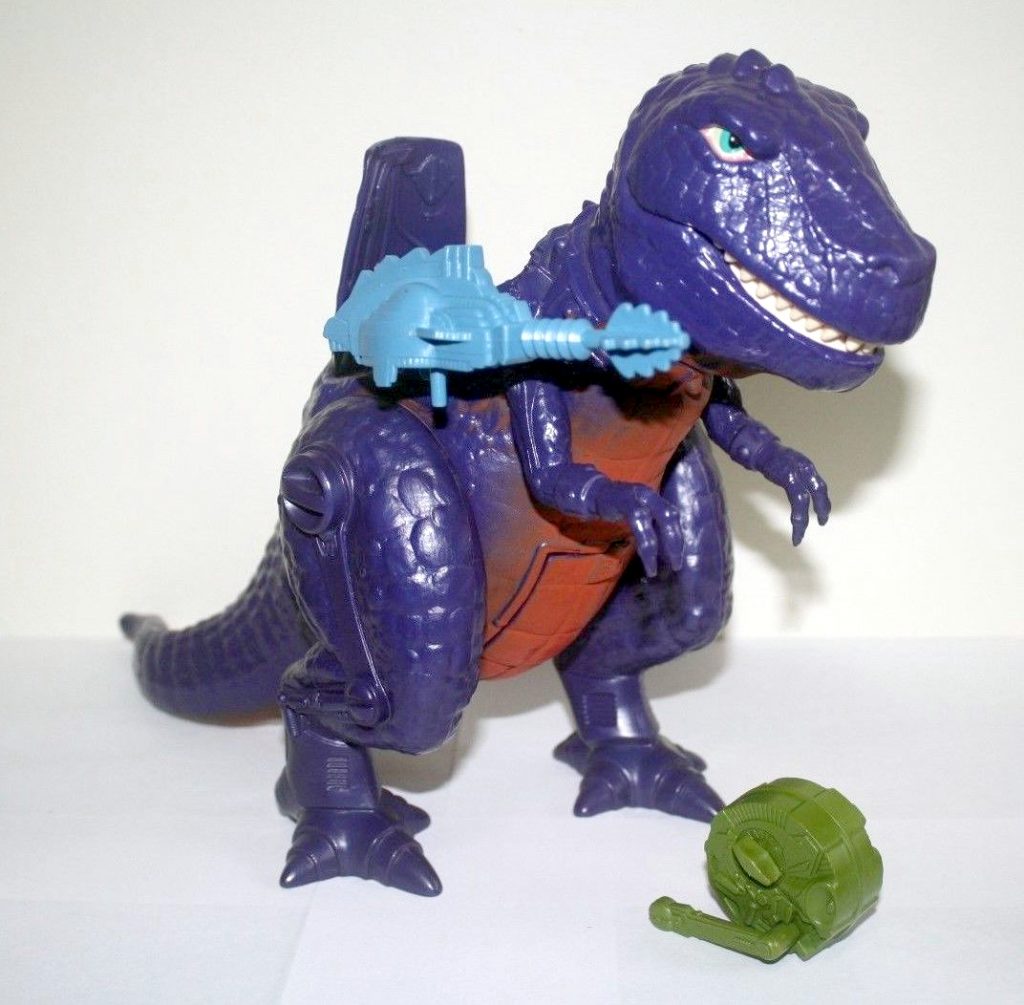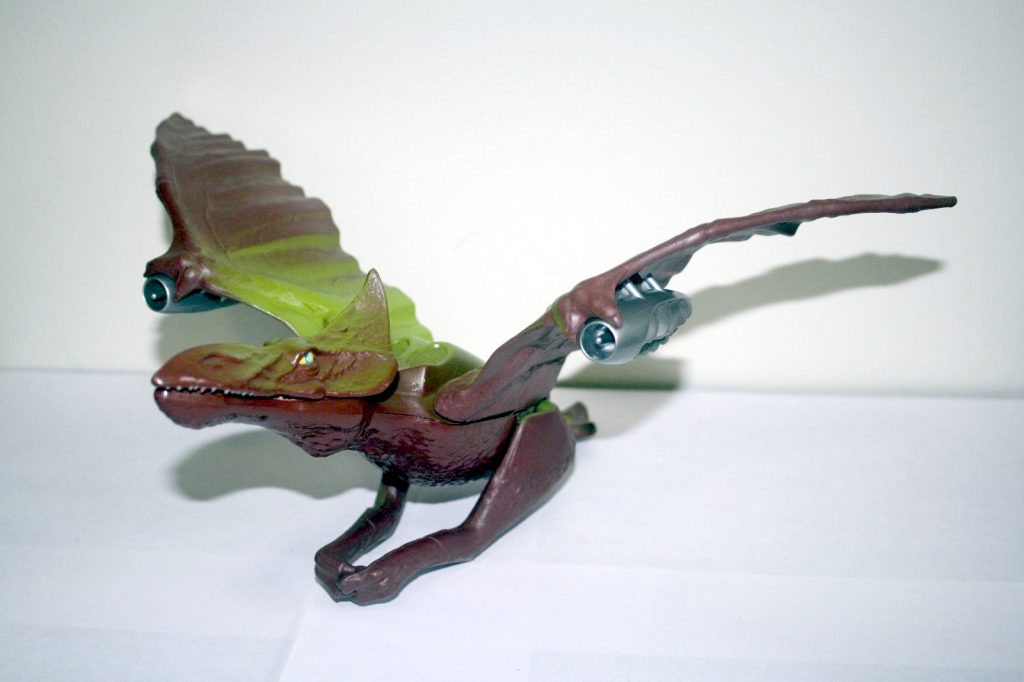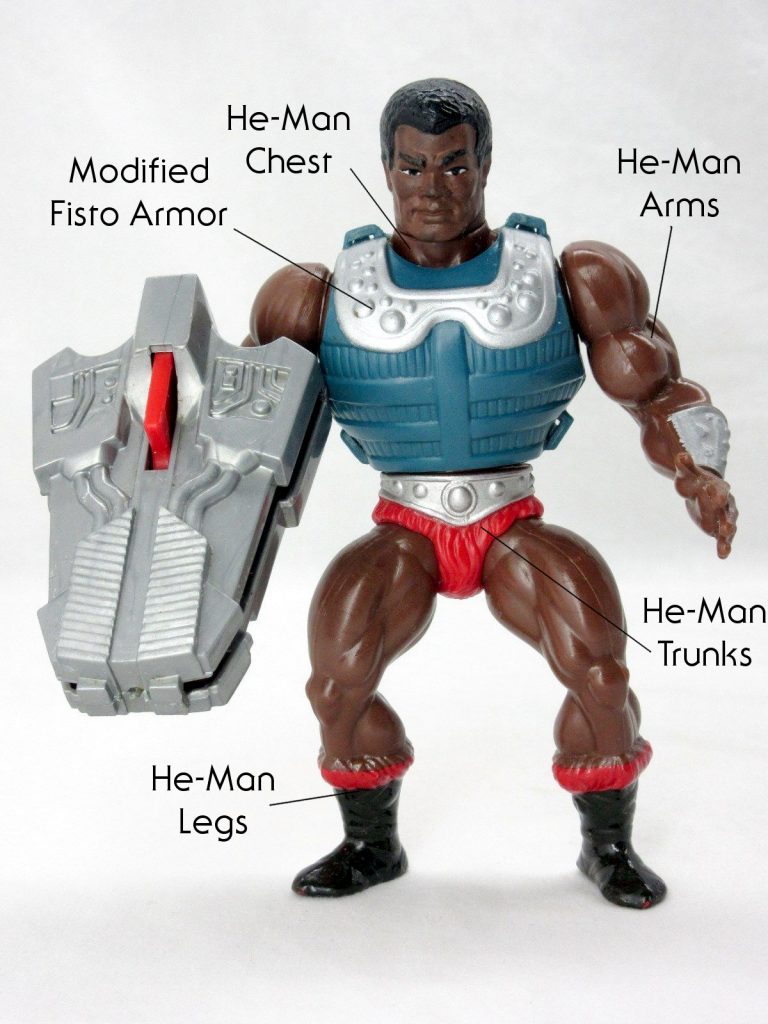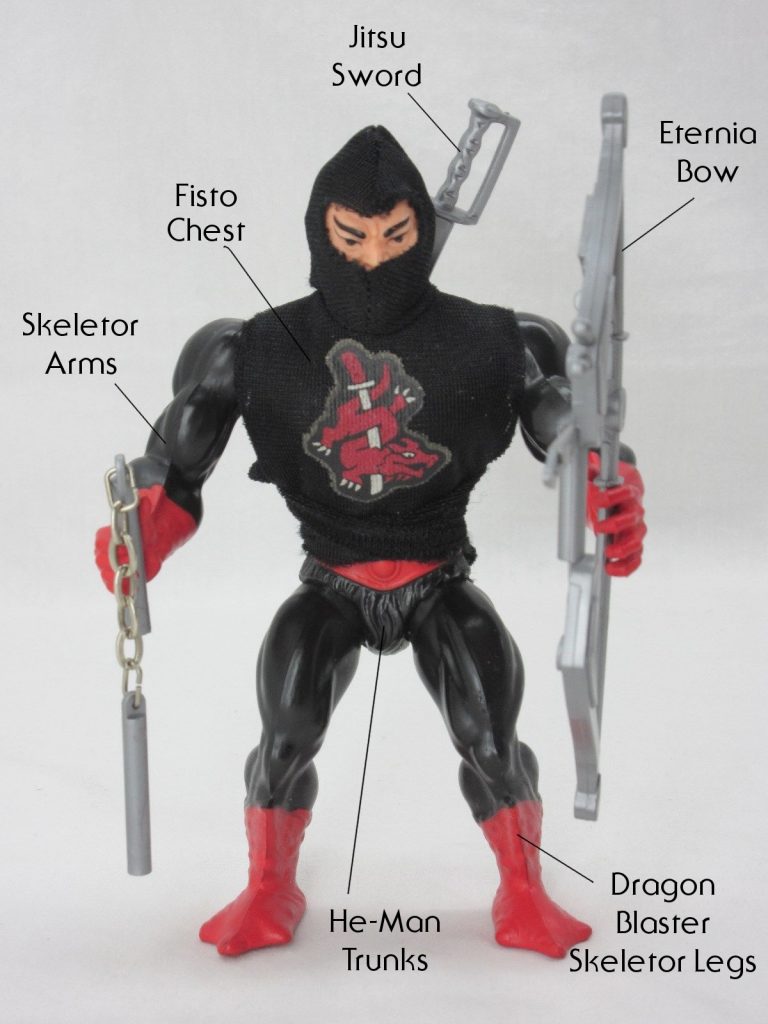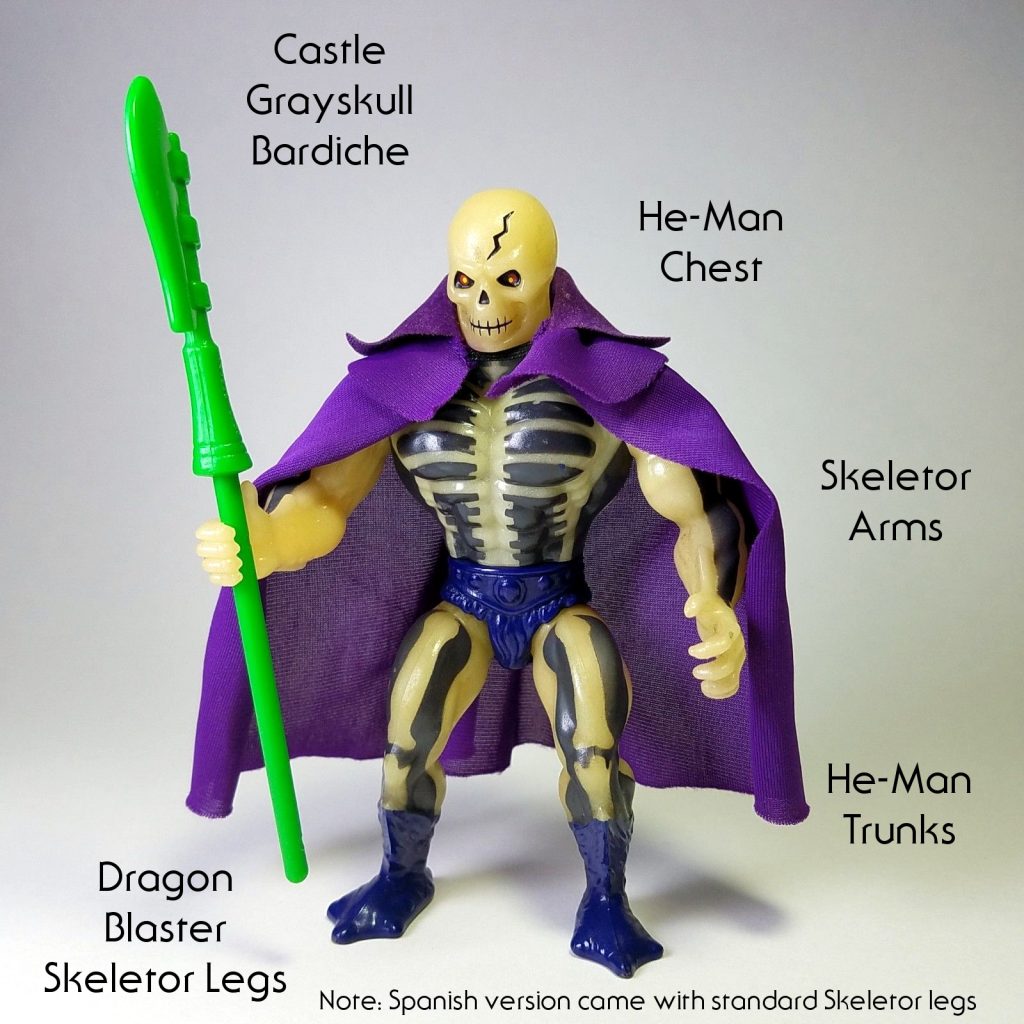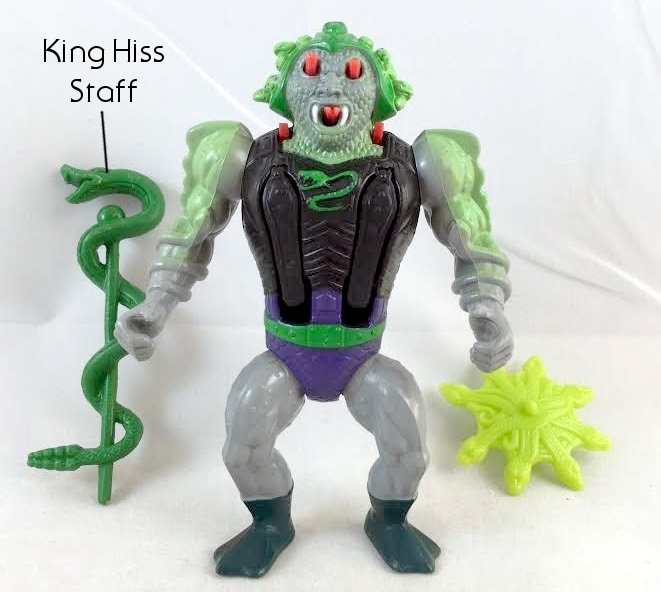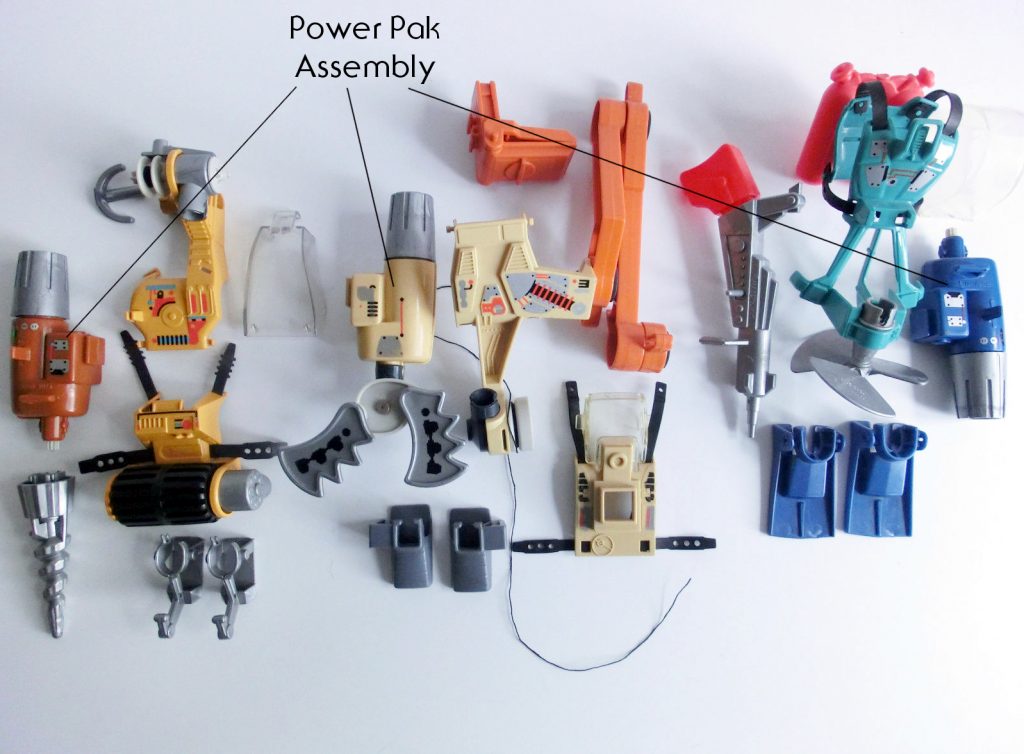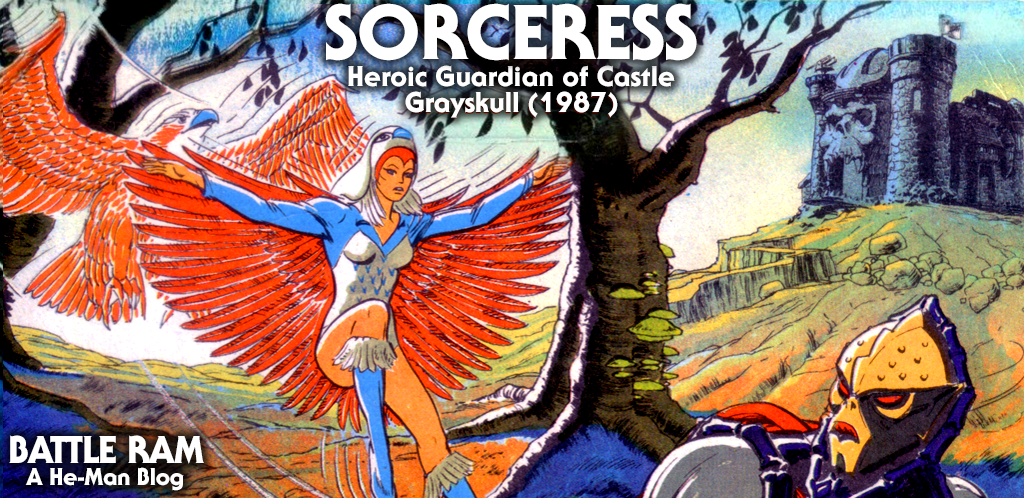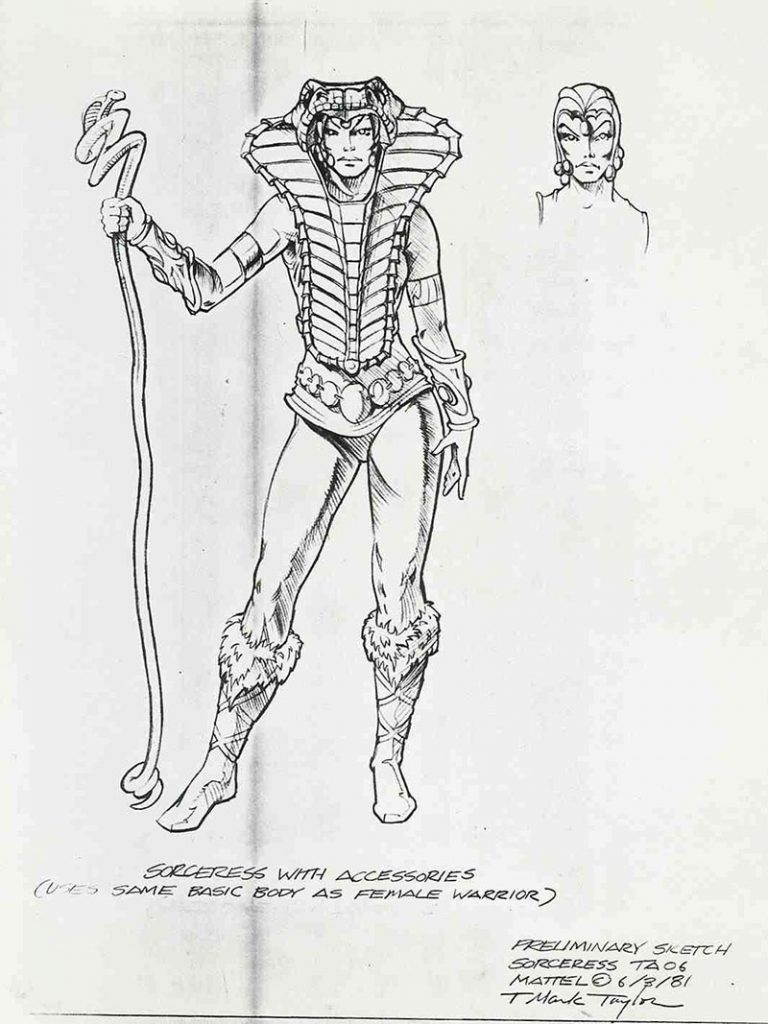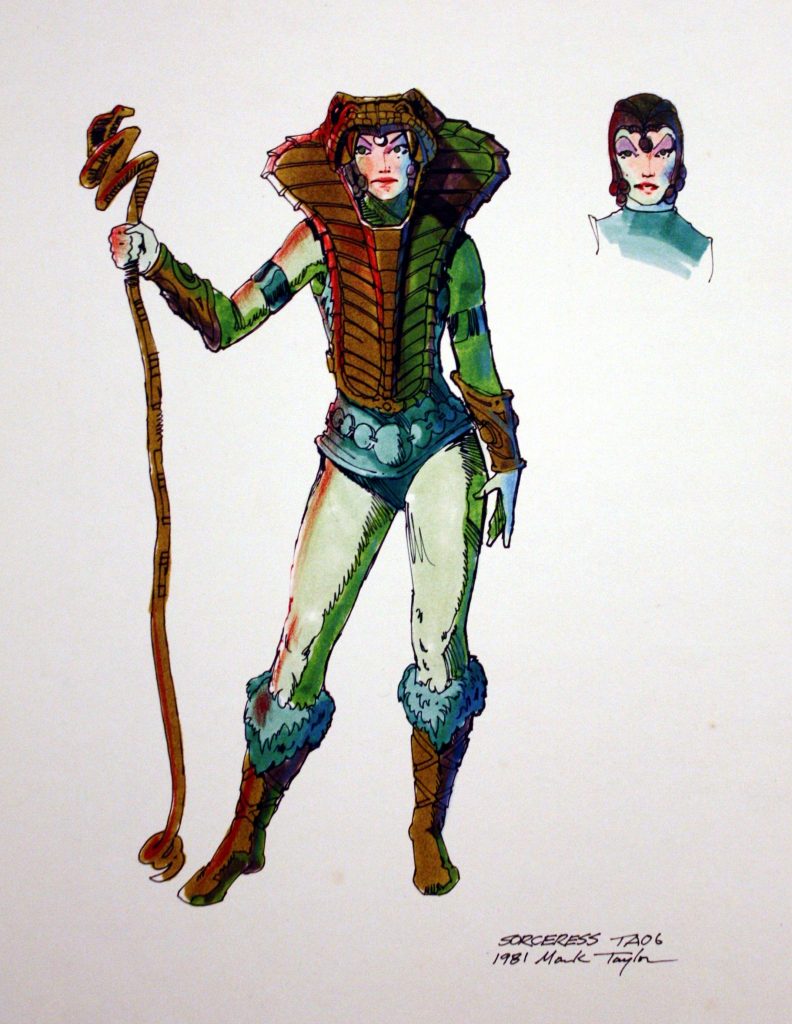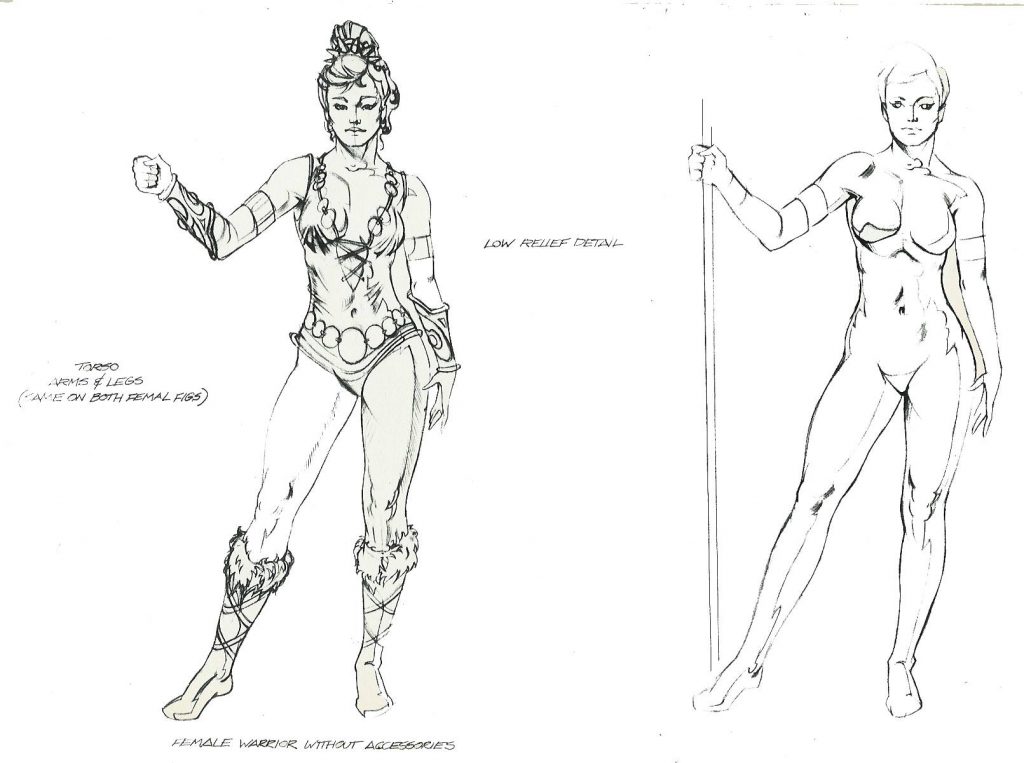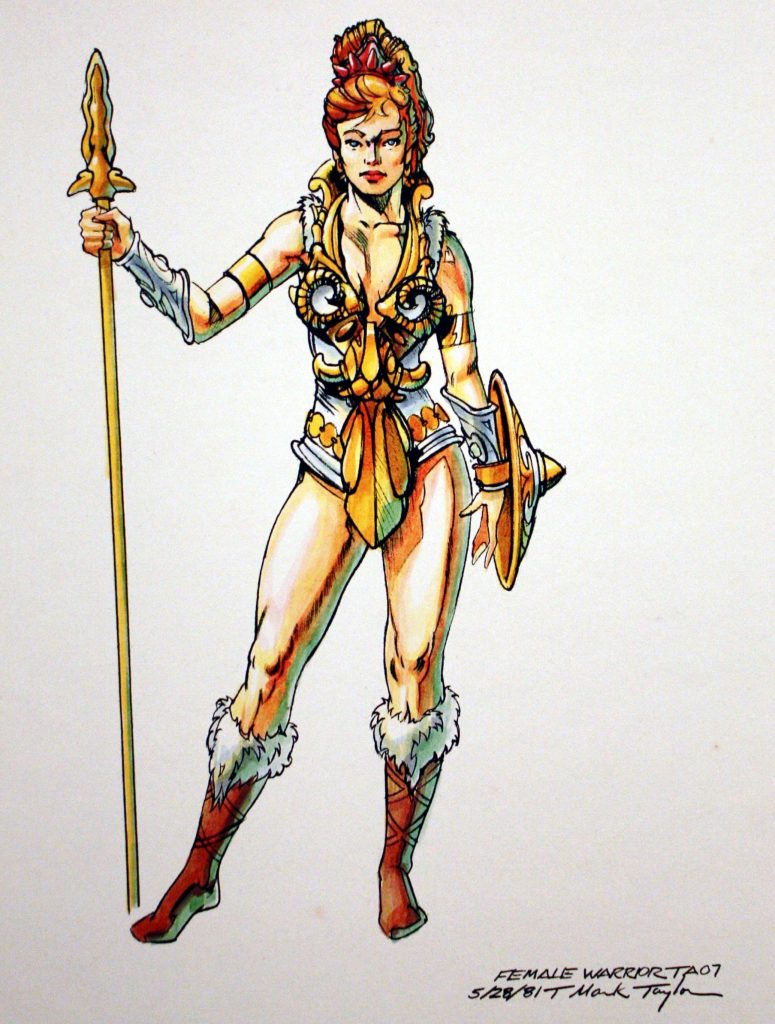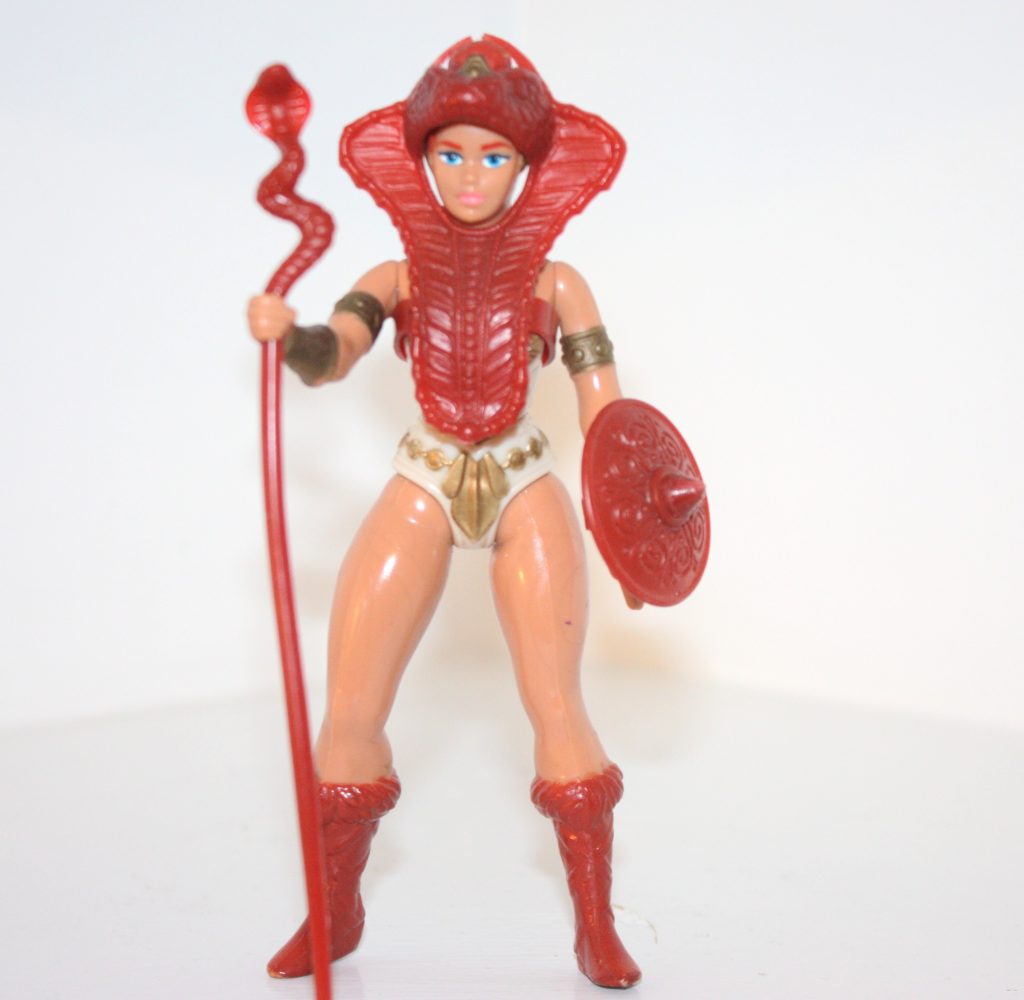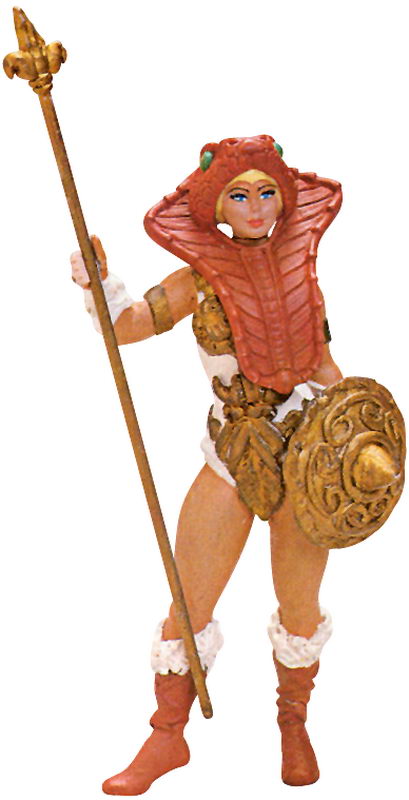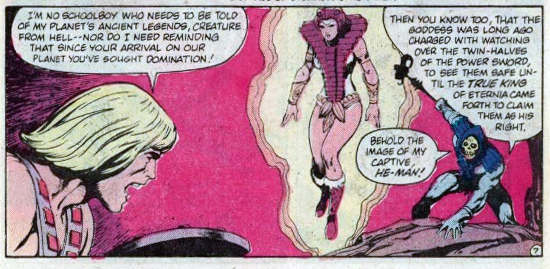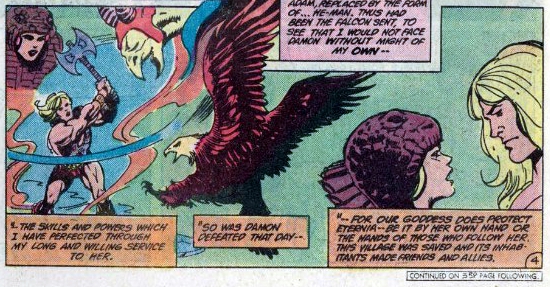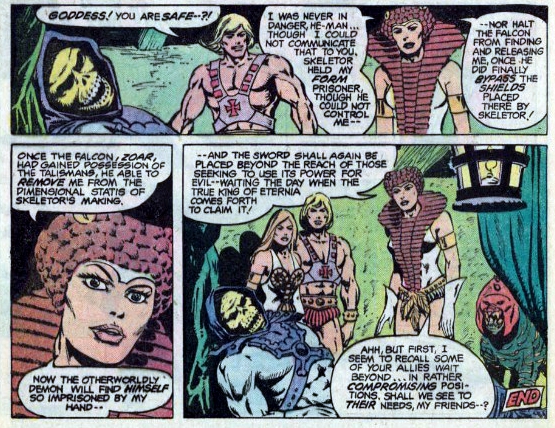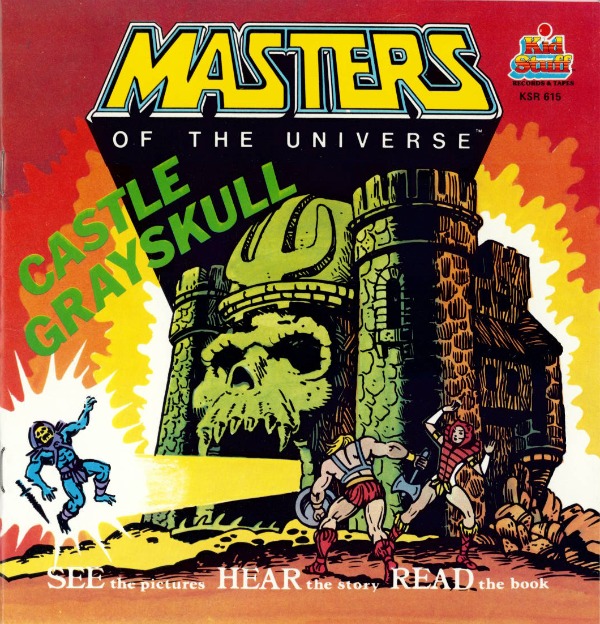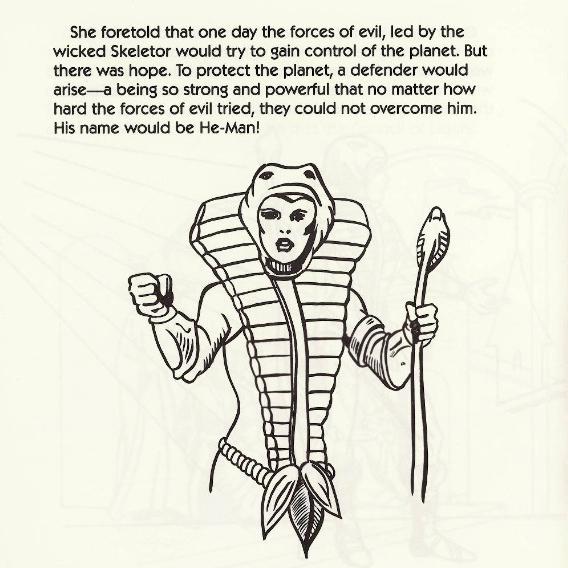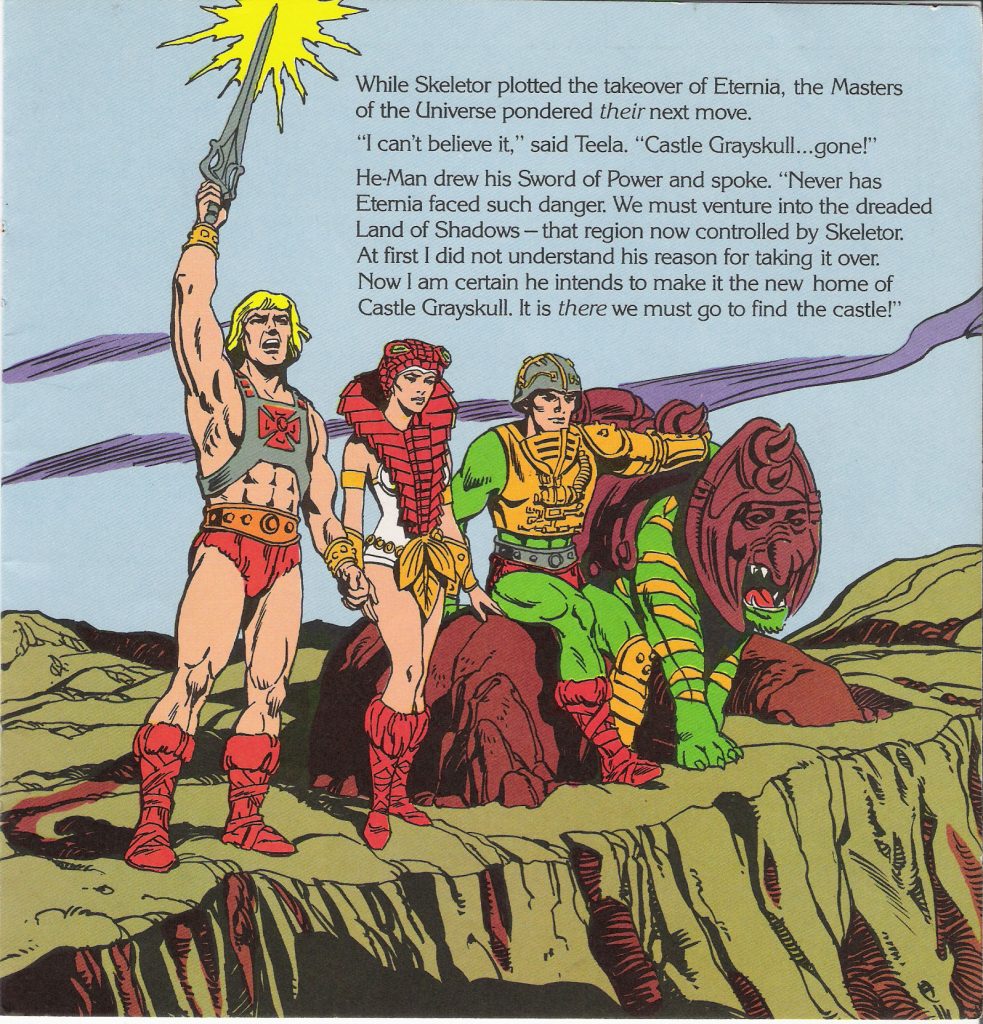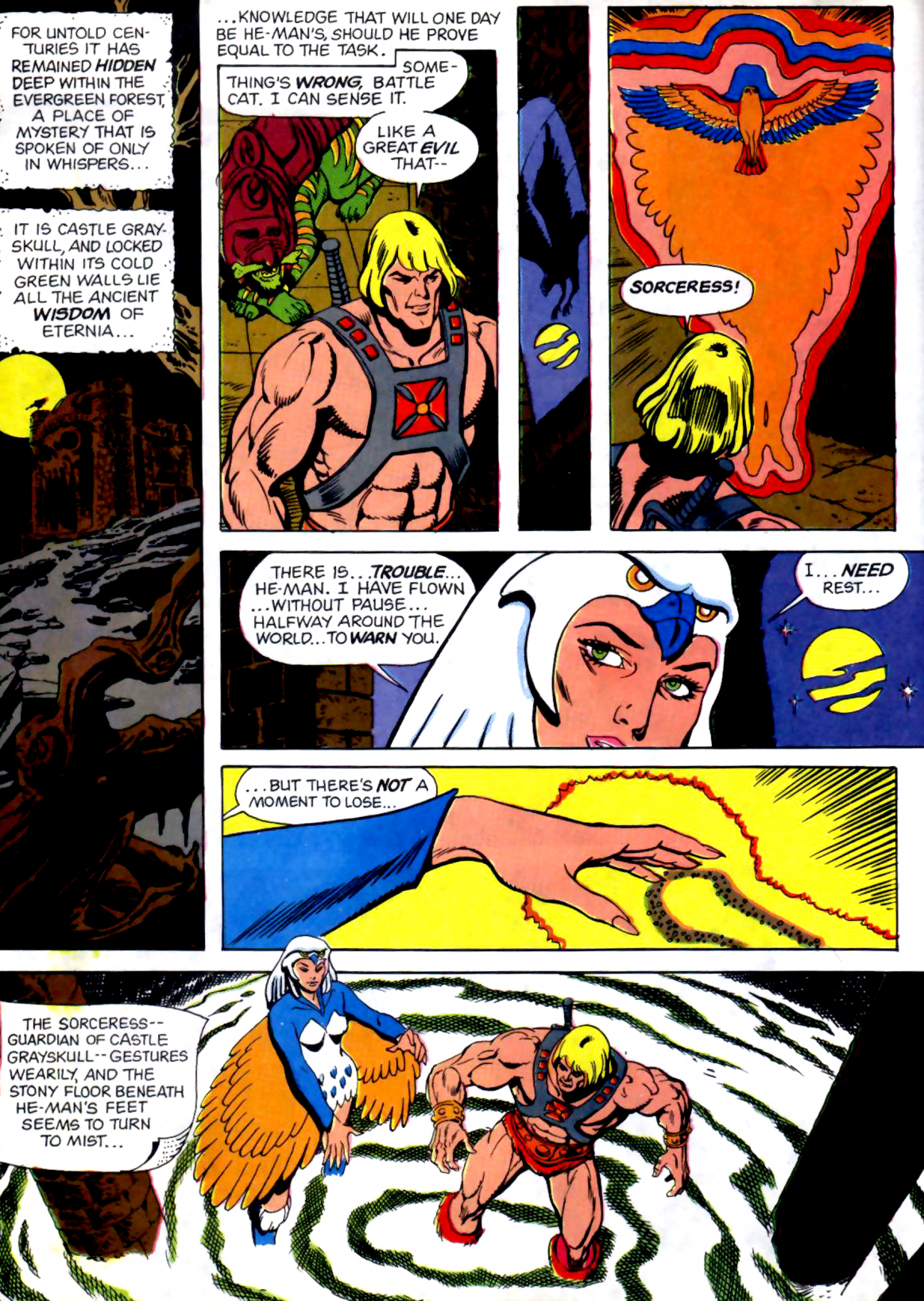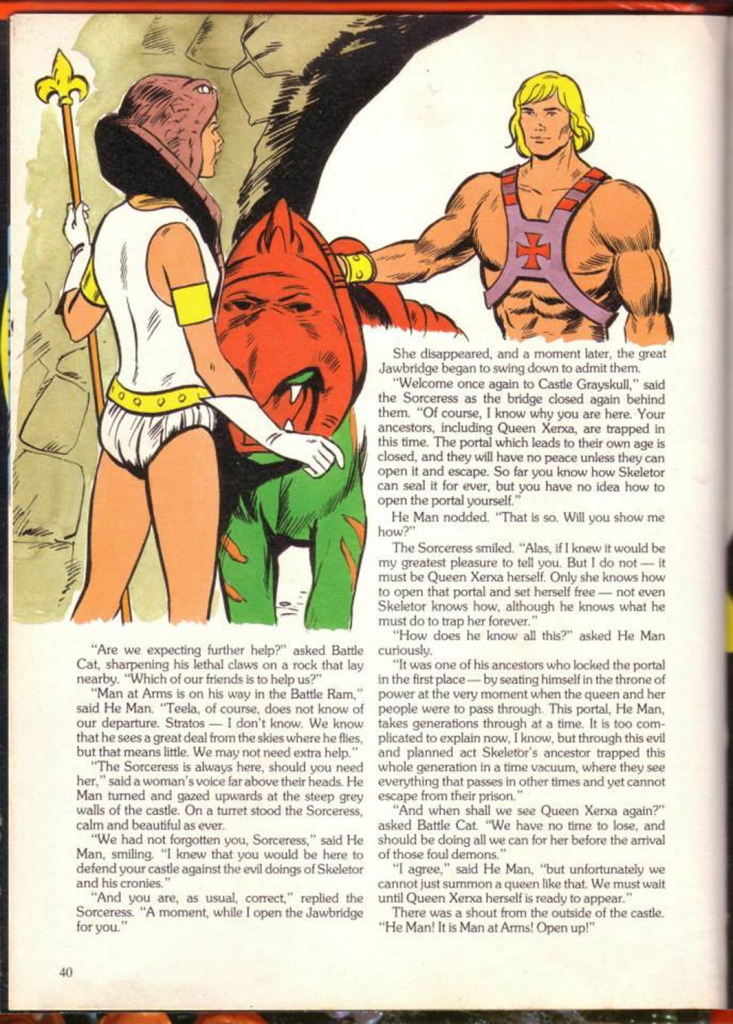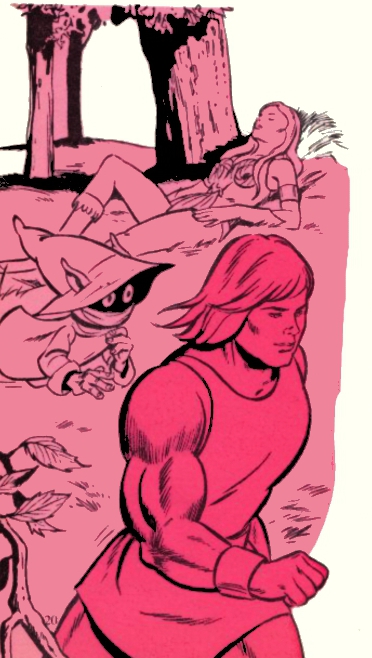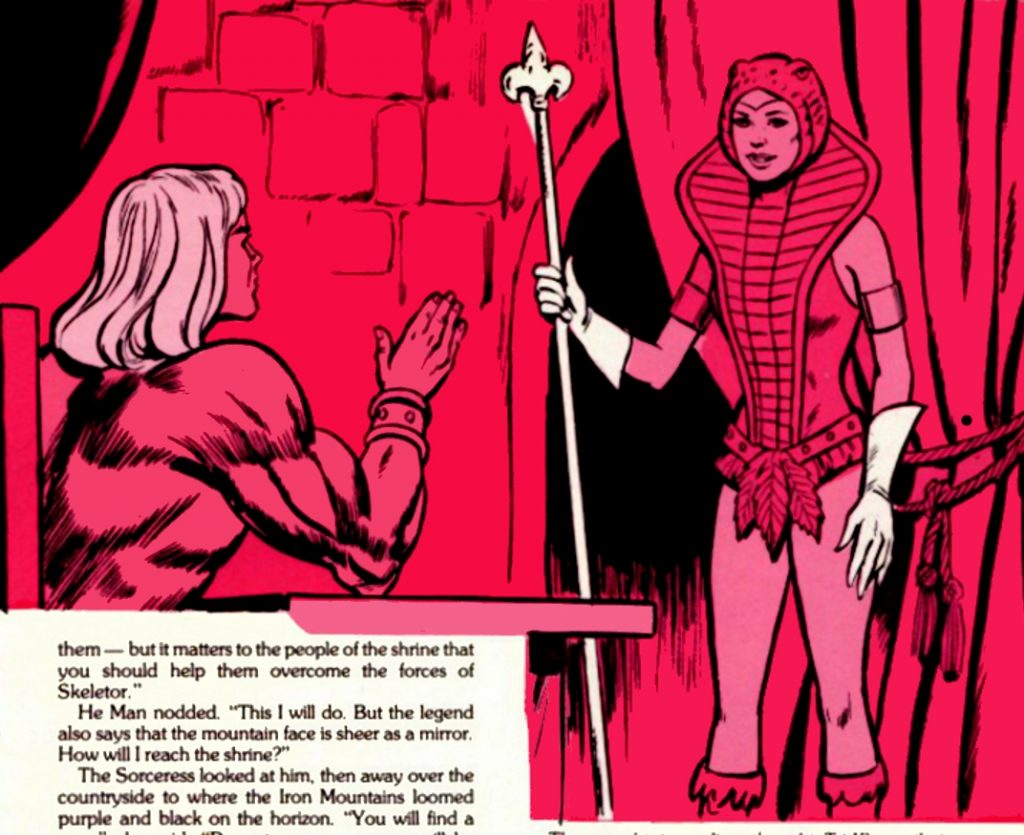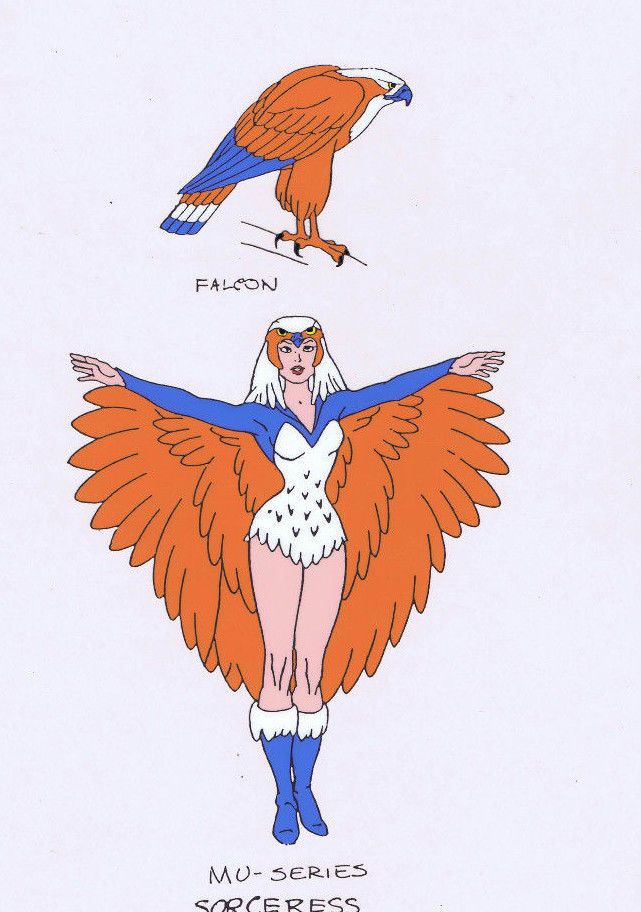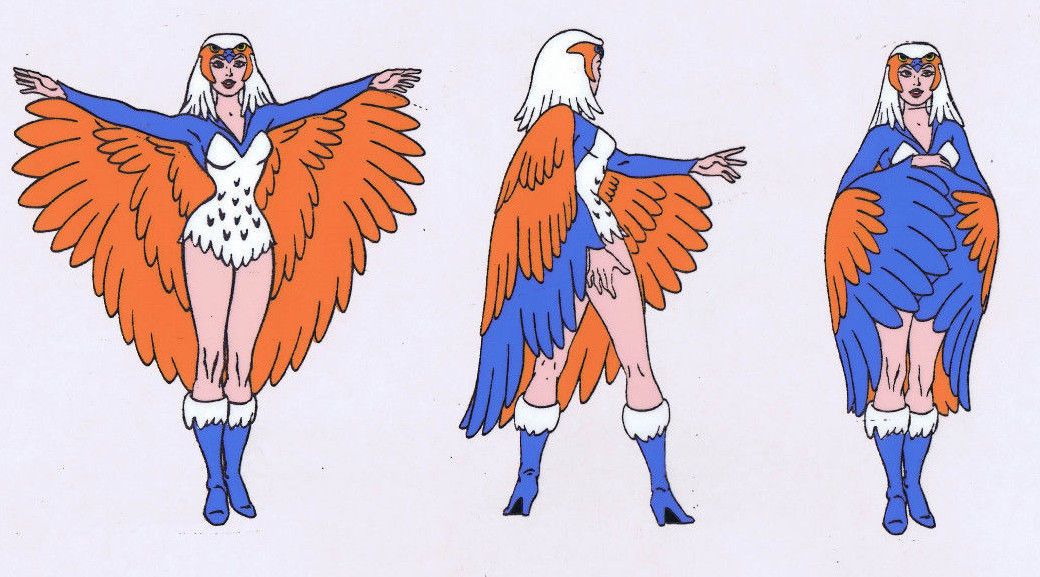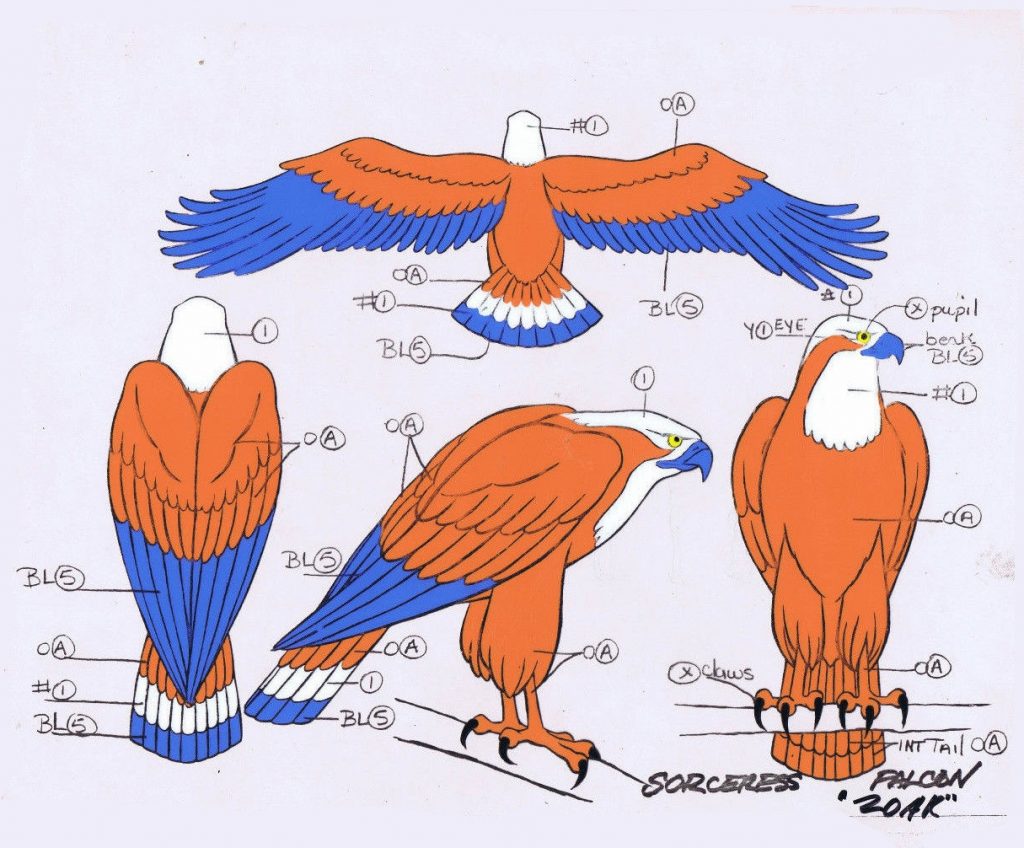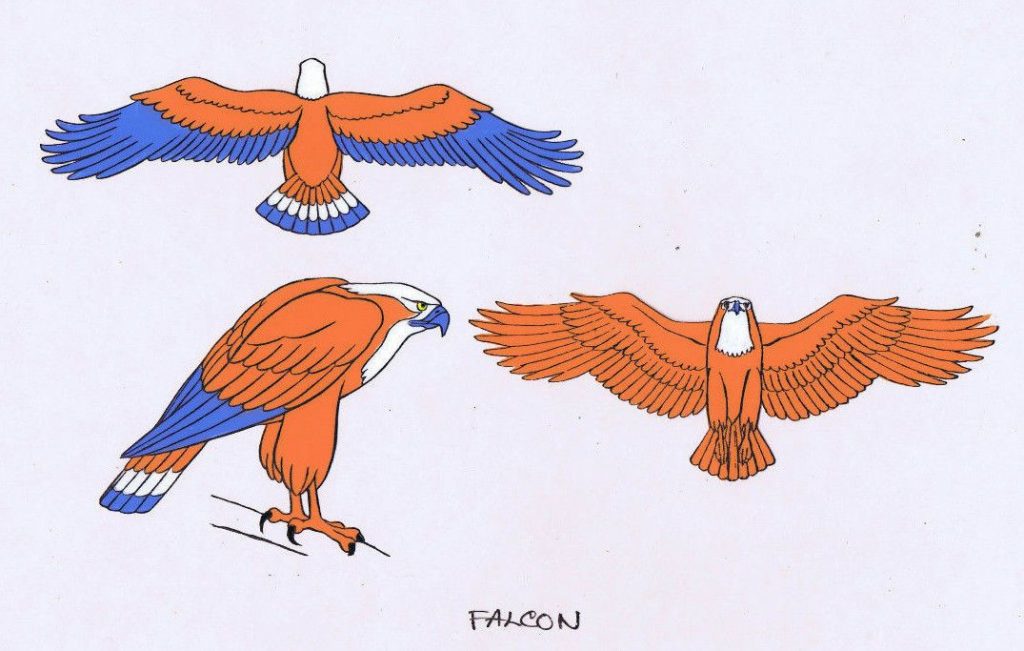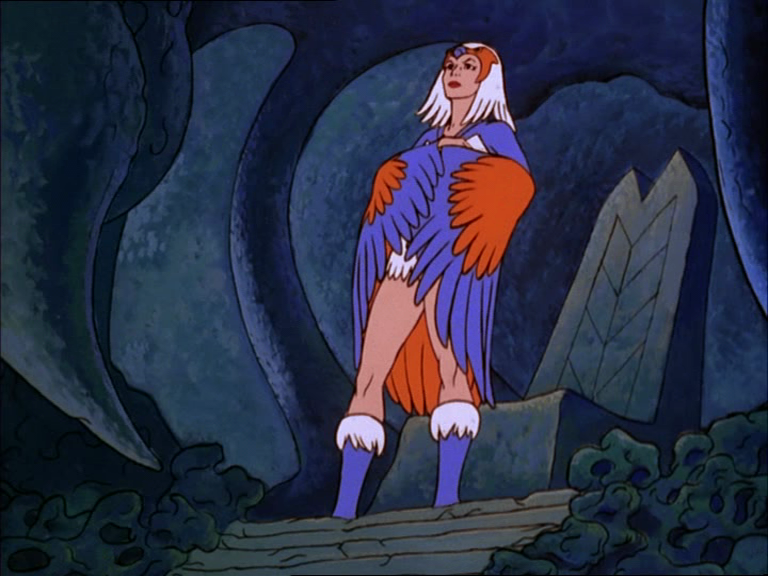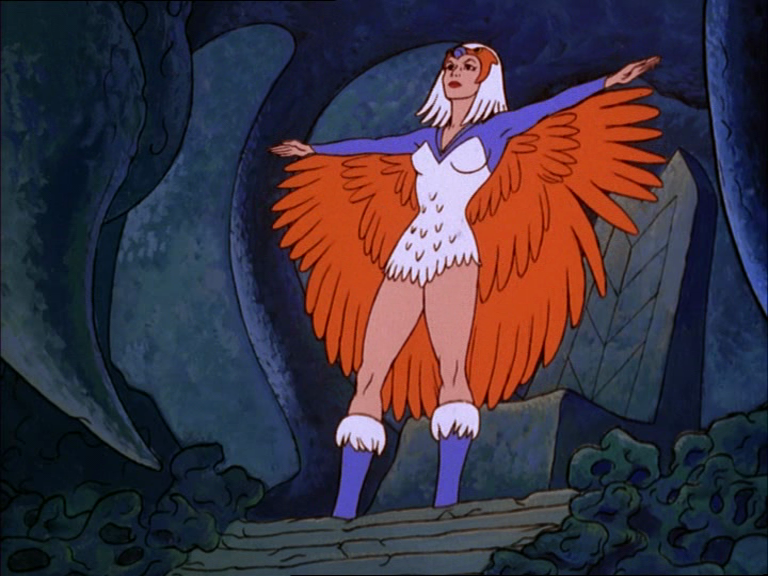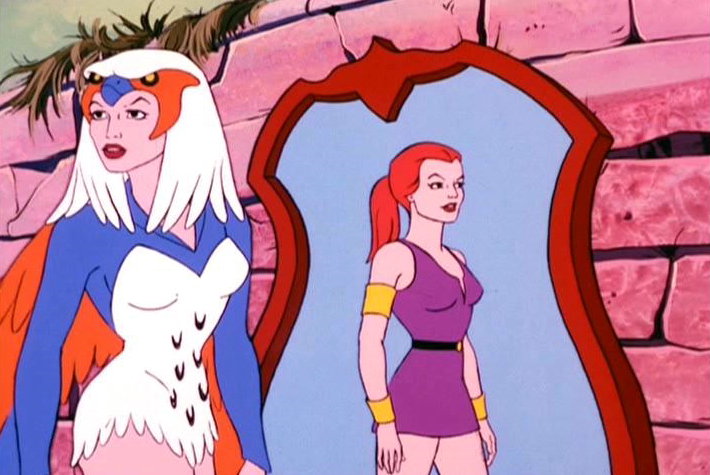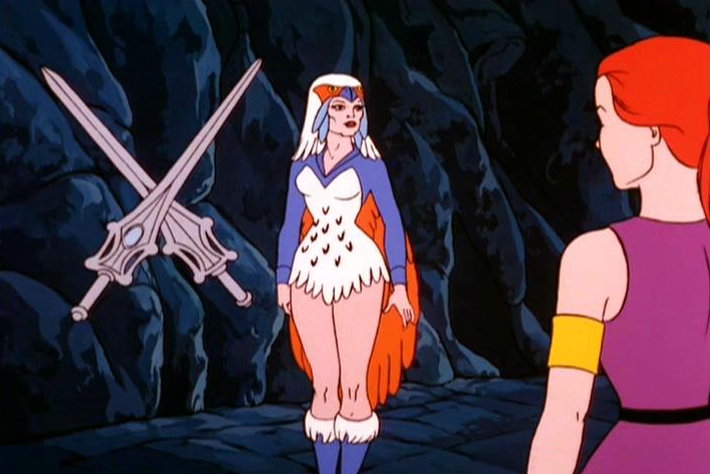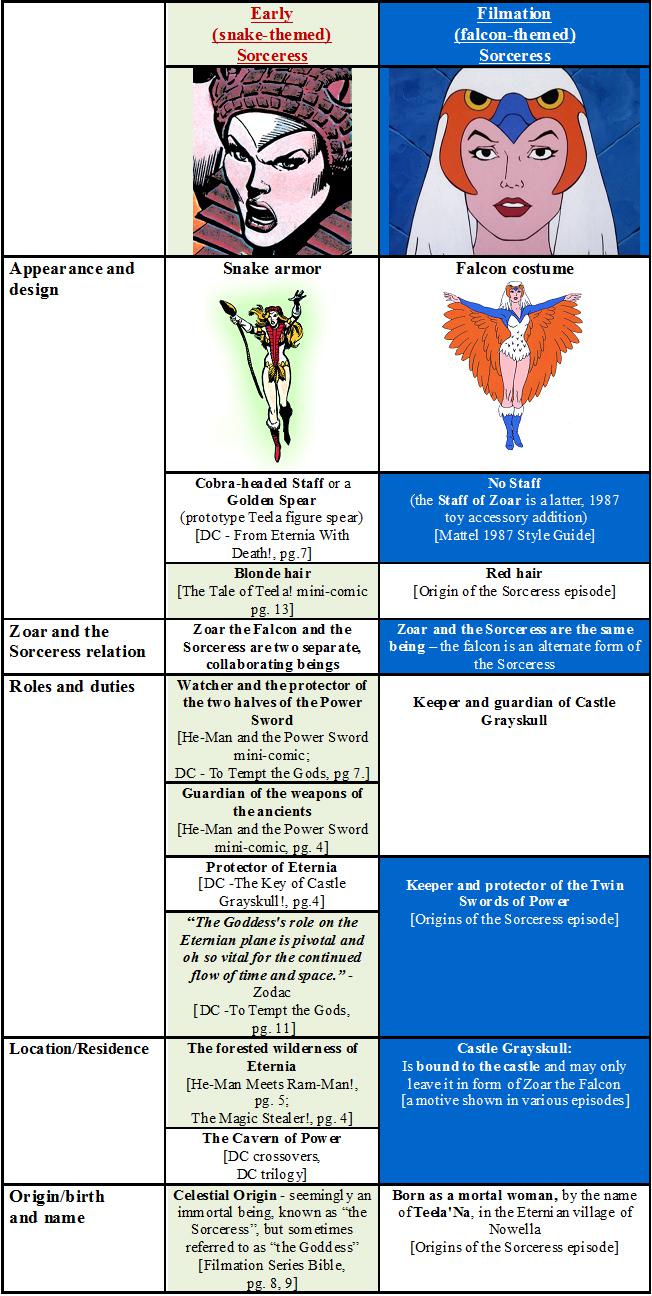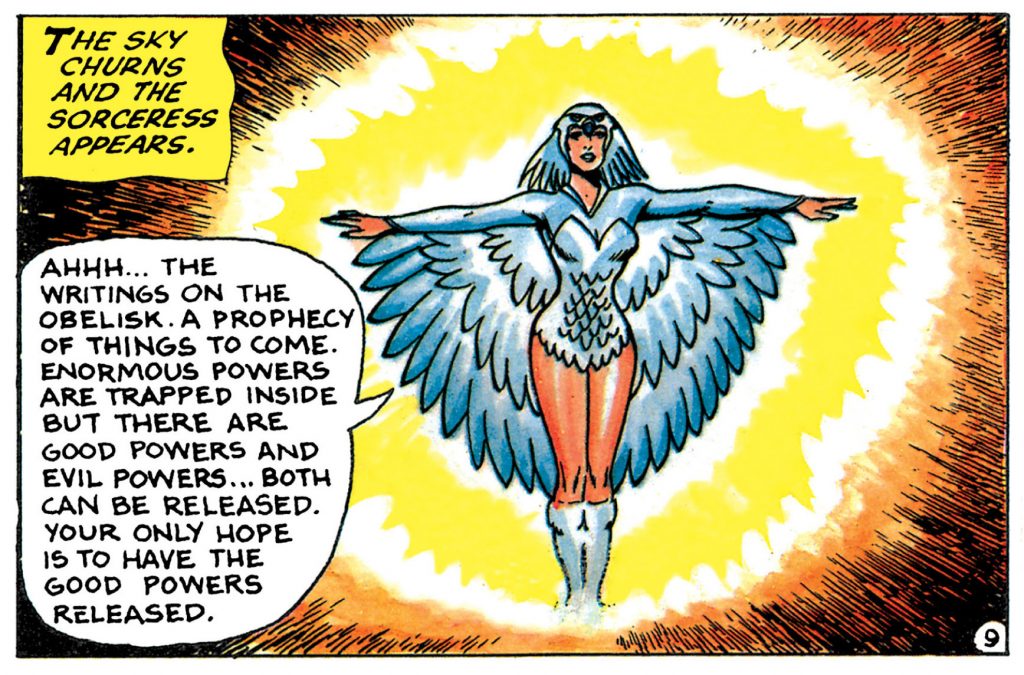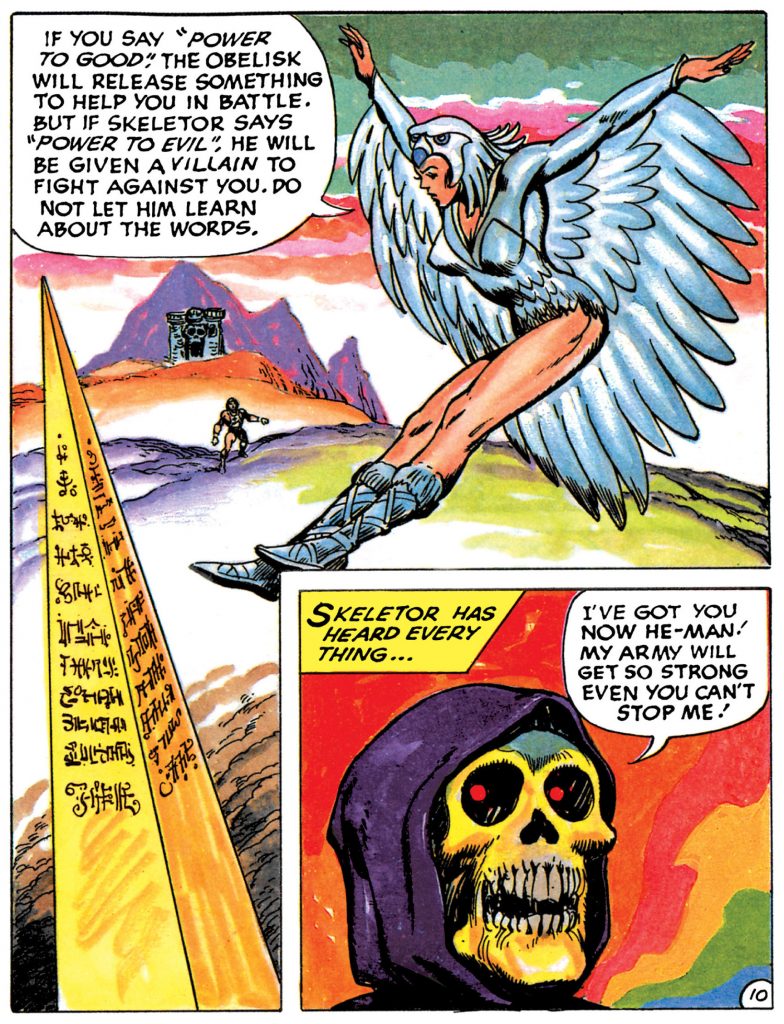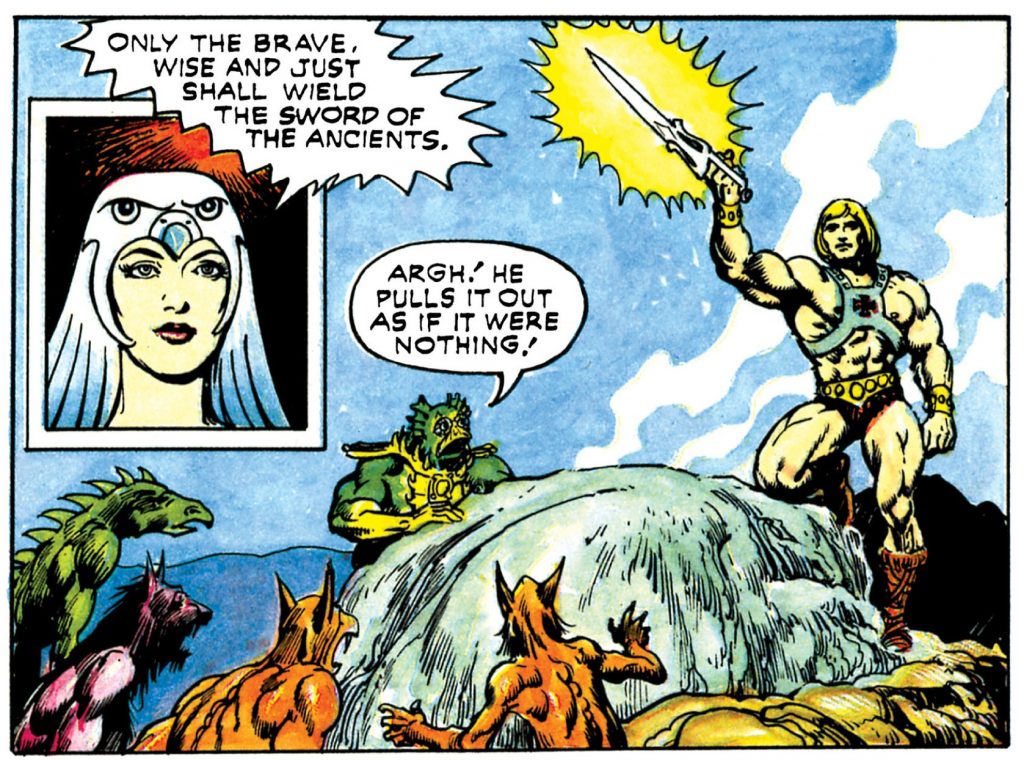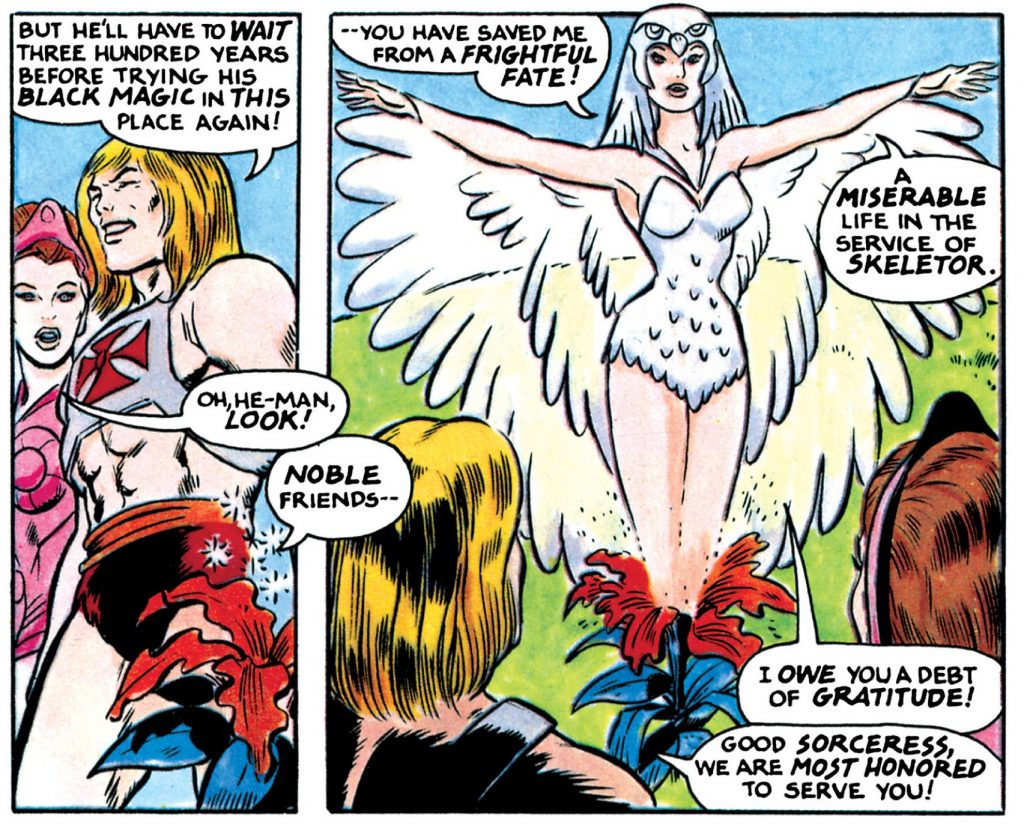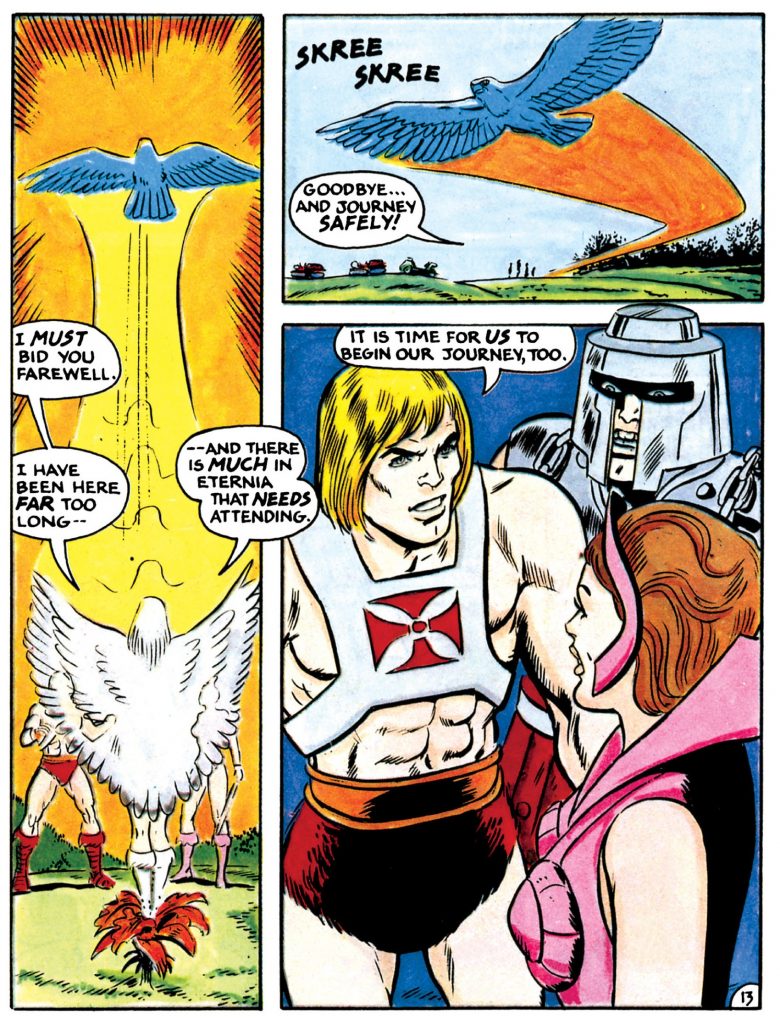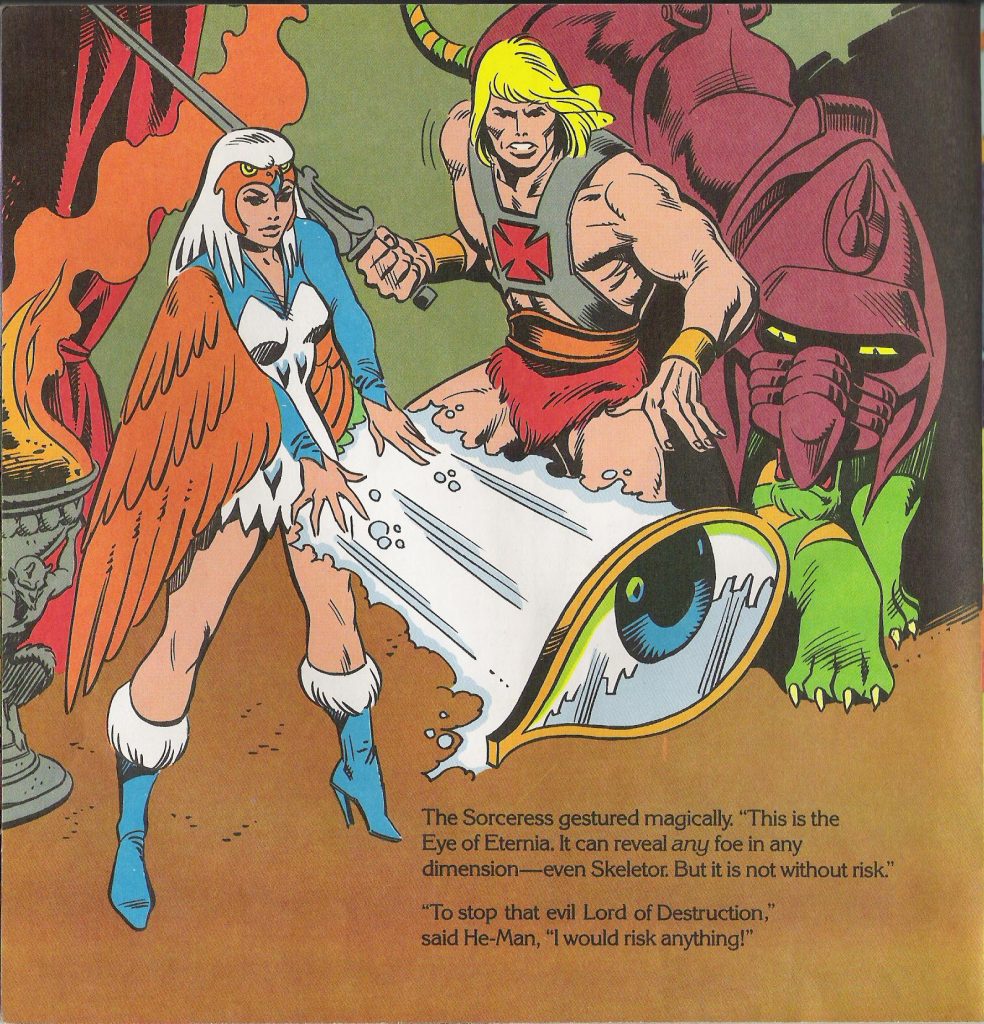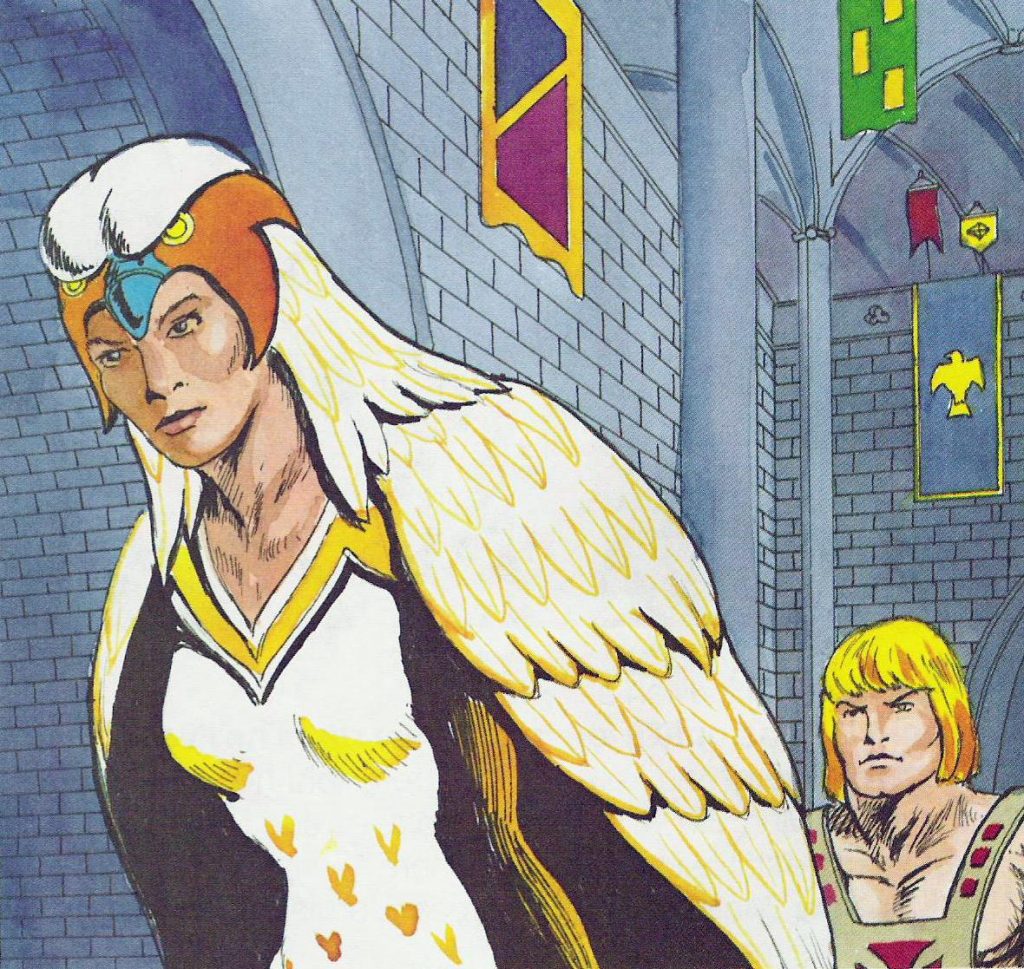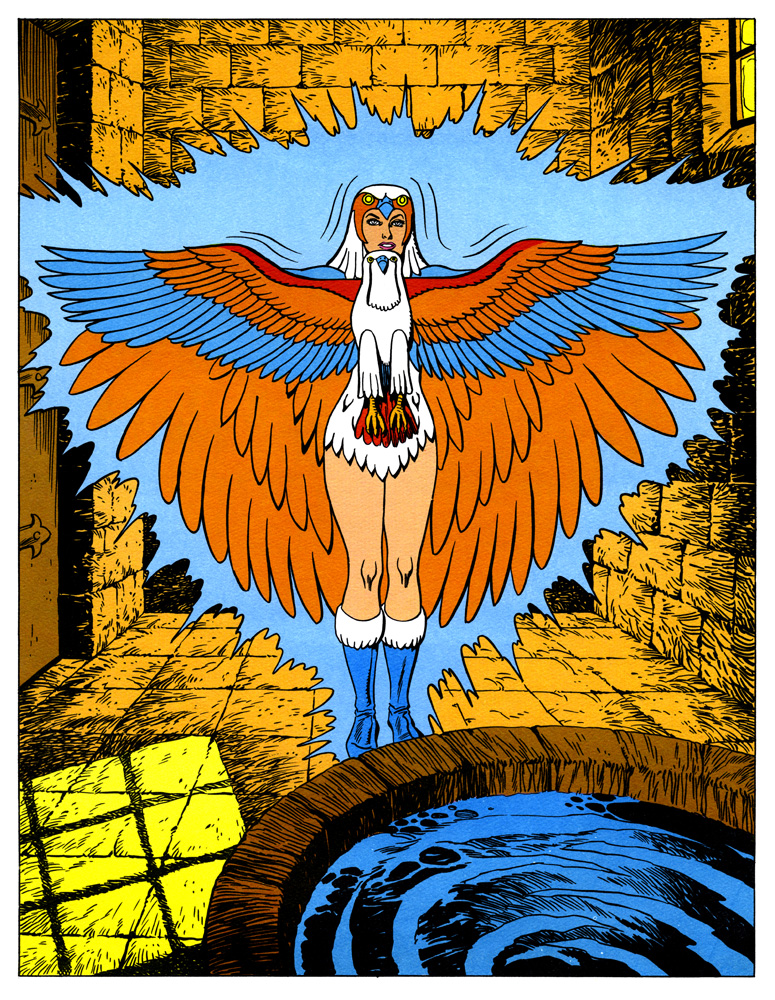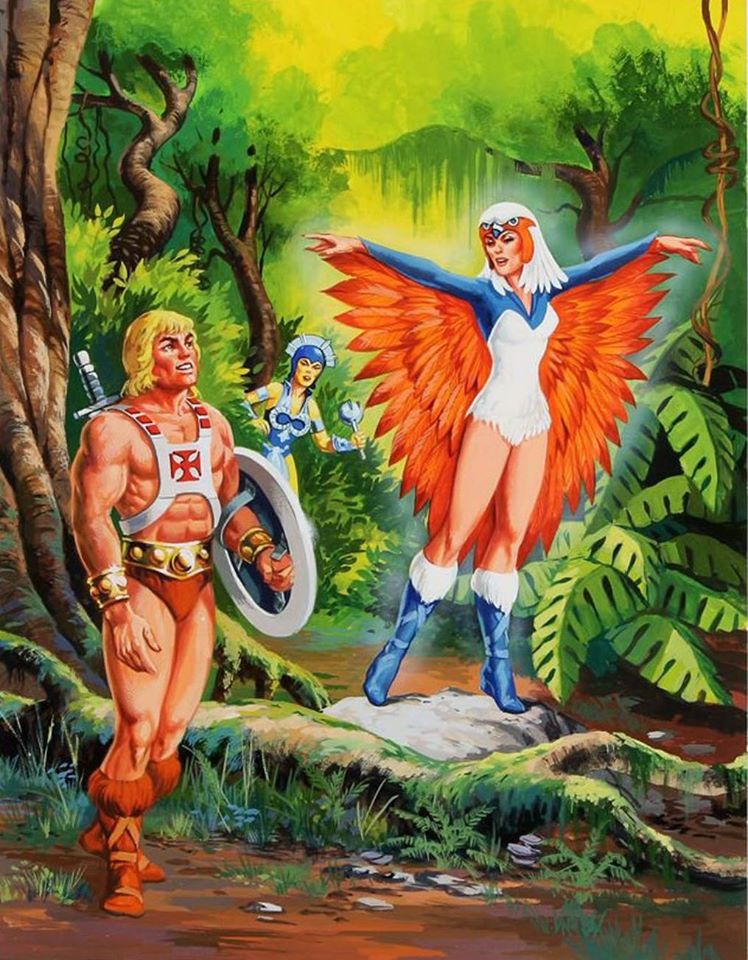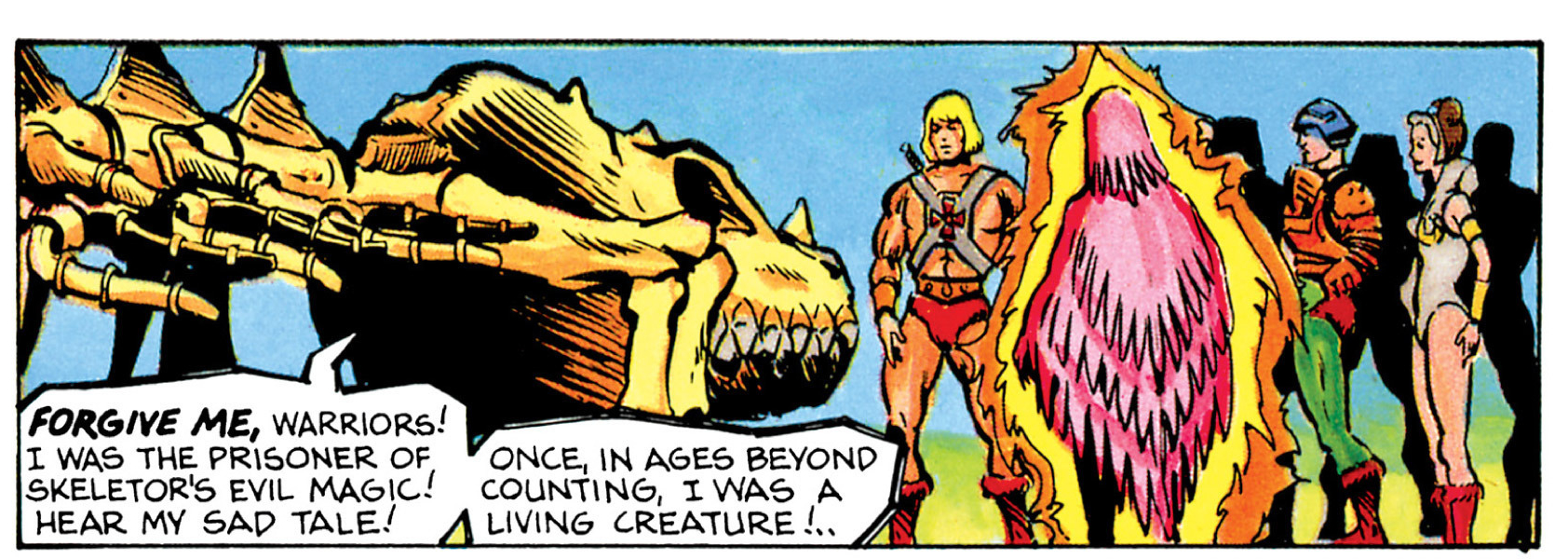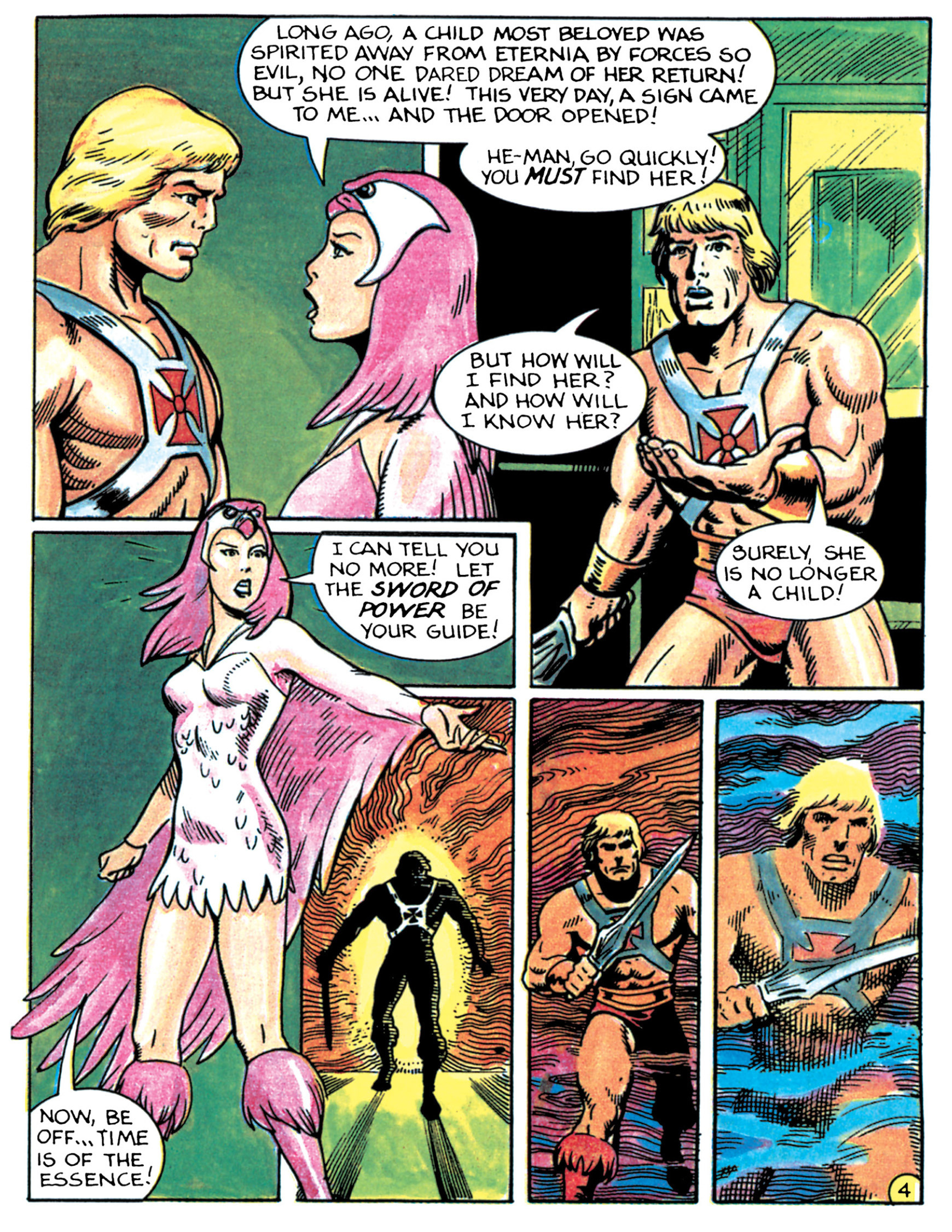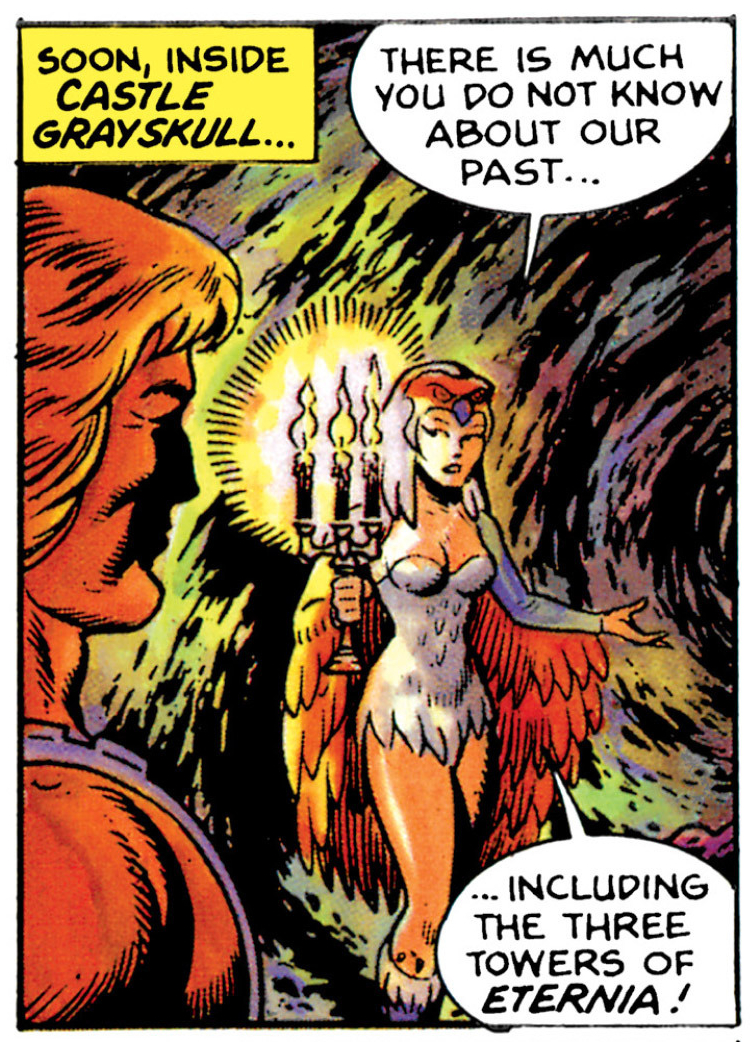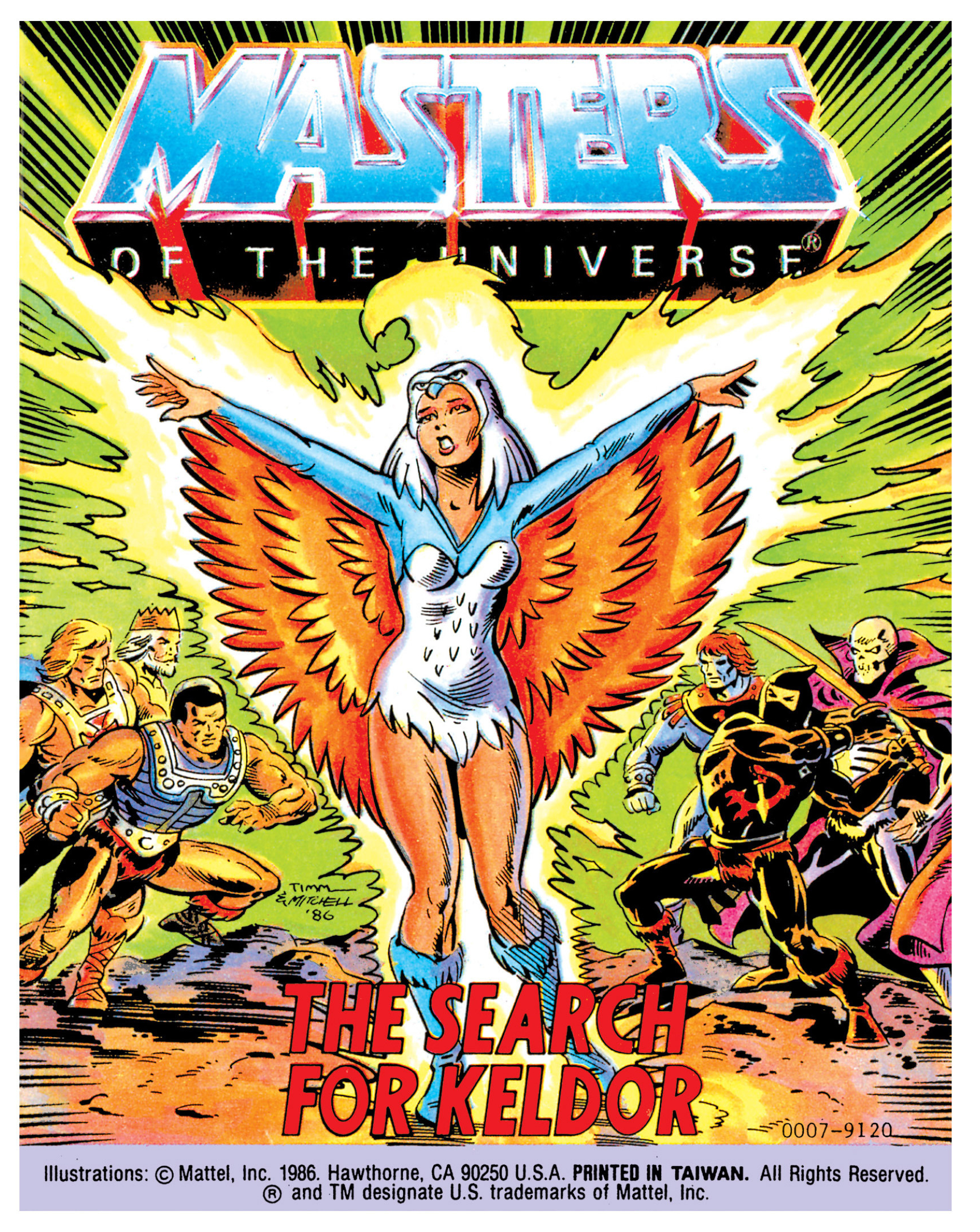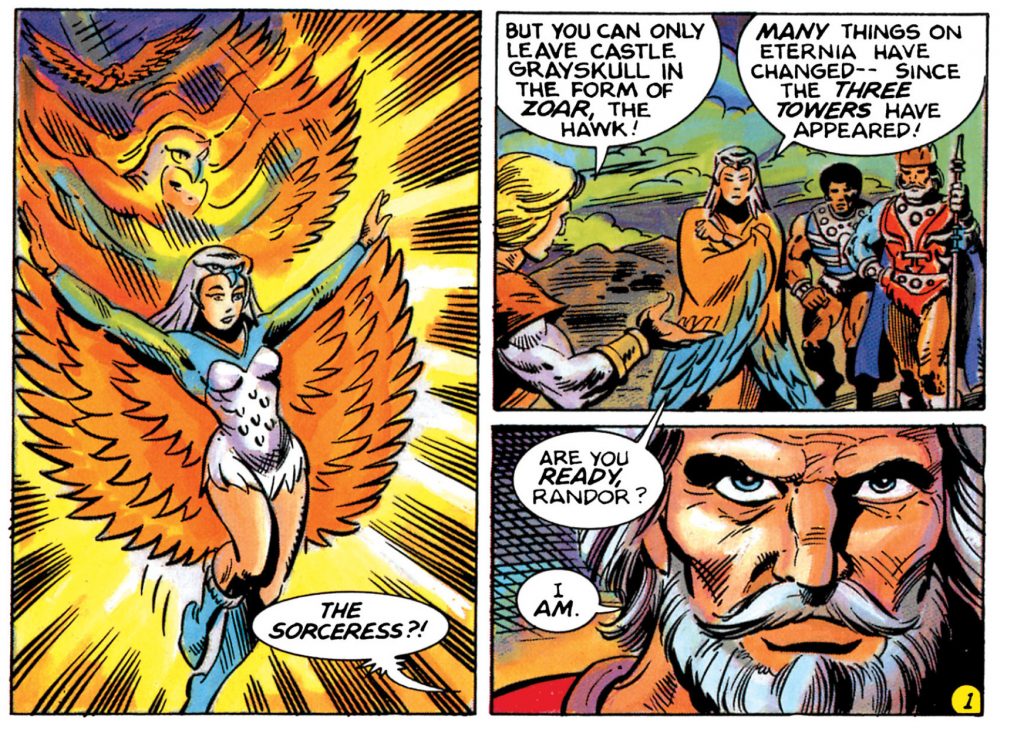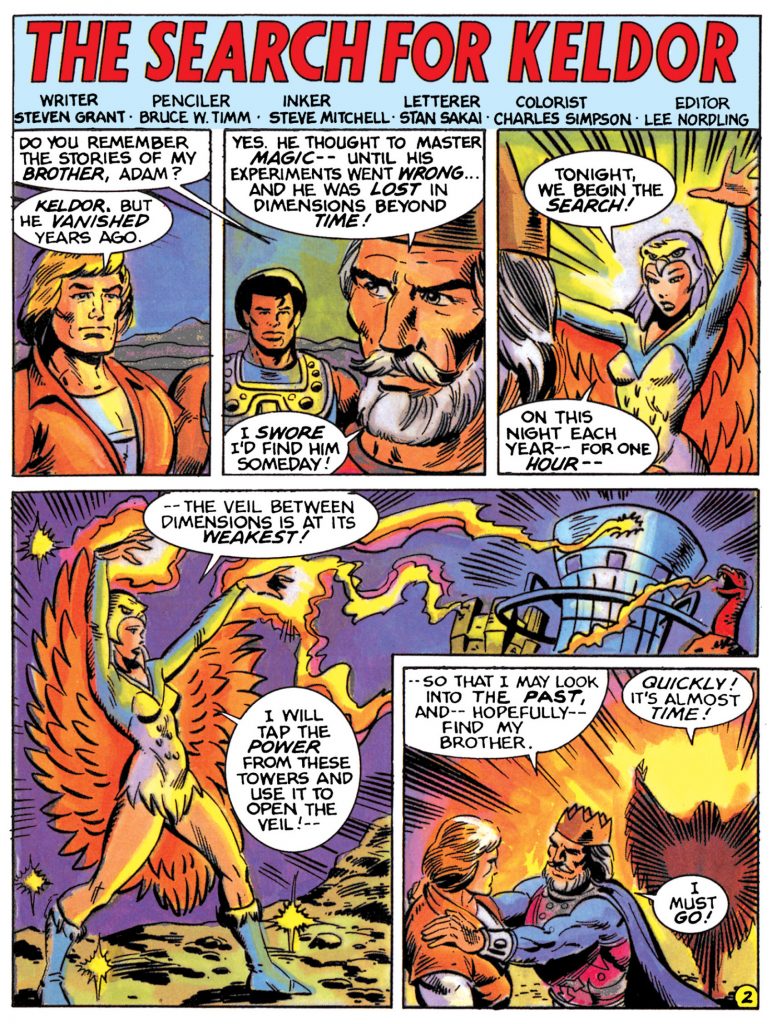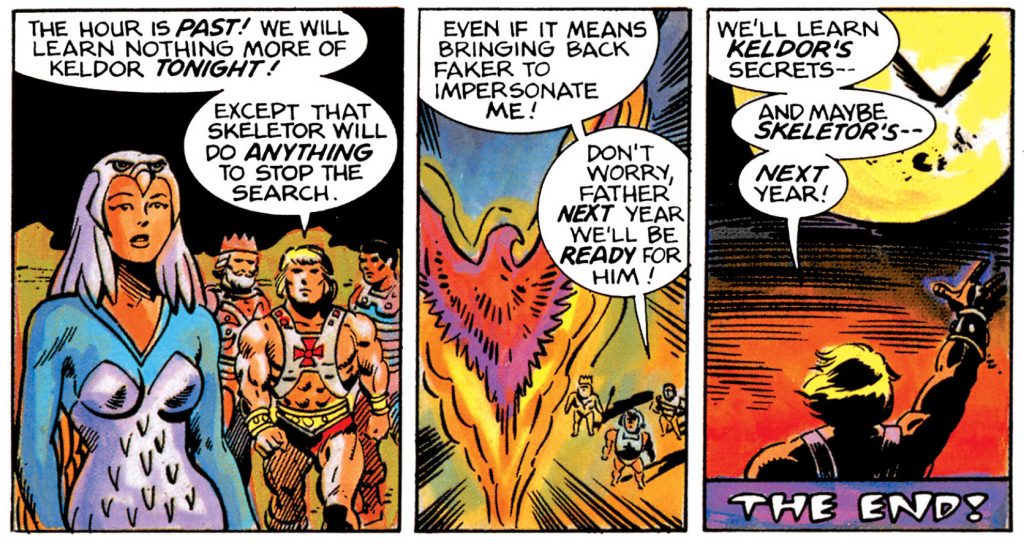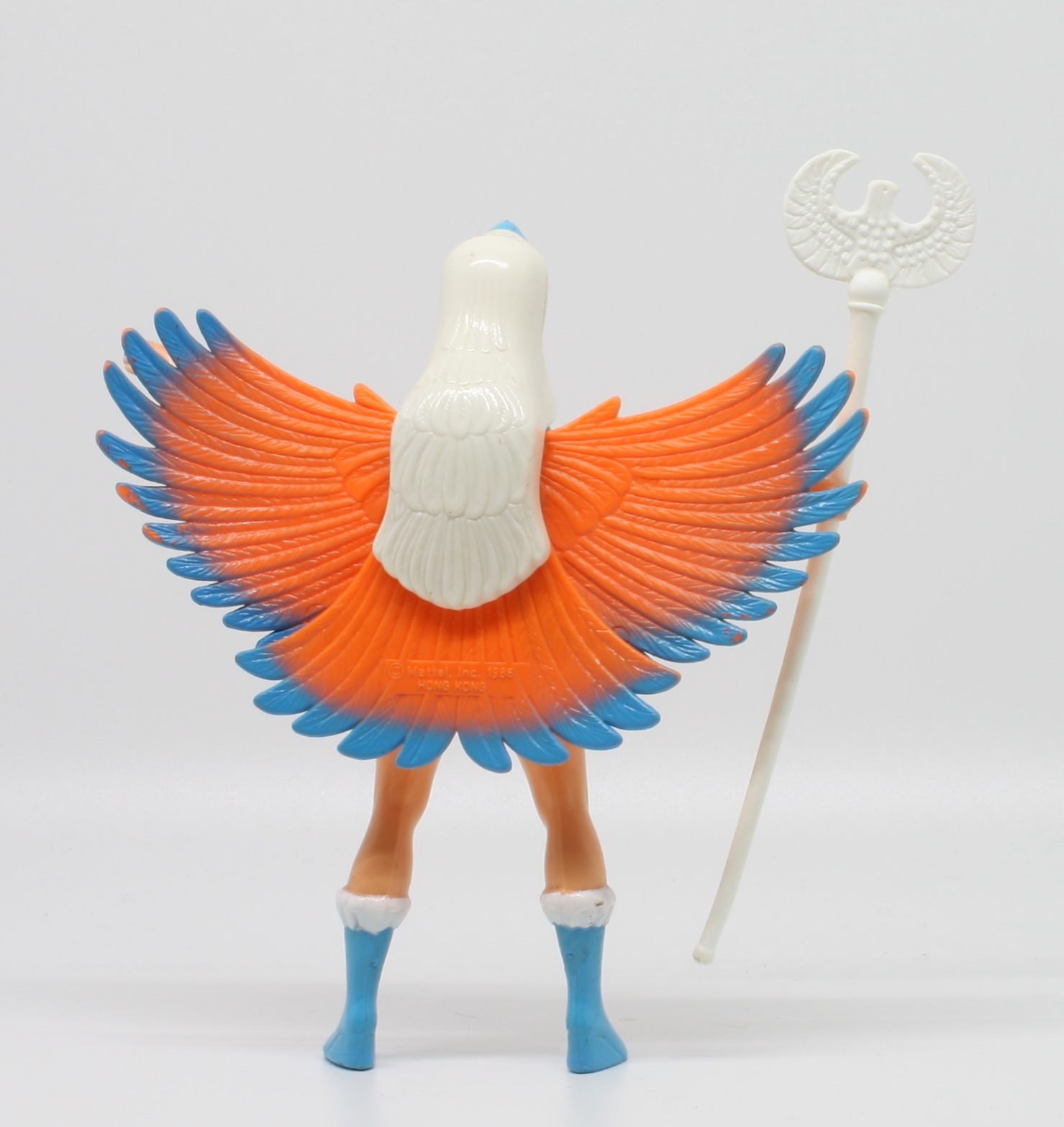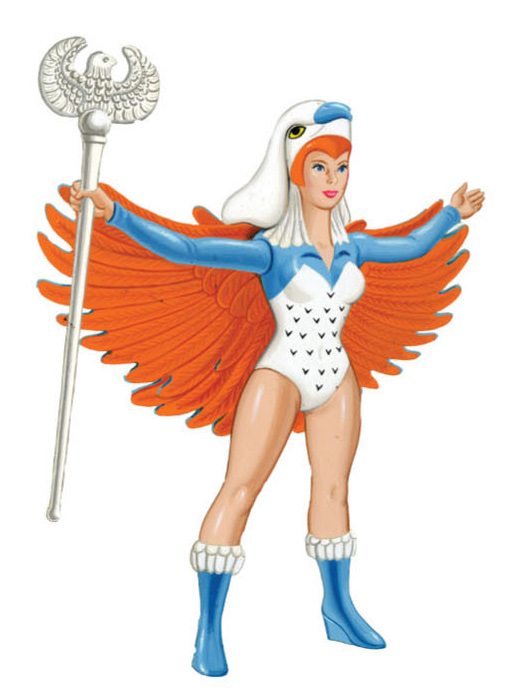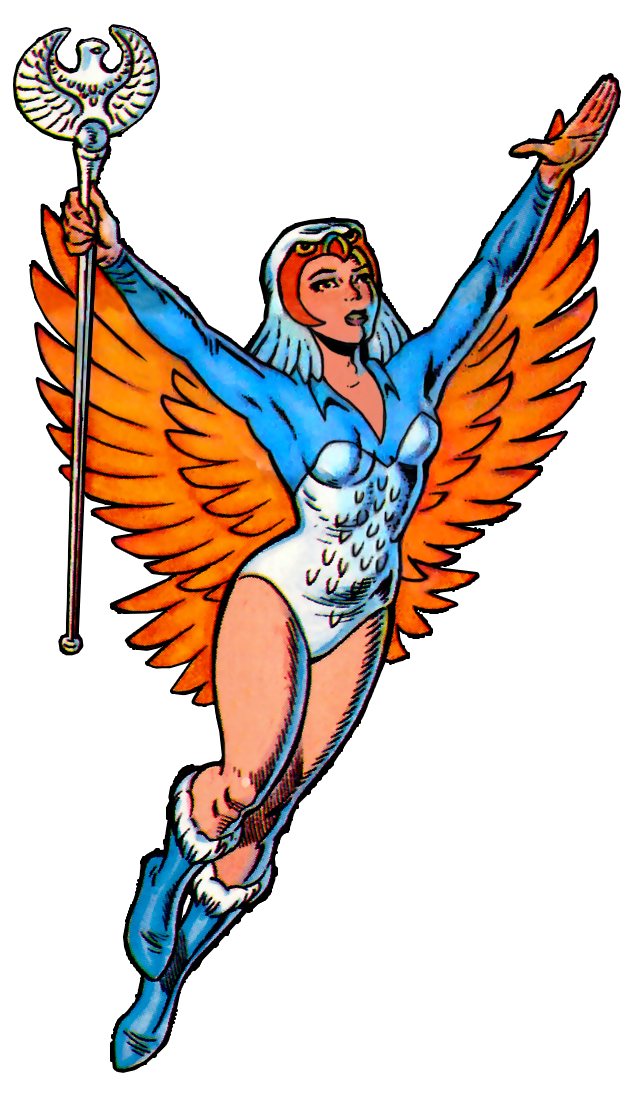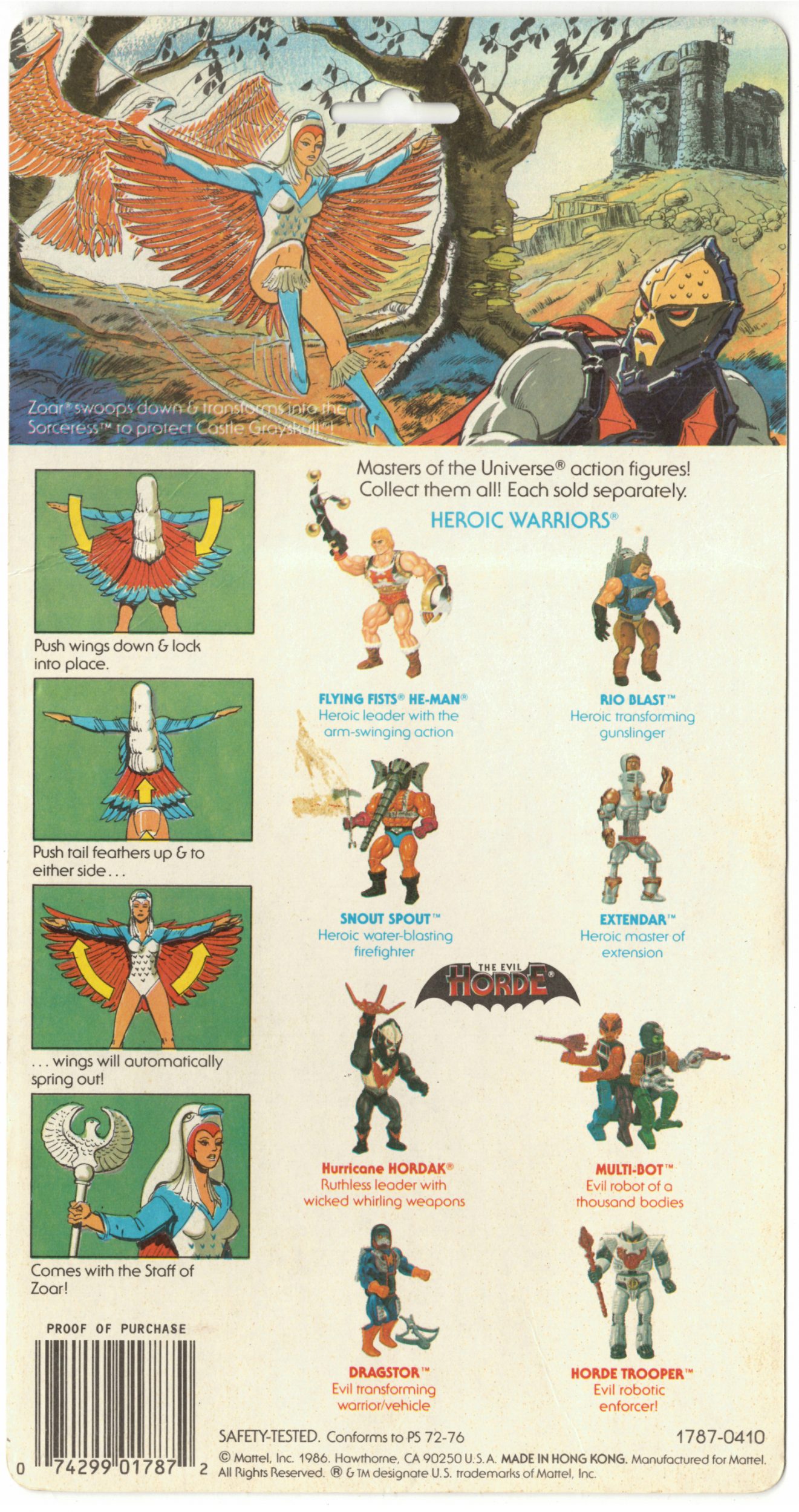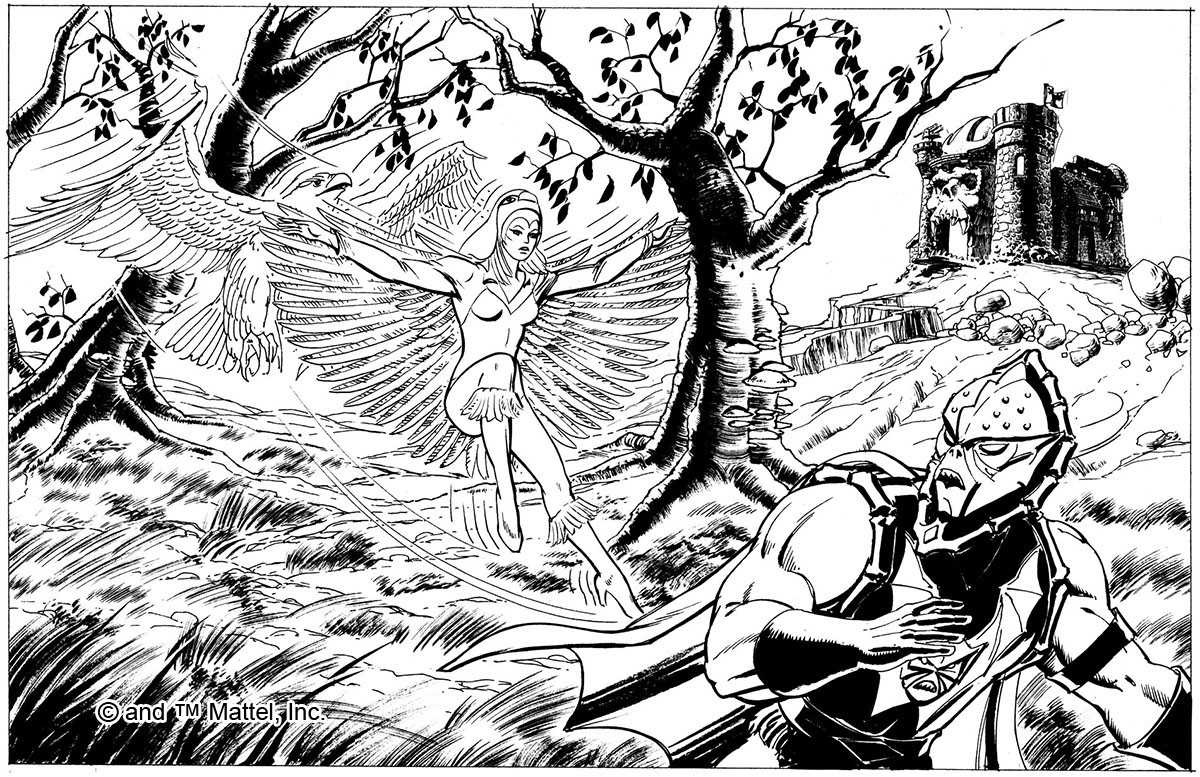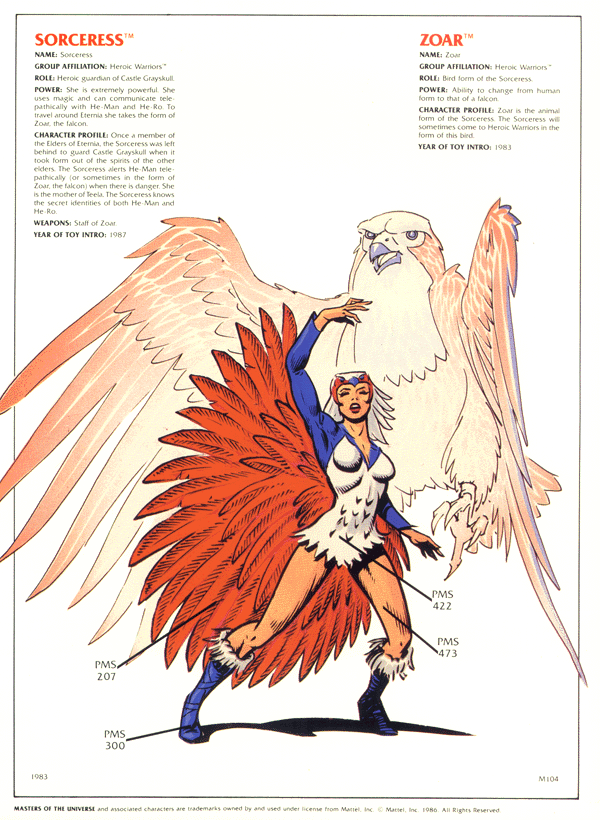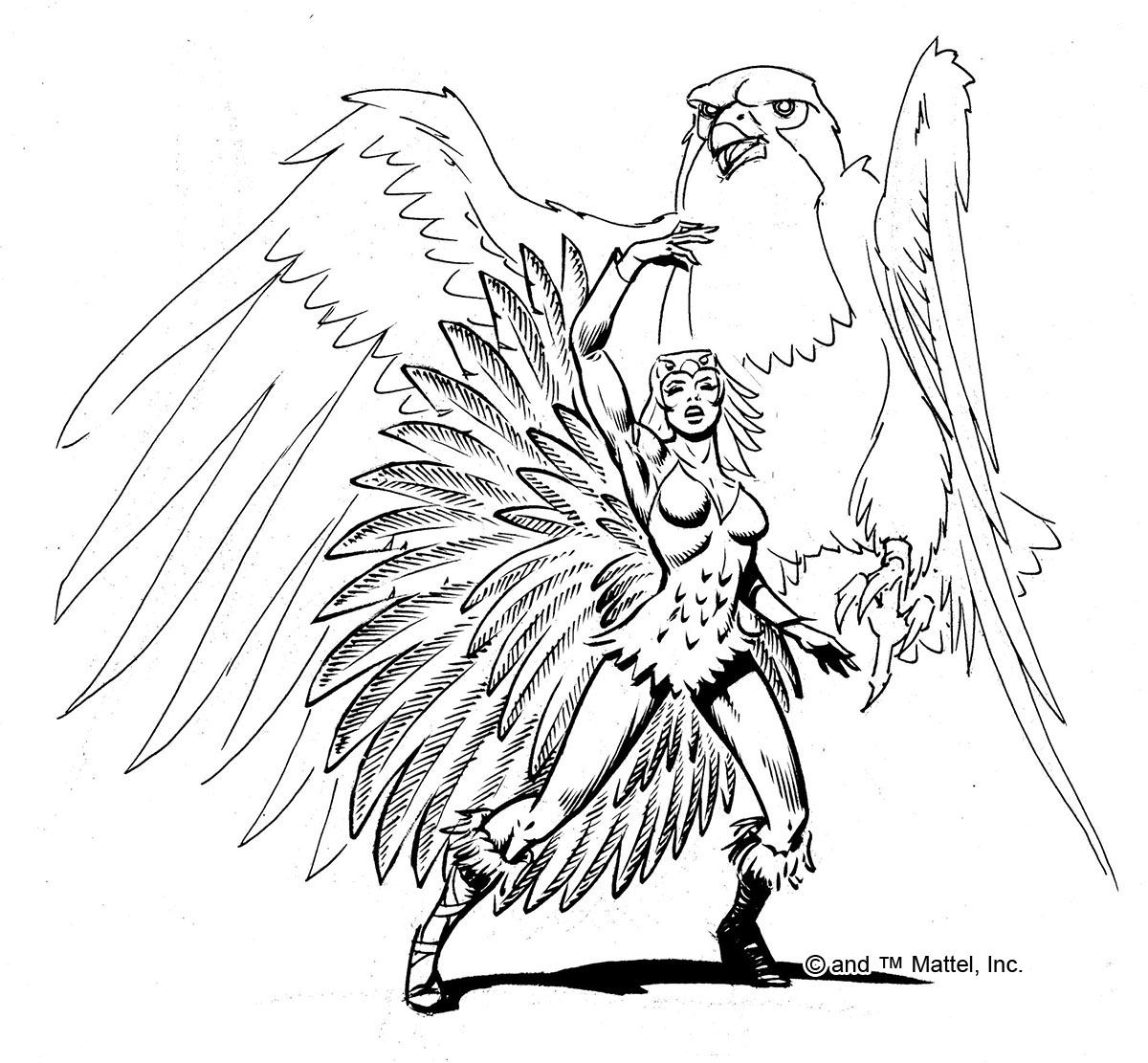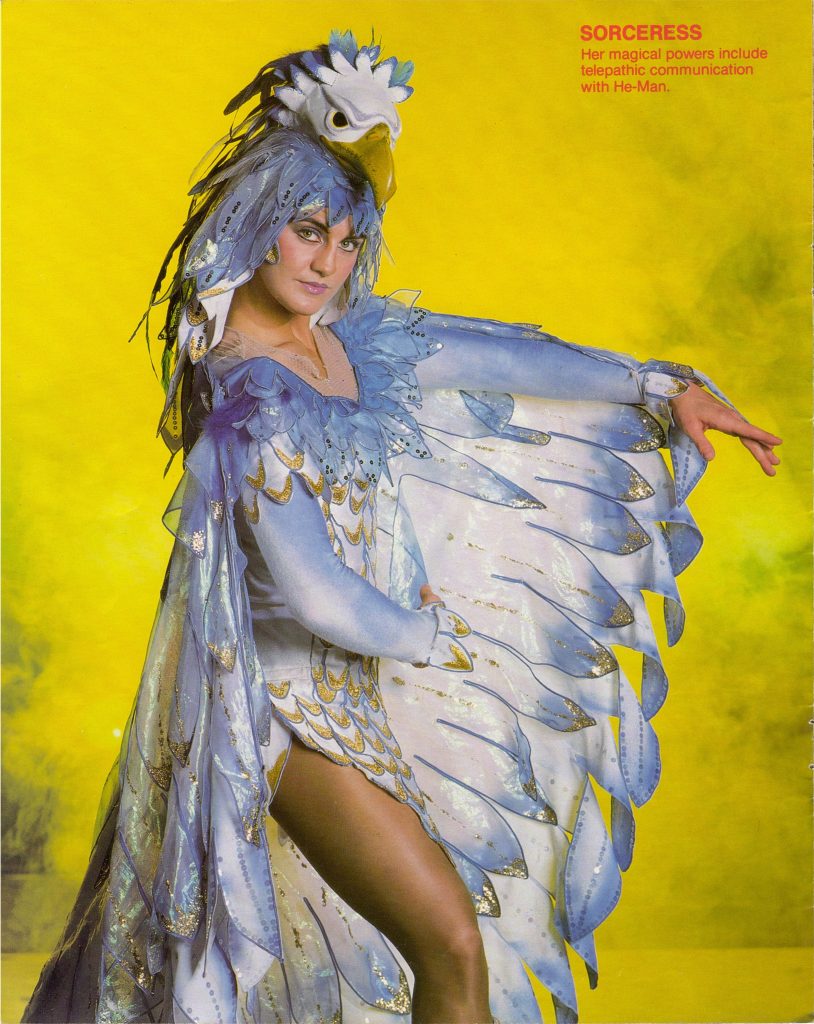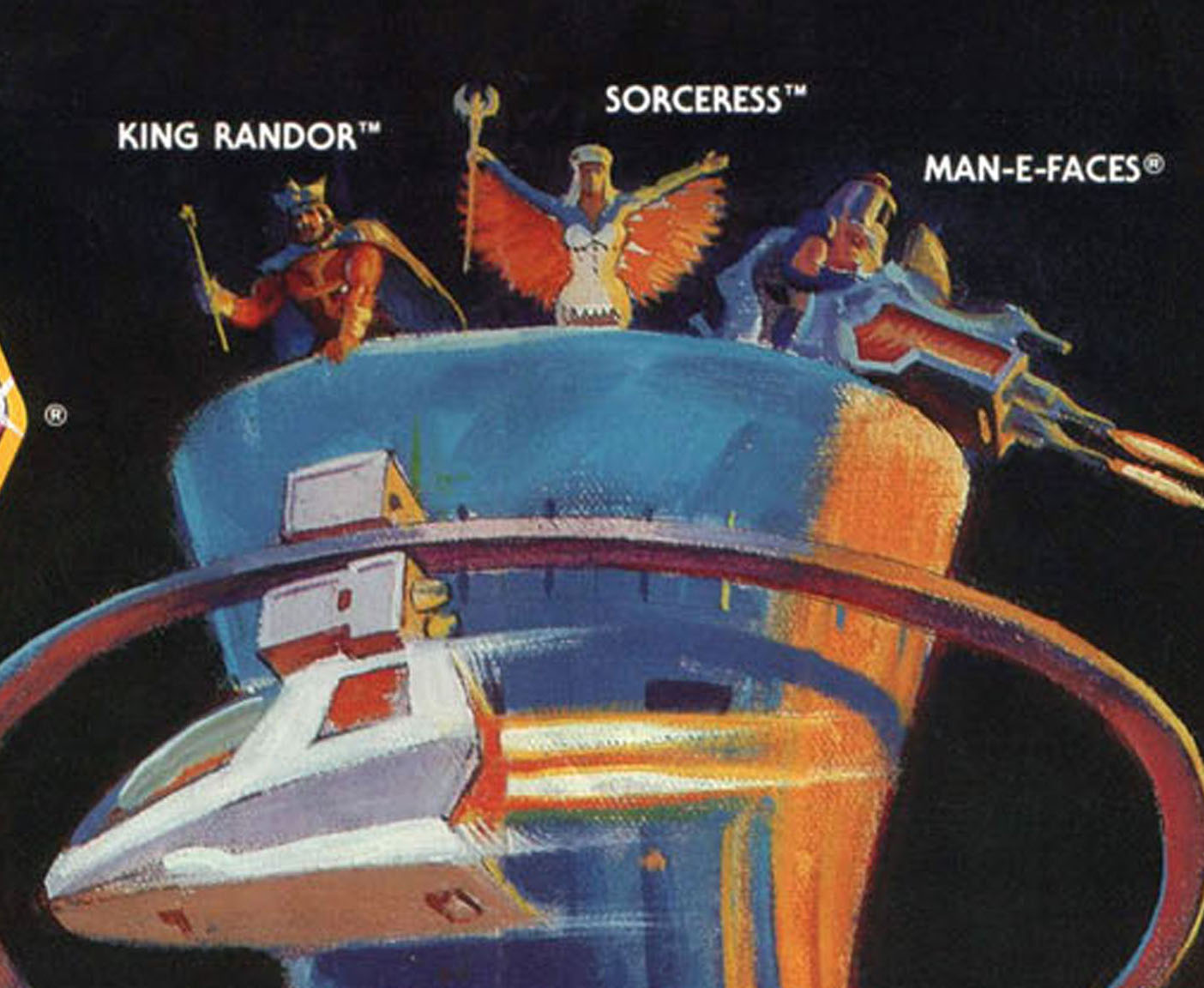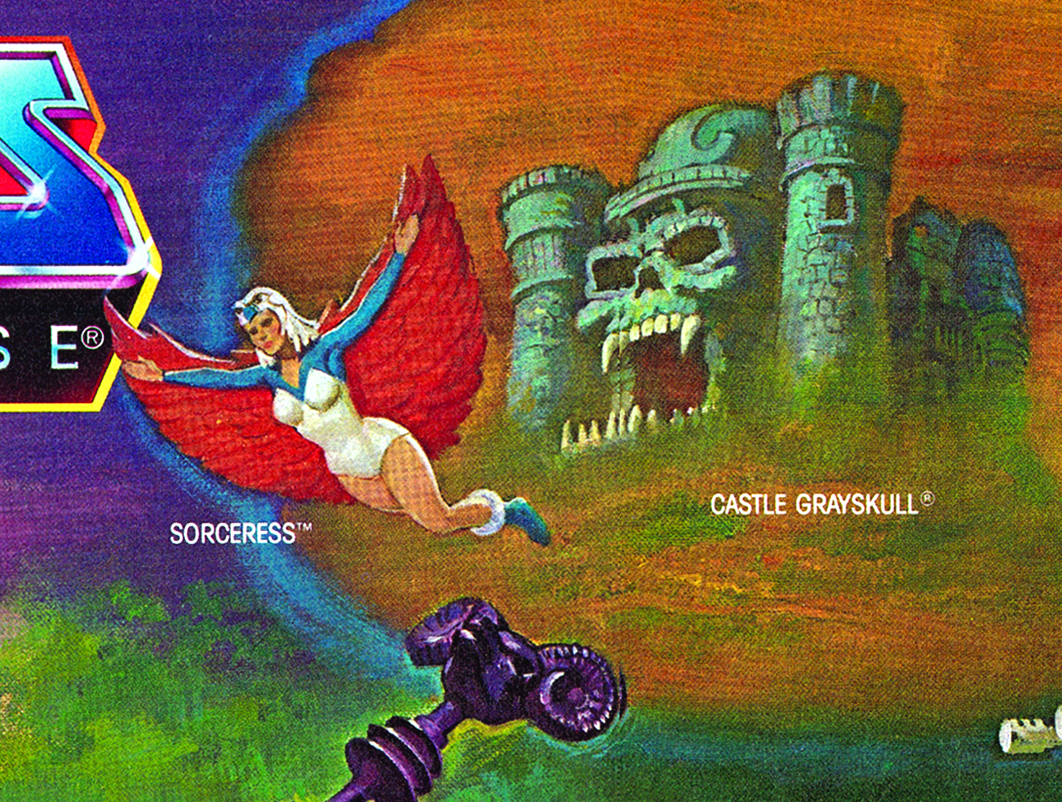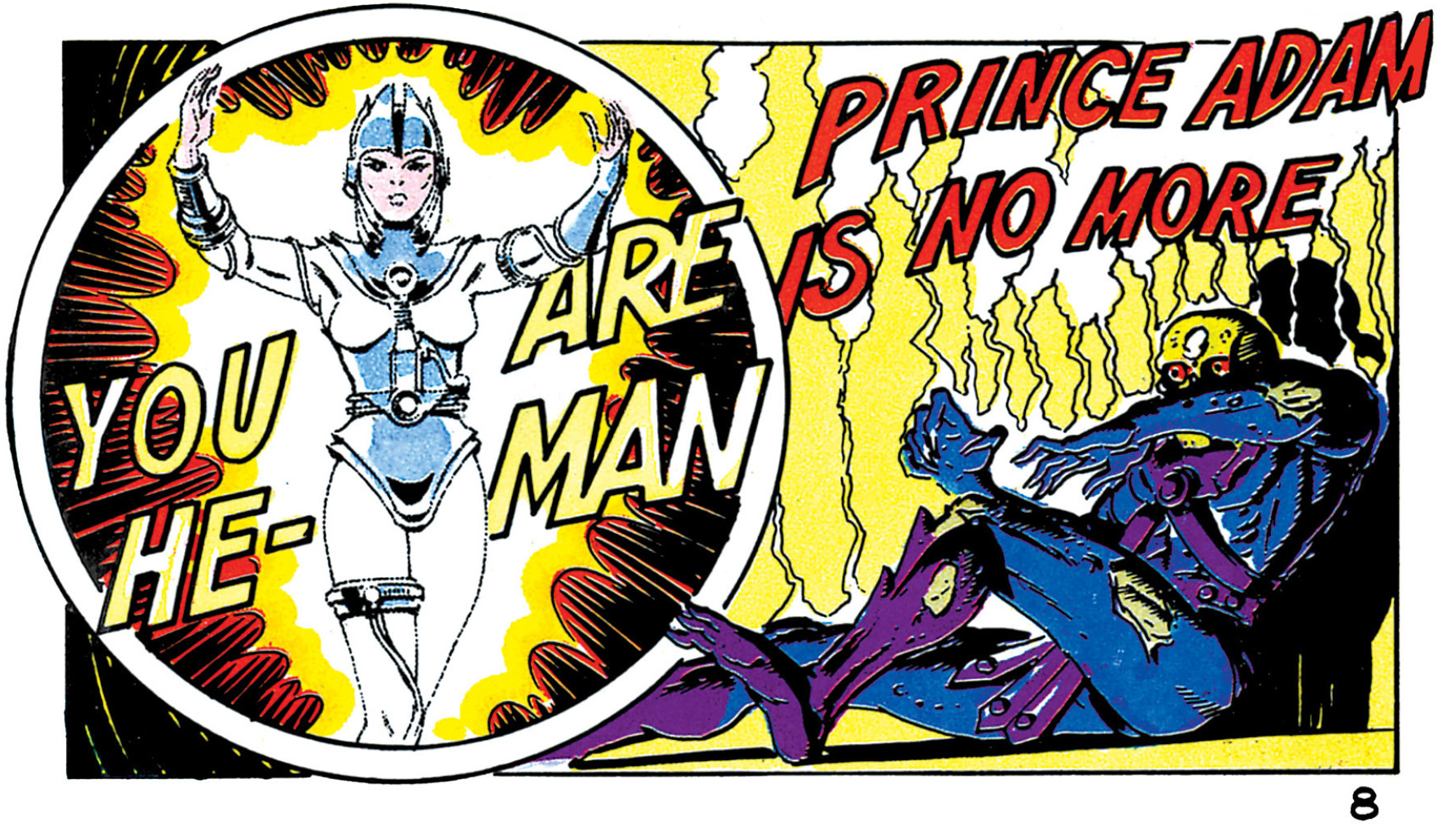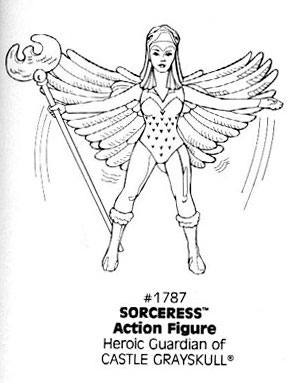
by Jukka Issakainen with Adam McCombs
DISCLAIMER: This article is a collection of information from various interviews (both text and audio), documentaries and panel appearances of Mark Taylor. Many of his statements have been somewhat or entirely paraphrased for brevity and format, but the content and ideas come from Mark’s own ideas and public statements. The sources for these statements are given at the end of this article.
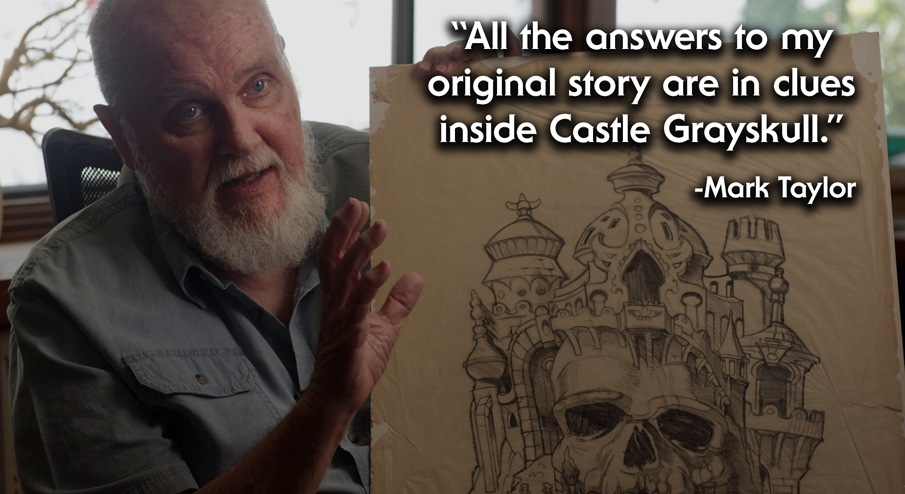
For many years, fans of Masters of the Universe would look up to their minicomics, VHS-tapes or books to delight in the stories of He-Man, Skeletor and vast array of colorful characters.
Early on there were many inconsistencies between various stories, from the minicomics to DC Comics stories to the Filmation Animated Series. All of these variations can be considered in many cases different canons (much to the delight of fans when they had the ability to pick and choose their favorite elements, or frustration in some cases where folks hoped to have only a single, core version). Because of so many of these varying depictions of the characters and the world, Dark Horse even made a very thorough book, He-Man and the Masters of the Universe Character Guide and World Compendium (2017) entailing these respective canons, and a follow-up He–Man and the Masters of the Universe Character Guide and World Compendium – Supplemental Guide (2021).
But there is one more version that hasn’t gotten all that much attention. The ideas and narrative by the late great Mark Taylor.

“Taylorverse”… “Taylorvision”… call it what you want. When working at Mattel on He-Man, Mark Taylor created a unique version for the characters and the world that later went on to have drastically different incarnations through comics, books and animation.

Before his death in December of 2021, Mark mentioned working on his autobiography He-Man & I: an Odyssey by T. Mark Taylor.
No official release-date was announced, and it’s unclear how how close it was to being finished or if it will ever be released.
Cover art by Ken Coleman.
According to a panel during Power-Con (2018) by Mark Taylor, it was to divulge more information about who is He-Man’s father and much, much more. We don’t know if that will ever see publication, sadly. What we have tried to do in absence of that is to collect of the information we have gleaned from Mark’s various interviews over the years. We have divided this information up by subject, starting with Castle Grayskull.
Castle Grayskull
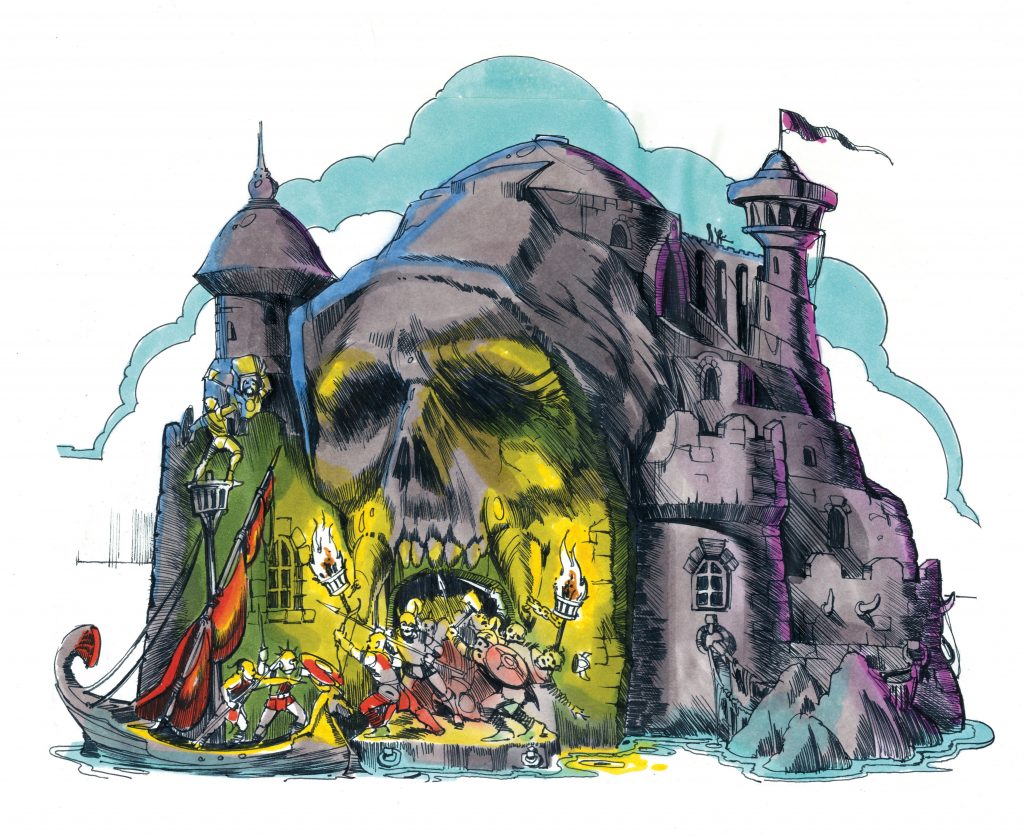
Castle Grayskull was not built as such, but grown mystically by unknown beings many eons before humans existed. Originally Castle Grayskull was a giant that sunk into the ground. It is the head of the giant that is partially visible and some parts on the head that were his “armor.” It’s always possible that this giant could come back to life someday!
Some ancient civilization realized that the skull was a place of power, so they built the castle around it.
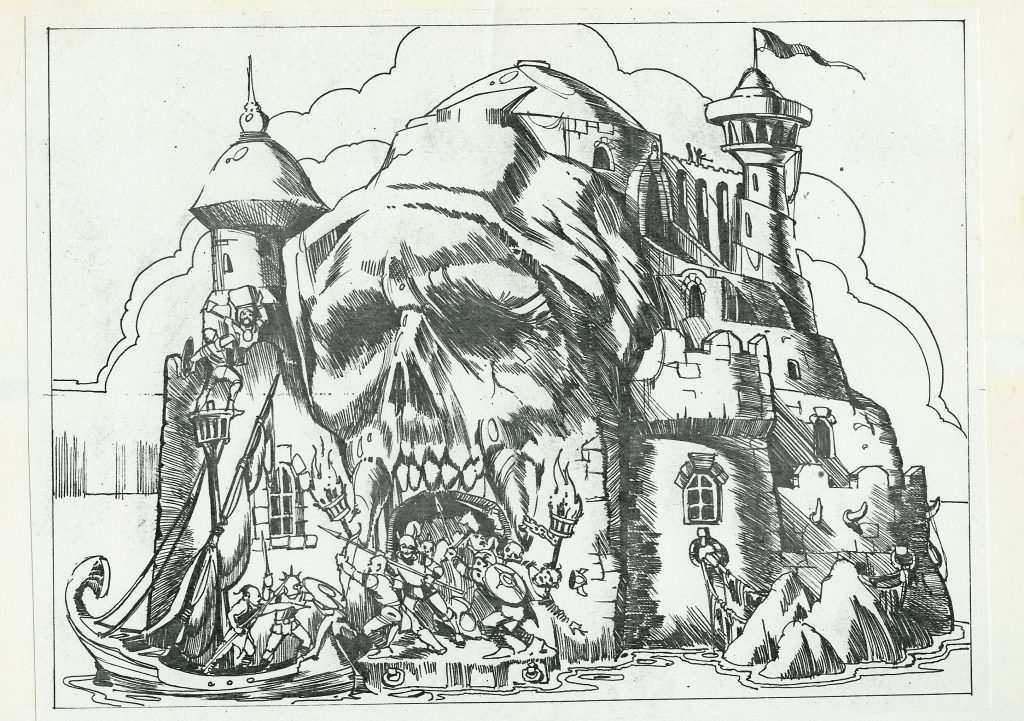
Just being near the Castle can sap life force. Entering the Castle has the potential to enhance your power, but it is also draining to the soul. For that reason, those who would wish to exploit the Castle’s power should not take up long-term residency there. Distance helps for relief and recuperation. Extended habitation causes personality changes and can be very dangerous to those around the affected individual.
There is nothing typical about Castle Grayskull. At first glance its interior and exterior look vaguely like a medieval castle, but this fortress bridges time and space. Castle Grayskull as a surface entity can only house approximately 50 people, but always on a temporary basis. There is a large courtyard where the various mounts and vehicles of visitors are stowed.
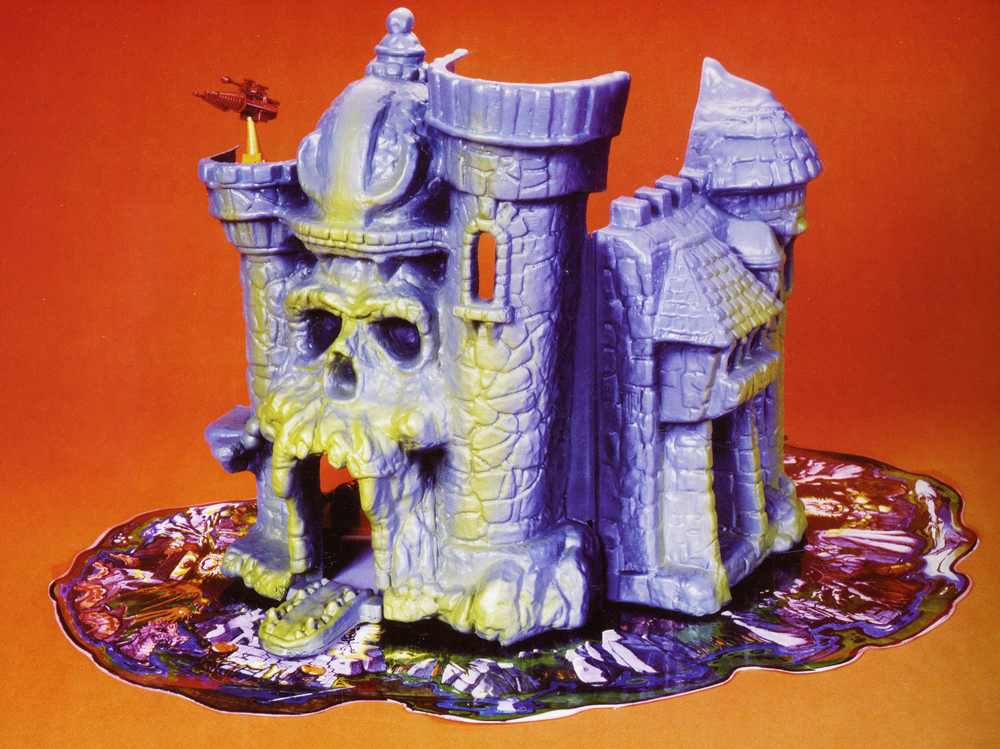
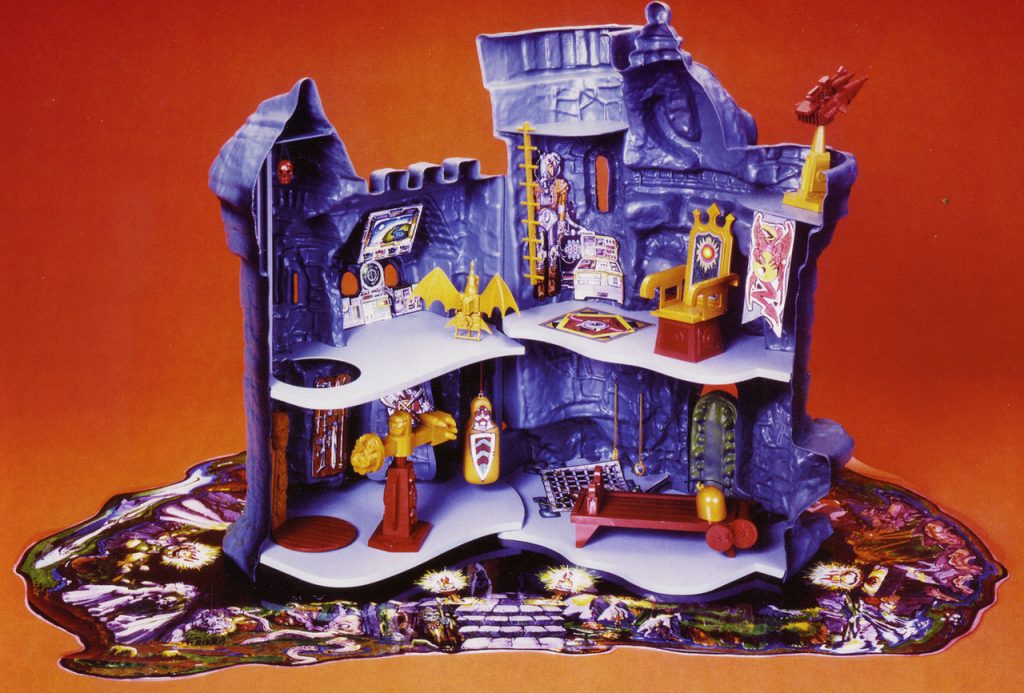
The façade is 19 feet high and the dome is 45 feet high. The Jaw Bridge is 17 feet high by seven feet wide, the windows three feet by seven, and the tower is 42 feet high. The towers are defensive positions, and the watch towers and the turrets are for mounting anti-air attack weapons. The dome generates mystical power and the Jaw Bridge is activated by voice (opening the gate requires a specific command as well as the Power Sword).
Castle Grayskull is the thing that all of the characters fight over. Because of its location it would have to be invaded by boat. It’s a symbol of power, and it was similar to the Oracle of Delphi – you could get all kinds of power and knowledge from within. A lot of the stickers and paper elements inside were really symbols of the kinds of power you could get from Castle Grayskull. One of the eternal symbols of mysticism in human history been the skull.
GRAYSKULL’S SURROUNDING FETID LAKE/MOAT
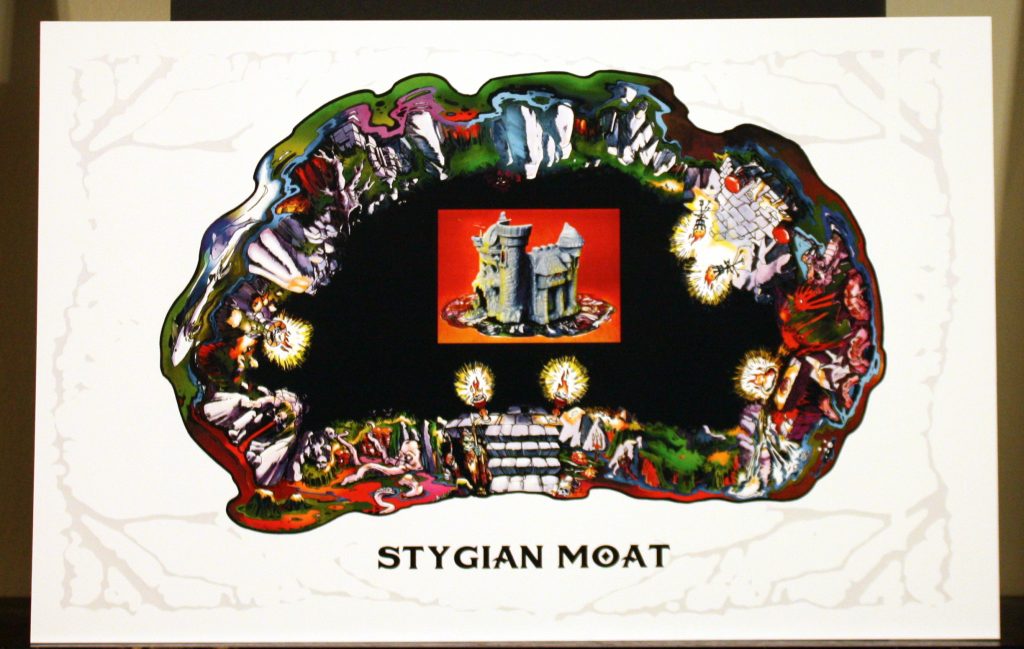
Castle Grayskull is located in the center of a moat that is toxic to most living creatures. There are living inhabitants of the moat, which are both strange and dangerous.
The Castle itself has seven floors beneath the level of the moat. As you descend each level, reality, time and space become more and more distorted.
GRAYSKULL’S FLOORS/LEVELS
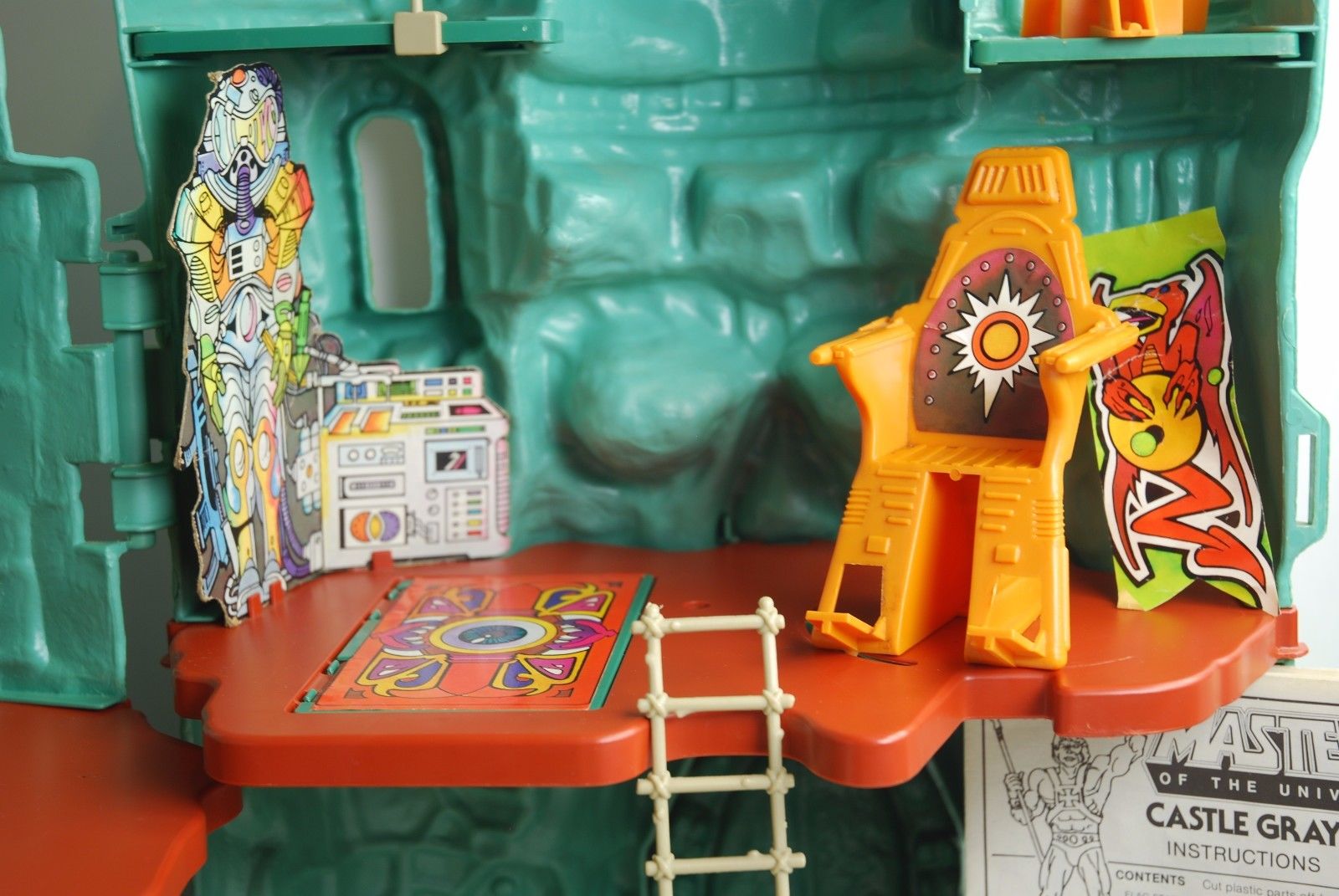
Inside Grayskull is a Space Suit and other weapons and armory. These were left by a technologically-advanced race who came to the land in flying saucers. These beings had mysteriously left long, long ago. So Grayskull was a dead place with nobody living inside it or “guardian” for it either. There was always the possibility that these beings could return someday.


A secret code is required to get the elevator inside the castle to take you down to the levels under the castle. Each successive level brings more power and also more danger.

There are physical and magical traps hidden throughout the castle. The trap door leads to the first level basement. It also conceals clues to the secret password for the elevator.
Grayskull extends into the space/time continuum in the lake bedrock. The levels below the weapons storage room start with all the weapons that exist within one century each way from the present, the floor below that within five centuries each way, and so on.
[Mark thought that Castle Grayskull could eventually be expanded by adding playsets associated with other figures, such as a water playset for Mer-Man and an air or mountain playset for Stratos.]

PIT OF SOULS / WELL OF SOULS / DWELL OF SOULS
The Pit of Souls [also variously referred to as the Well of Souls or Dwell of Souls] is a dungeon containing undying monsters from the beginning and end of time that also extends into the time and space continuum – possibly by means of a miniature black hole. The powers of the castle are linked to these evil prisoners.

Getting the monsters trapped in the Dwell of Souls required luring monsters into the pit with sacrificial human victims. The monsters would then be trapped in the pit. The king [He-Man’s father] who oversaw this effort could use those trapped monsters as leverage against all other Kings in the land, threatening to release them if he didn’t get his way.
HE-MAN


He comes from a mysterious conception and is rumored to be half human and half immortal. (2006 interview)
The King who lived inside Grayskull had a harem and one woman there bore him He-Man. (2018 Power of Grayskull documentary)
One of He-Man’s father’s wives wanted to kill He-Man when he was a baby, along with He-Man’s mother. His mother enlisted the help of the king’s Man-At-Arms in order to save the child. Man-At-Arms agreed to take the infant away through the atomic wasteland. There He-Man grew in strength and learned battle techniques from his mentor. Afterwards he picks up Battle Cat and his adventures start.
He-Man grew up in Atlantis, which no longer exists, it was destroyed by a terrible quake and tidal wave. He-Man was nine-years old and being trained as a Prince when the disaster struck. He was one of the very few to survive. (2006 interview)
He-Man is the ideal hero in all respects – he isn’t just someone with incredible strength, standing at 6’3” and weighing 230lbs. He has a sense of nobility and restraint, and also has a quiet sense of humor. He possesses special senses which helps him greatly – otherwise Skeletor would’ve eliminated him. He-Man also is resilient to pain, poison, etc.
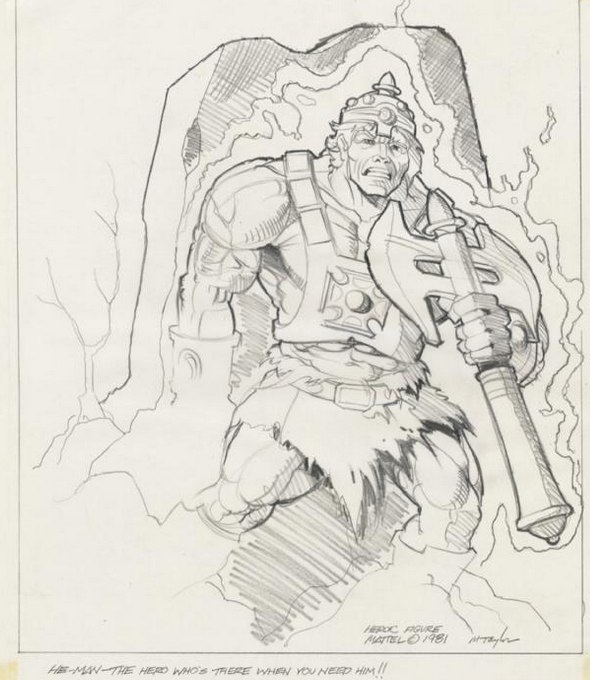
The cross symbol on He-Man is what his friends recognize him by [Mark also mentioned he was inspired in creating that symbol for He-Man by the look of the Knights Templar]. He-Man is a good person, noble and has the very highest moral character and he tries to set an example for all people. He knows a lot about magic, but he never uses it. He-Man knows there is always a price that must be paid when using magic.
He-Man avoids wearing too much armor. He’s almost like a berserker. He wants to win by relying on his own strength and fighting skill, rather than relying on armor.
He-Man isn’t destined to become the King of Grayskull [as the later stories like Glut-minicomics suggested].
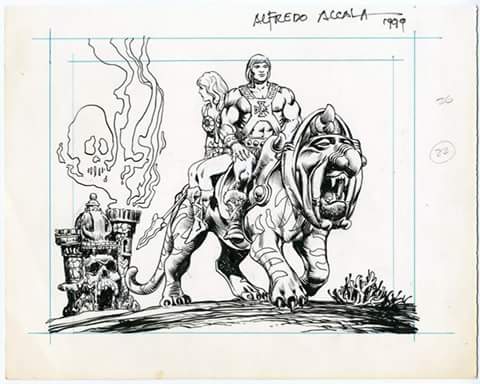
HE-MAN’S MOTHER
He-Man’s mother was very beautiful and a phenomenal athlete. She is part of the King’s harem alongside Skeletor’s mother. He-Man’s mother doesn’t know any magic, so when Skeletor’s mother wanted to kill her and her child, she made a deal with Man-At-Arms to take her baby and run away. She was killed during the fight with Skeletor’s mother.
SKELETOR

PRE-WELL OF SOULS
Skeletor used to be a handsome, normal looking human, just like He-Man. He plotted to take over the Castle from the king, but he was thrown in the the Well of Souls. In the Well the creatures and animals ripped all the skin off his face and make him aware of magic the hard way.
AFTER EMERGING FROM WELL OF SOULS
Once Skeletor got out of the Well of Souls, he was a deformed super-human, standing at 6’4” and weighing 290lbs. He had heightened senses, much like He-Man, but he also had an extra sense: he can detect the weakness in an opponent that he can use to his advantage.
In this new form, he had three toes and ridges protruding from his forearms. He has a skull for a face and glowing eyes. The eyes glow when he is angry (which is most of the time). As he emerged from the Well, he made a hood for himself to cover his glowing eyes and distinctive silhouette. This was made from the eyelid of a dragon that tried to kill him when he got out of the Well. His armor is tougher than steel, made from an armadillo monster that tried to defy him.
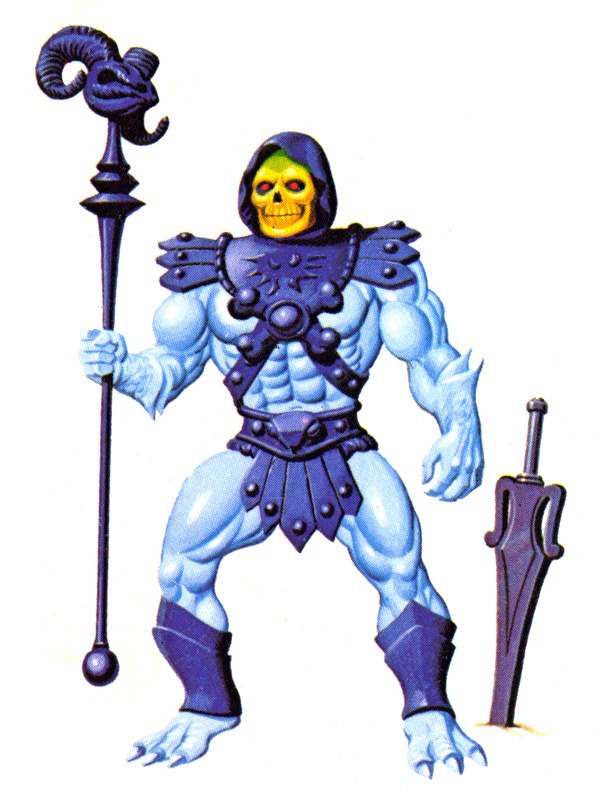
His intellect is unmeasurable, off the charts. But he is also the ultimate bipolar, going from quiet malevolence to towering rage, a rage that hinders his true intellect. Skeletor’s voice sounds like he is speaking from the bottom of a well. Skeletor never sleeps.
His plans always focus on the Castle. Destruction and inflicting pain are his joy, with self-titled “Lord of Destruction” as his moniker.
Skeletor used magic but He-Man never did. Skeletor could animate anything and go anywhere. In my mind that was one of the main differences between the main characters and their followers.
SKELETOR’S MOTHER
Skeletor’s mother is a sorceress who knows about magic and sorcery. She is a member of the King’s harem alongside He-Man’s mother. It was she, who used her magical abilities to furnish the cap on top of the Well of Souls for the King, so that all the monsters couldn’t get out, unless the King wanted them to. When Skeletor’s mother fought He-Man’s mother, she killed her.
Years after Skeletor had been thrown into the Well of Souls, the tribe was completely eliminated by a malevolent witch poisoner (Skeletor’s mother) who then helped him escape from the “Well” but when she saw what it had done to him she went insane and drank her own poison. (2006 interview)
“And him [Skeletor] and his mother decide to kill the king. They fail. The king captures them. And the king kills the mother and throws the boy into the Well of Souls.” (2018 Power of Grayskull documentary)
MAN-AT-ARMS
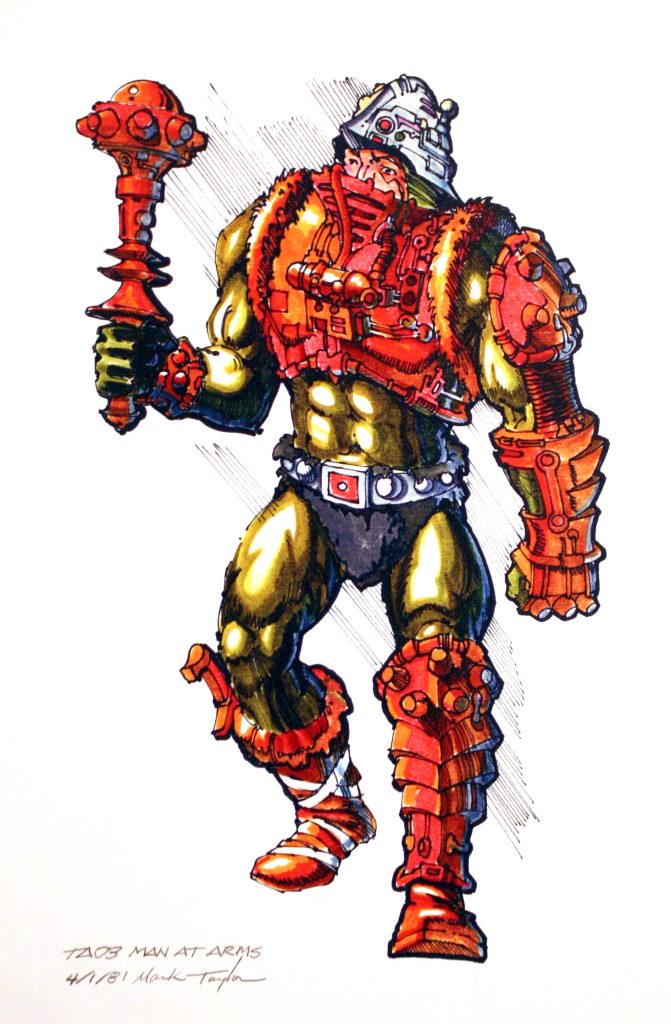
Man-At-Arms was the king’s champion at Grayskull. He was a very honorable man and was tired of the corruption he witnessed.
Man-At-Arms is the master of weapons. His father already was someone who would bring home technology and weapons that he found. When he was older, Man-At-Arms did the same thing. Man-At-Arms isn’t as tough as He-Man, which is why he uses his armor and weaponry. He is a match for Beast Man in combat situations, having a high degree of intelligence/sophistication, but no special strength.
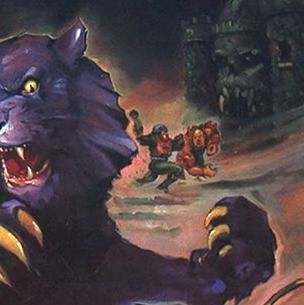
He took He-Man away as a child at his mother’s request, in order to stop a plot by Skeletor’s mother to kill He-Man. He ran with the baby through the Wasteland where He-Man grew incredibly strong. Man-At-Arms taught him all the battle techniques, both old and new.
[Man-At-Arms is based on the Spanish Conquistadors. With Star Wars being a popular thing, elements of high-tech were added onto Man-At-Arms’ armor.]
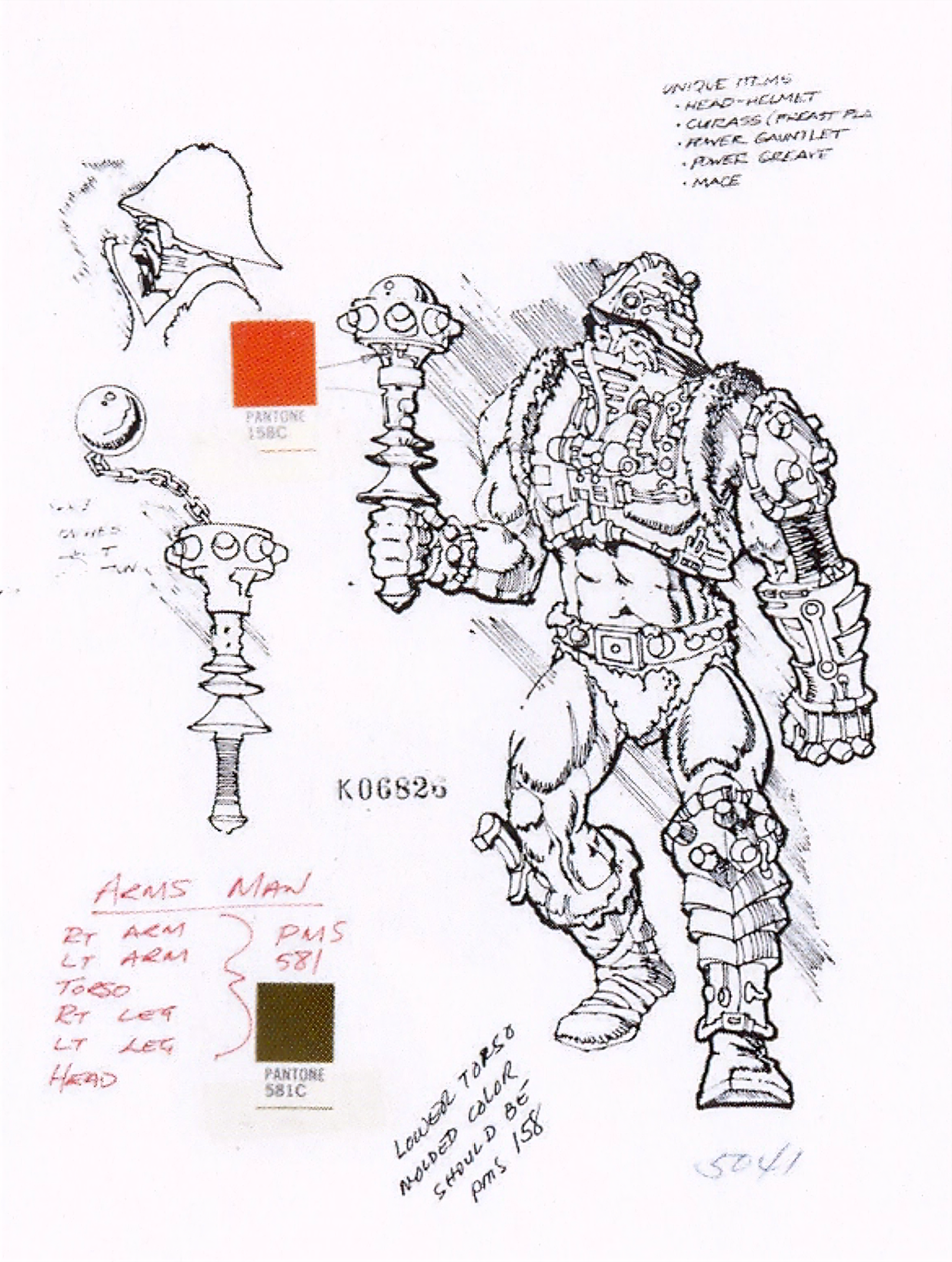
“I based it on the Spanish Conquistadors. I always wondered how those suckers had the nerve to do the things they did. They had to be ballsy beyond belief! Mattel’s marketing team was really on me to incorporate lots of technology, since Star Wars was still so popular. So I told them I could put high-tech gear on Man-At-Arms. I’d just read Piers Anthony’s classic science-fiction novel Sos the Rope, about a character who goes into a wasteland where a superior civilization had once lived. And he digs down and brings out their technology, which gives him a huge advantage over everyone else! So Man-At-Arms does that too.”
“…heroes can’t use magic! It weakens them, in a way. Villains, on the other hand, can use magic whenever they want a shortcut. It’s the Faust story, basically.”
[10 Things We Learned from Mark Taylor, the Designer of He-Man – The Robot’s Voice]
BEAST MAN
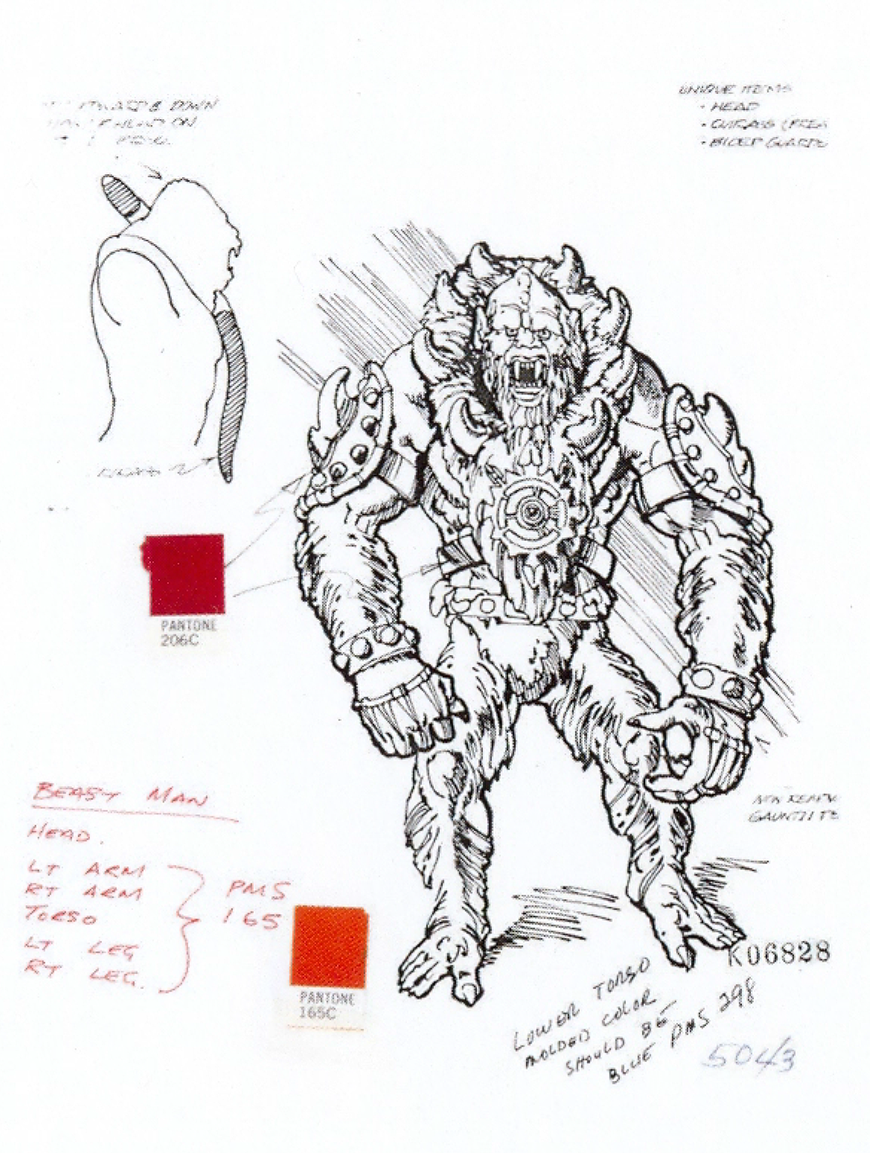
Beast Man was supposed to be the largest character by mass at least. Beast Man in Taylor’s conception didn’t have the power to control or talk to animals. He was more of a pit fighter and berserker. His back story was that he had been used as a fighter for entertainment in a gladiator ring. His armor was something he acquired to prevent fighters from jumping on top of him. His whip was taken from a captor who was trying to whip him. Beast Man was a berserker who couldn’t wait to fight anyone or anything.
Beast Man isn’t pure human – his DNA was altered/mutated by whatever happened to the world in the distant past, and it moved his chromosomes over a couple of steps. Beast Man is low on intelligence and high on strength. He’s evenly matched with Man-At-Arms, who is low on strength and high on intelligence.
TEELA

He-Man and his allies don’t generally use magic. The only one that does use magic to some extent is Teela. Because of that, He-Man would never accept her as a true ally. She was always on the outside.
Despite that, He-Man was romantically interested in Teela, but he couldn’t show it – any weakness at this critical moment in history would give the evil forces an opportunity to use her against him. He-Man also doesn’t fully trust Teela because she dabbles in magic, and He-Man having history that his mother was killed by a sorceress type woman.
Teela didn’t give her allegiance blindly. She could hold Skeletor off for a while with magic, although she wasn’t as powerful as him. She could communicate with animals. She wasn’t evil, but she was in it for her own purposes. Her origins were mysterious, and she didn’t come into the world in a natural way.
SORCERESS
[later known as Goddess thanks to DC Comics]

Originally the Sorceress was going to be a changeling according to Taylor.
She was intended to be like a spy and play both sides with some magic but the “professionals” felt that was too complex.
Mark has also said that, though initially “bad”, he had the idea that Sorceress could at times team up with either Skeletor or He-Man.
ZODAC

aka Sensor
Zodac was originally good, as noted in Mark Taylor’s b-sheet art and text:
“Sensor: Man of the the future scientifically heightened senses, knowledge & weapons. Acts in support role to He-Man and as a foil to Tee-La’s mystic nature.“
“Zodac was all about flying. He was the air wing. I was influenced by Flash Gordon and the flying Vikings.” -Mark Taylor
Zodac has a lot of mystery. He’s not a bounty hunter as stated in some marketing materials. He doesn’t side with either He-Man or Skeletor completely. He wants to get into Castle Grayskull for his own reasons. He believes that the castle is a weapon that could tip the balance either way, and he wants to be able to control that weapon. He’s more familiar with mysterious technology and would understand how to use it. He’s not completely human – he may be a descendant of the people who constructed Castle Grayskull around the giant’s skull. At times he betrays He-Man and Skeletor.
MER-MAN
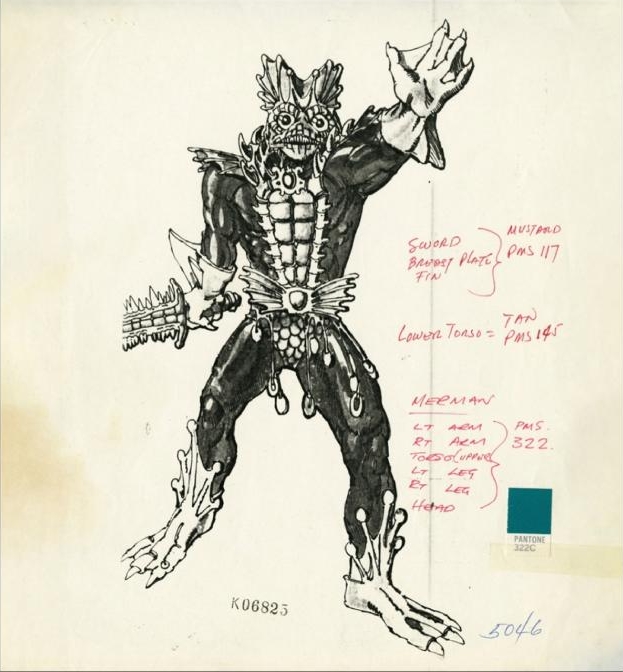
Mer-Man was a prince in his respective kingdom. He was supposed to be evil [note: early Mattel documents indicated that Mer-Man was grouped with the heroes at one point – it’s possible that someone other than Mark made that designation]. Mer-Man had a rivalry with Stratos. Rather than Mer-Man shooting freezing water from his sword (in the Don Glut minicomics), Mer-Man would have had some kind of jellyfish sting associated with his sword.
Mer-Man could stay on land indefinitely, but he was at his best underwater, and could best even He-Man in that environment. Mer-Man was also very stealthy. In Taylor’s vision Mer-Man was Skeletor’s first recruit. Mer-Man also had the power to control sea animals.
Mer-Man would have had his own underwater playset, and there would have been more opportunity for underwater adventures. The playset/castle, like Castle Grayskull, would have grown over time with additional add-ons.
[According to Mark, both Stratos and Mer-Man were always the last two that kids picked to play with from the original lineup of toys that were tested.]
“Mer-Man tested the lowest. Tony Guerrero the great sculptor and I chased the negative child test comments until we finally realized the marketeers were just messing with us and then we went with what we had. Mer-Man was the weakest but people who like him really like him (I based him on Bernie Wrightson’s Swamp Thing).”
STRATOS
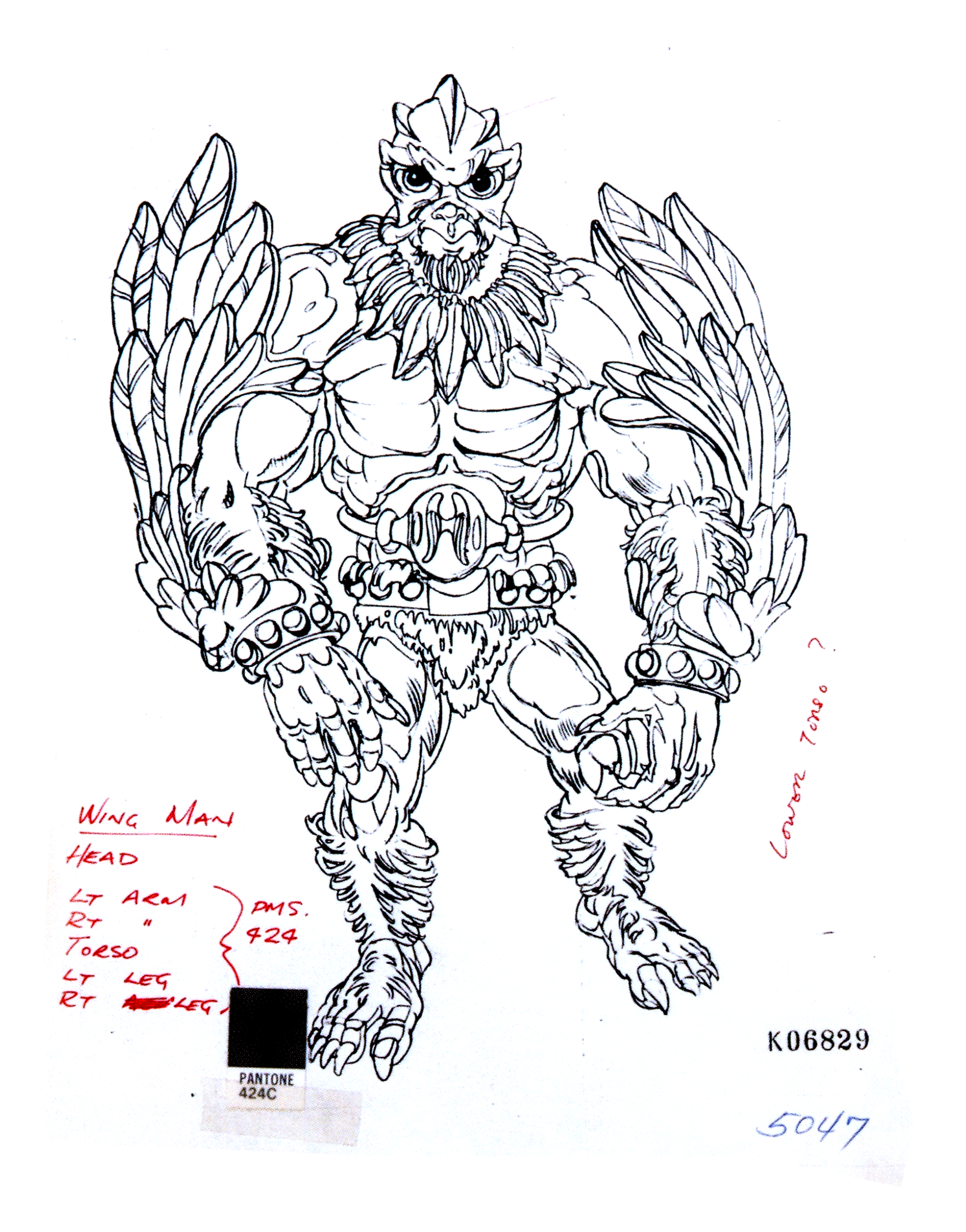
aka Wing Man aka Bird Man aka Avatar*
Stratos was a prince in his respective kingdom.
[*Avatar is name that Stratos is referred in the 2006 audio-interview. Concept-artworks show working names like “Wing Man” and “Bird Man” only.]
Stratos would have been a prince of a mountainous kingdom, and would have had his own castle that would have been a playset. [Although Stratos was listed as evil in one or two of the early Mattel documents, in Mark’s mind Stratos was always heroic.]
Stratos had the ability to shoot a beam from his wrist. His primary power was flight, which was really defensive in a fight. The beam allowed him to hold off Skeletor for a while.
Stratos comes from a race of mountain-dwelling people who had evolved with specialized equipment and abilities for flight and for surviving very cold temperatures. Mark didn’t see this civilization as being highly technologically advanced, except for the fact that they had developed flight. Stratos had excellent vision, like an eagle or a hawk.
WIND RAIDER
In the beginning the Wind Raider would have been something that Stratos found and used, but it became associated with Man-At-Arms because production on Stratos was delayed.
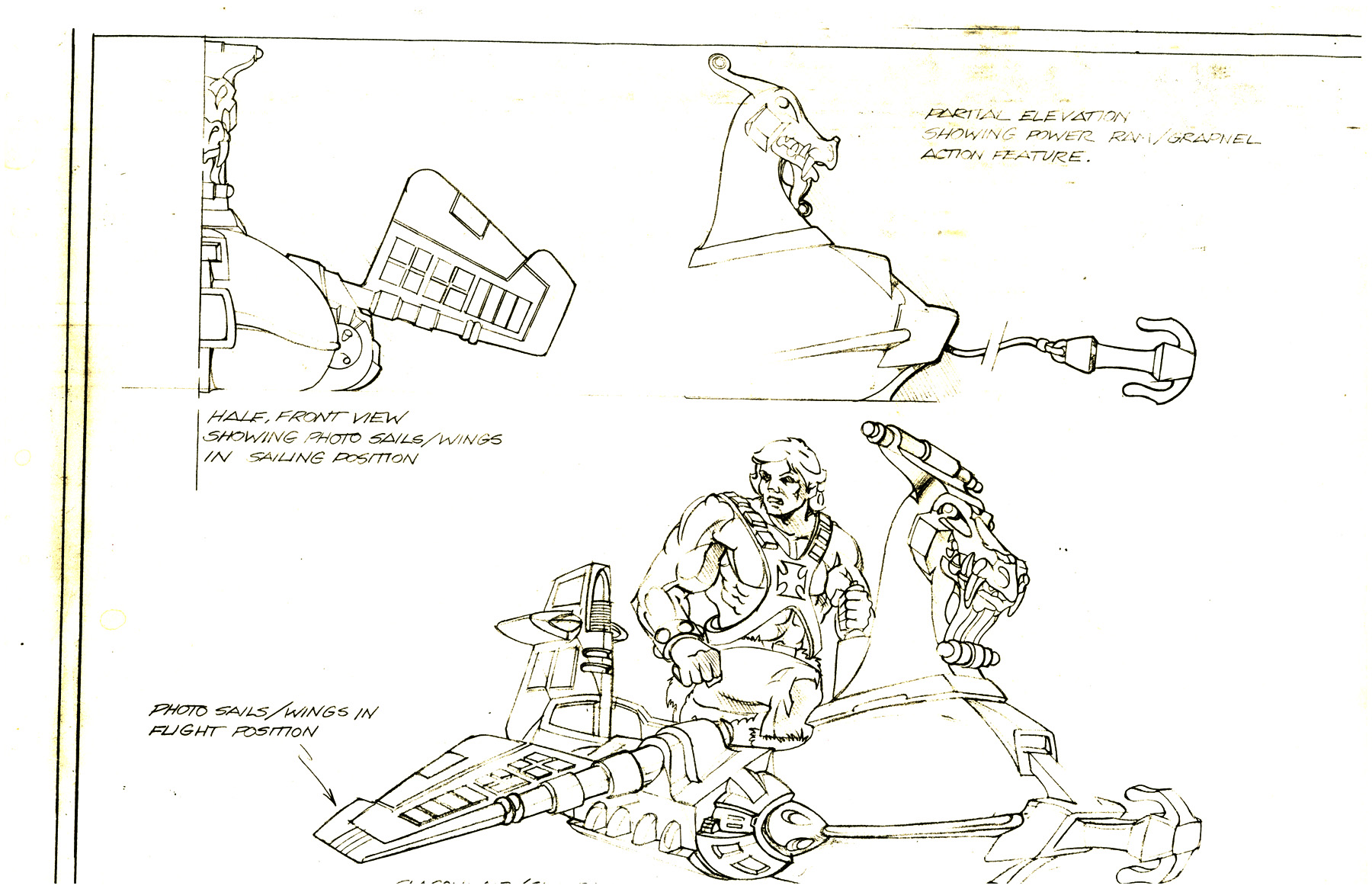
[The Wind Raider was actually intended to work as both a boat and an aircraft. Although the final vehicle design was done by Ted Mayer, Mark Taylor did some early drawings that described some of the vehicle’s features. For instance, when on the water, the wings would rotate up and act as “photo sails”. The anchor is described as a “power ram/grapnel.” The dragon design bears strong resemblance to a Viking ship’s figurehead.
BATTLE RAM
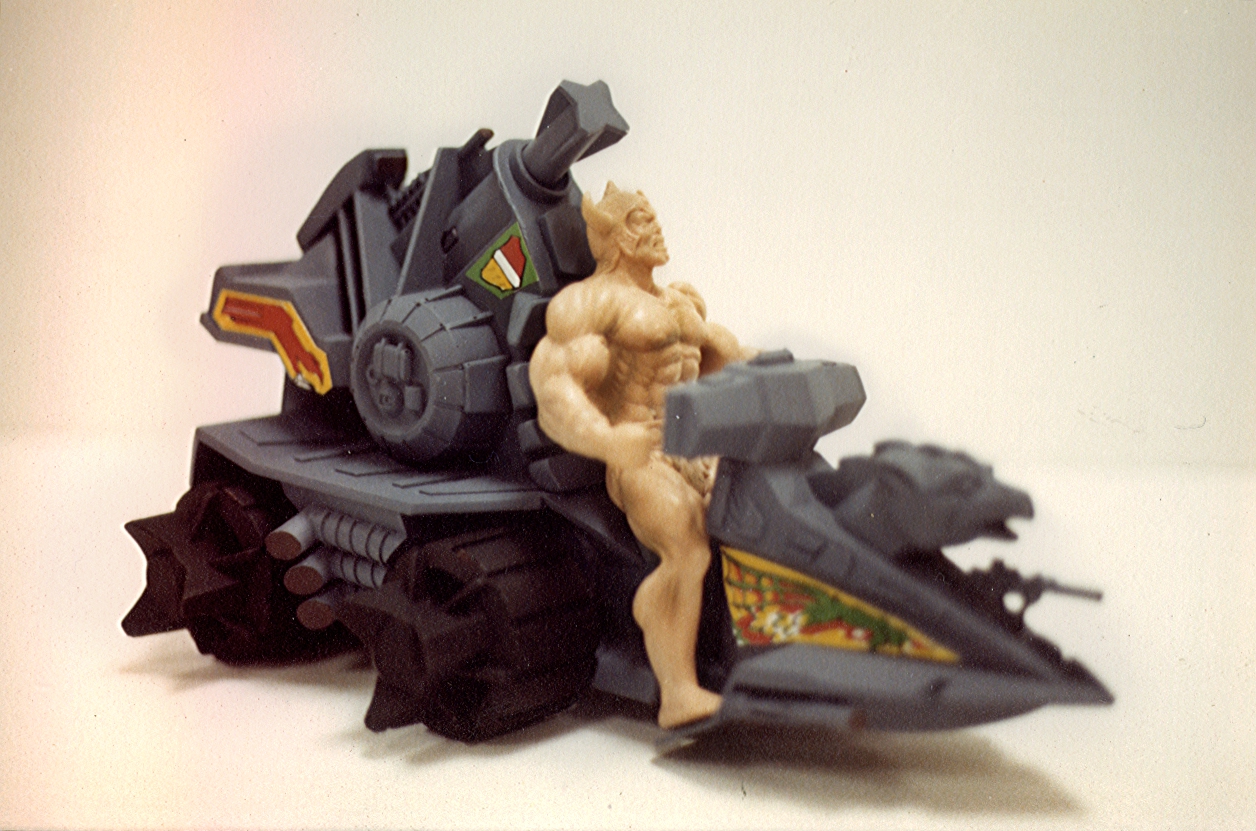
He-Man found the Battle Ram parked in a cave. He had to try to find out how to work it, and he had assistance in that from Man-At-Arms. It’s a powerful device and it helps differentiate him from a medieval knight.
The front portion of the Battle Ram can hover over the ground, perhaps a foot and a half high. It can only travel for short distances. In order to go long distances, it must be ported with the rear half of the vehicle. It wasn’t necessarily a hovercraft – the source of its ability to hover was mysterious and inexplicable. It could be used as a battering ram as well. [in Mark’s canon, the Battle Ram doesn’t have the ability to teleport, unlike what was represented in minicomics].
MAN-E-FACES & RAM MAN
Battle Ram Blog: Did you have an origin story in mind when you designed Man-E-Faces? How about Ram Man?
Mark Taylor: Yes, but no one was interested, they wanted to ship it out immediately to animators and movie producers, you know “professionals”. I designed him to have a different and interesting feature besides a twist waist. All the answers to my original story are in clues in Castle Grayskull, where they should be like a puzzle.
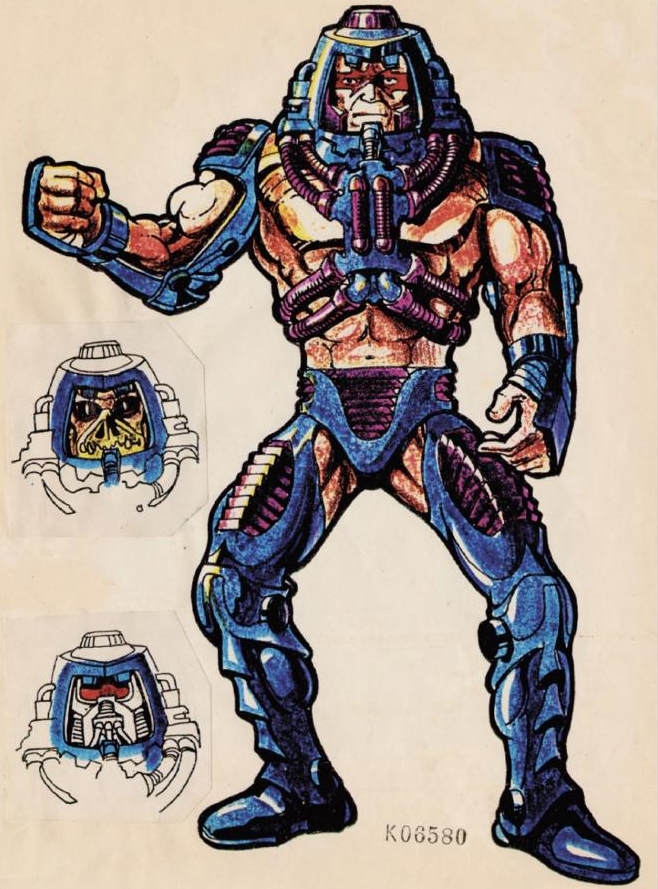
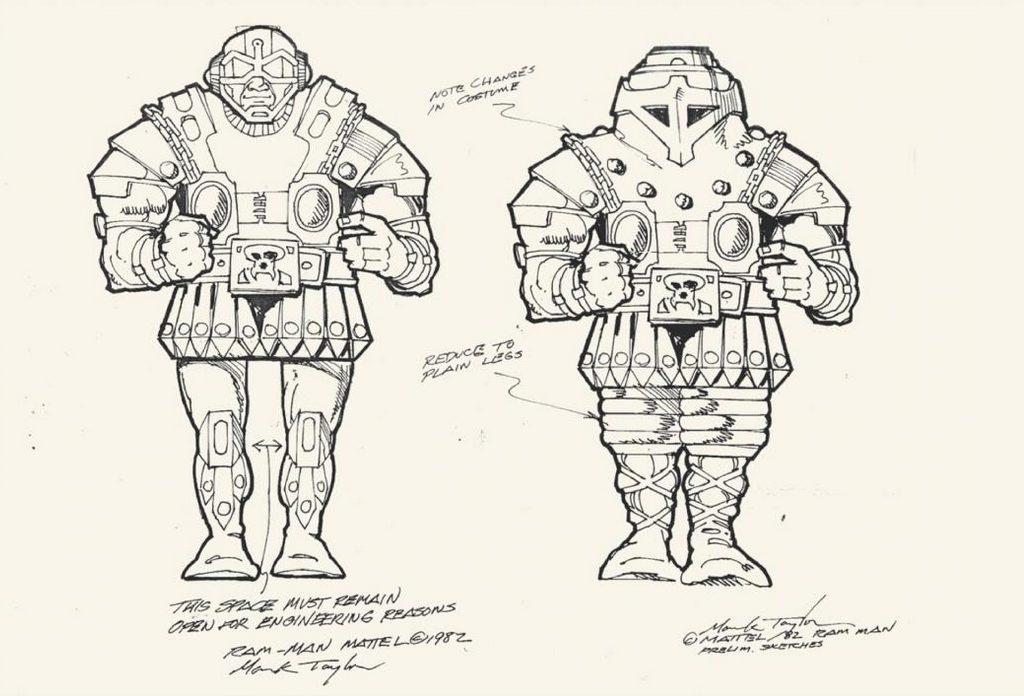
We hope everyone enjoyed this piece. It was a lot of fun digging through many audio-files, interviews and video panels to discover the earliest story aspects from Mark Taylor himself.
We are grateful for the various interviewers who took the time to reach out to Mark and Rebecca over the years. We are especially grateful to Mark and Rebecca for always being willing to talk to fans about He-Man. Mark was a true visionary who will continue to be missed by all of his many fans. Happy 40th anniversary He-Man and the Masters of the Universe!

SOURCES:
♦ Mark Taylor’s written answers (Nov 14th, 2007) to Matt Joswiak’s questions, located at: http://s7.zetaboards.com/The_Dubious_Zone/topic/424452/2/ [accessed via WaybackMachine]
♦ “The Power of Grayskull – The Definitive He-Man Documentary” [2018] + Kickstarter backer extra interviews [2018]
♦ Audio interviews with Mark Taylor by ‘Akikage’ aka Matt Joswiak [2006]
♦ 10 Things We Learned From Mark Taylor, the Designer of He-Man [Topless Robot]
♦ “The Toys That Made Us – episode 03” [2017 Netflix]
♦ Dejan Dimitrovski – Guest post [Battleram Blog] “Mark Taylor’s Castle Grayskull – Introduction”
♦ Battleram Blog – “Mark & Rebecca Taylor on the origins of He-Man”
♦ Battleram Blog – “Wind Raider: Assault Lander”
♦ Battleram Blog – “Sorceress: Heroic Guardian of Castle Grayskull”

